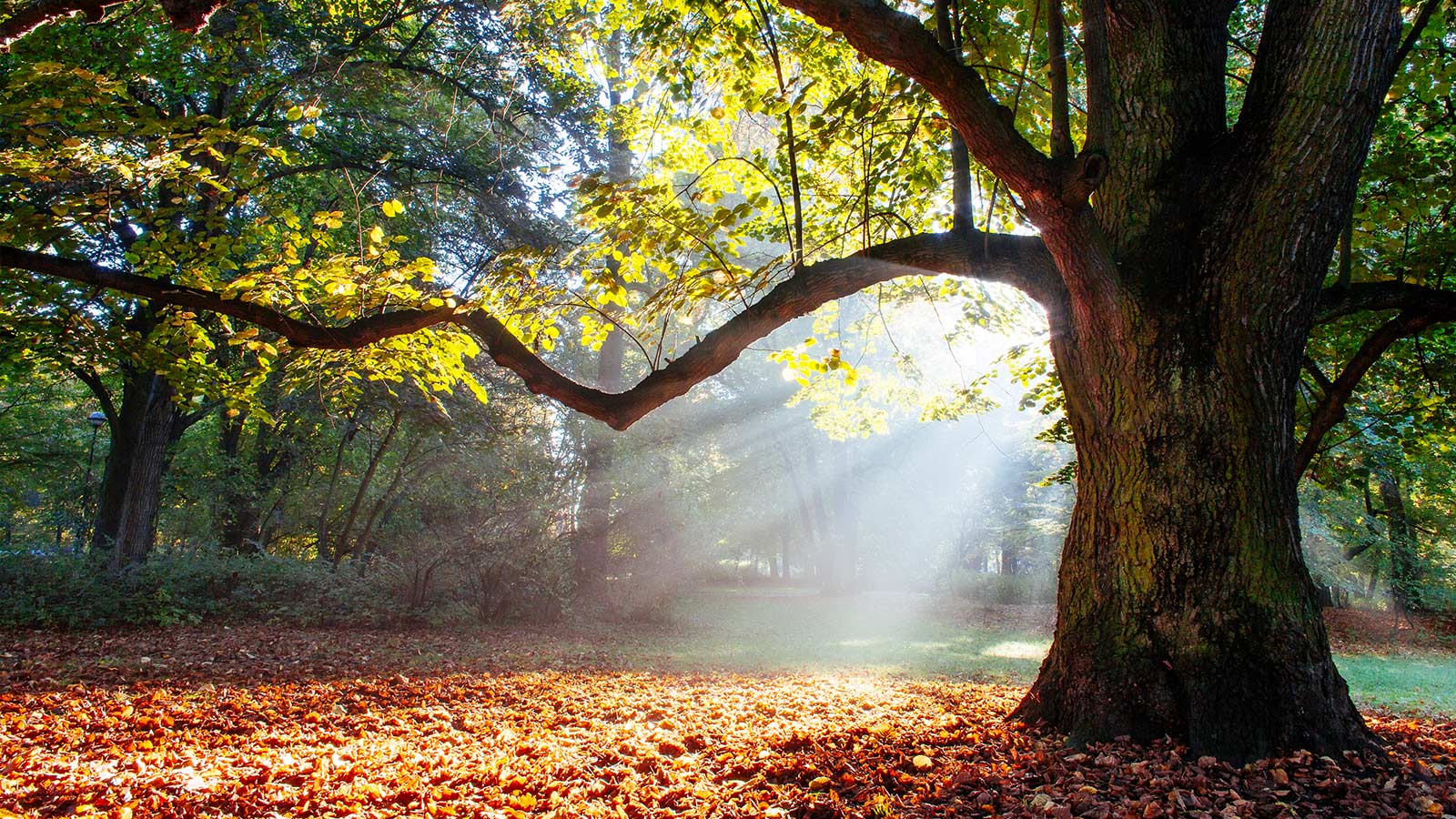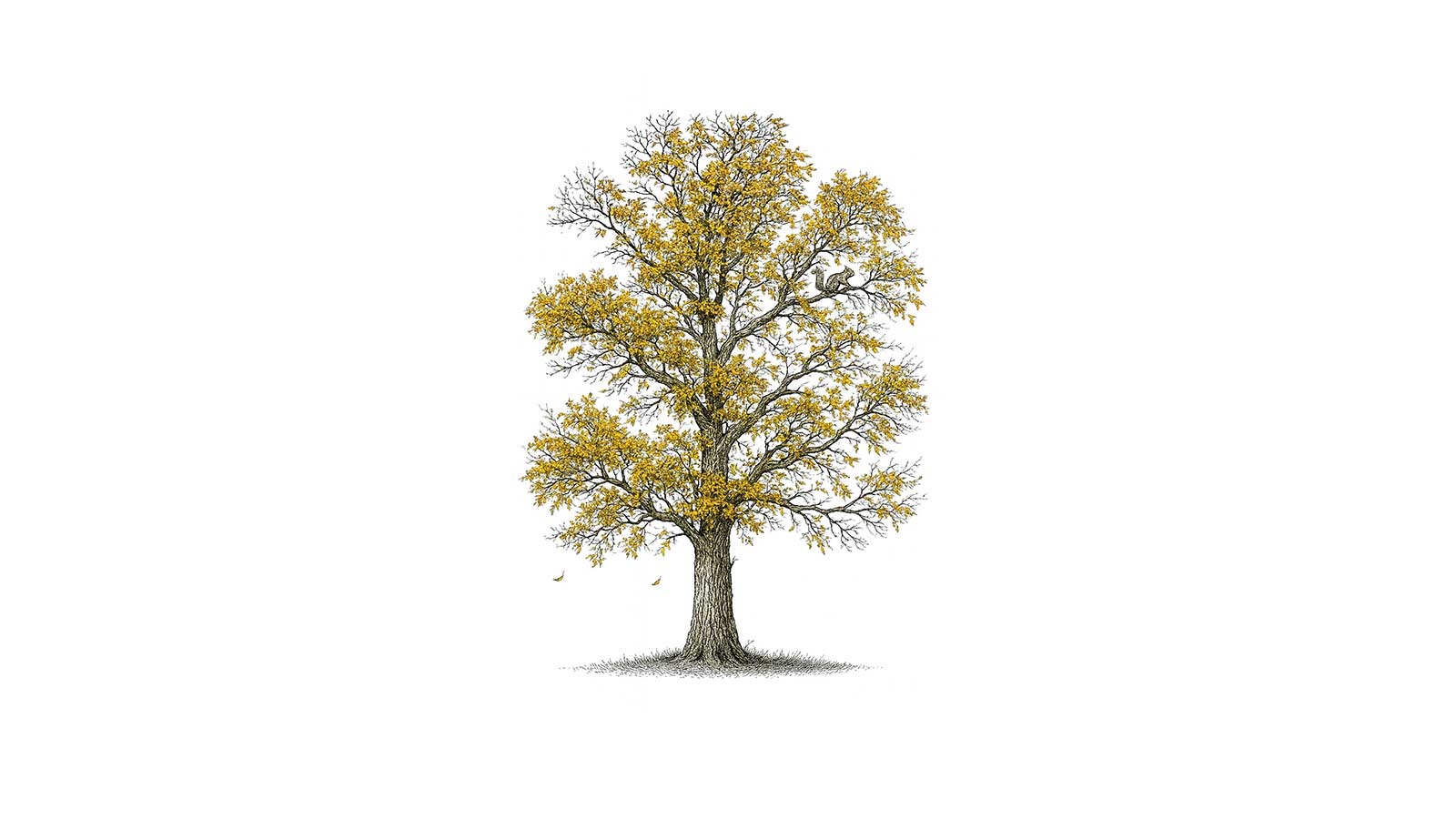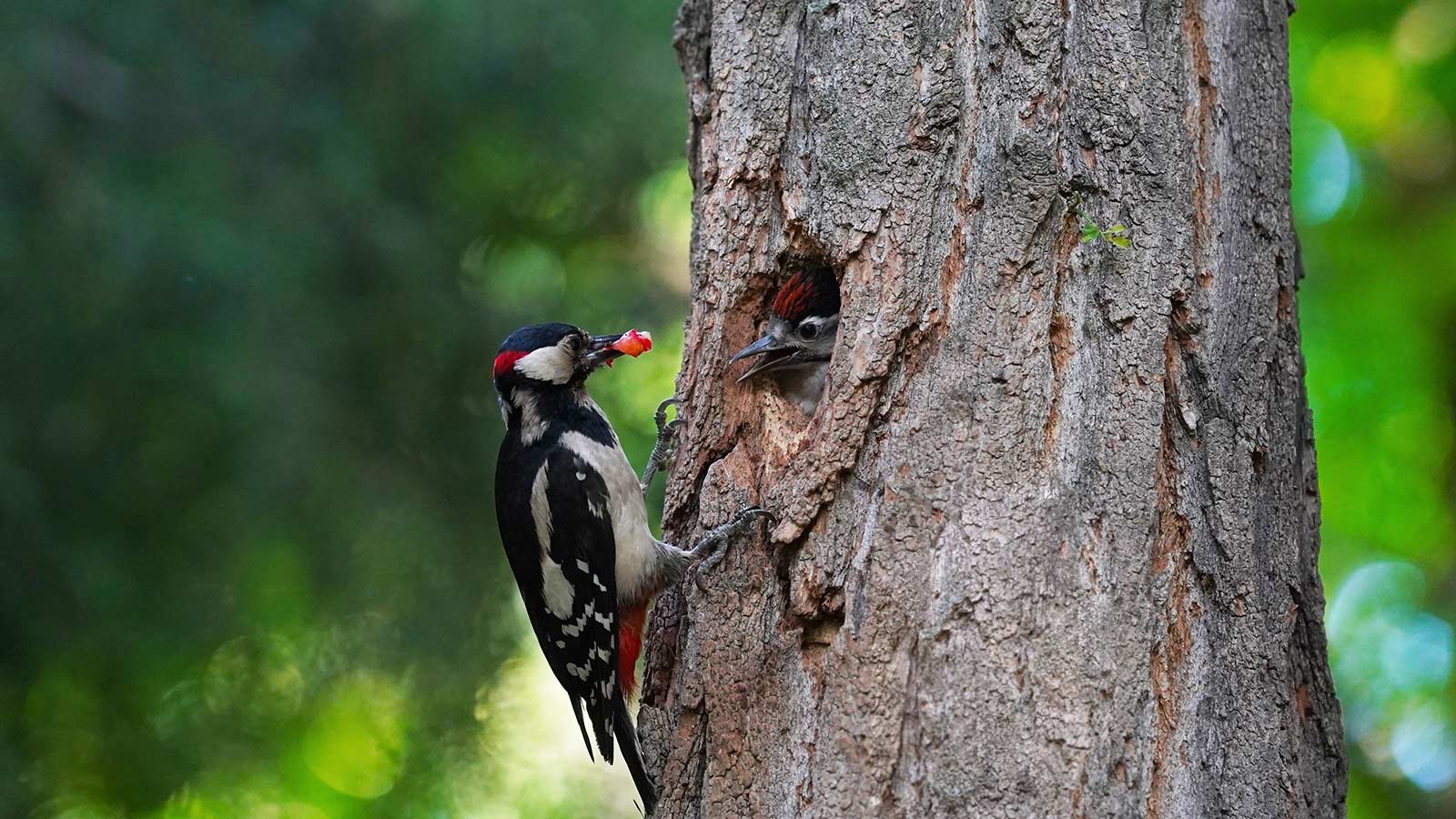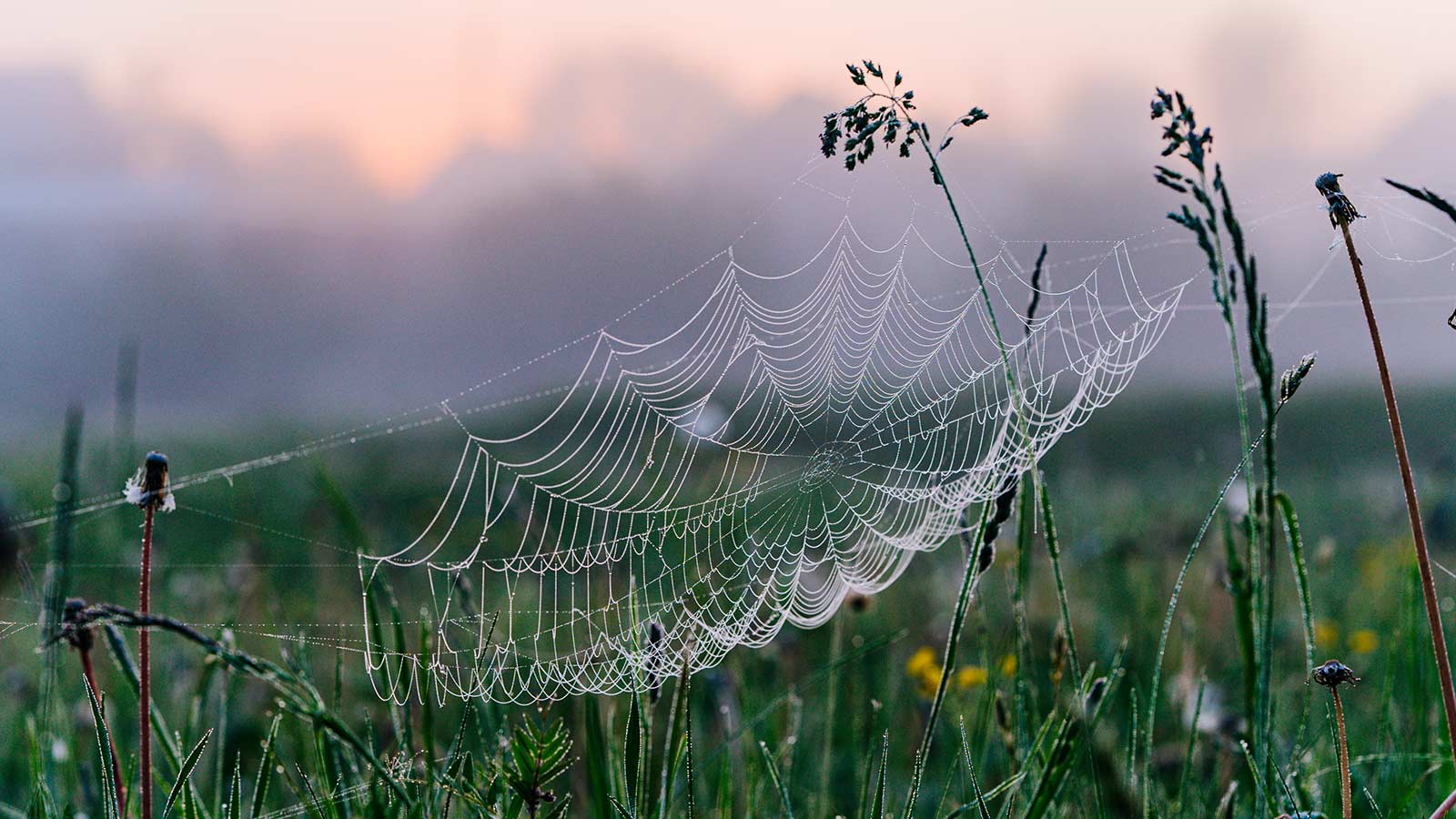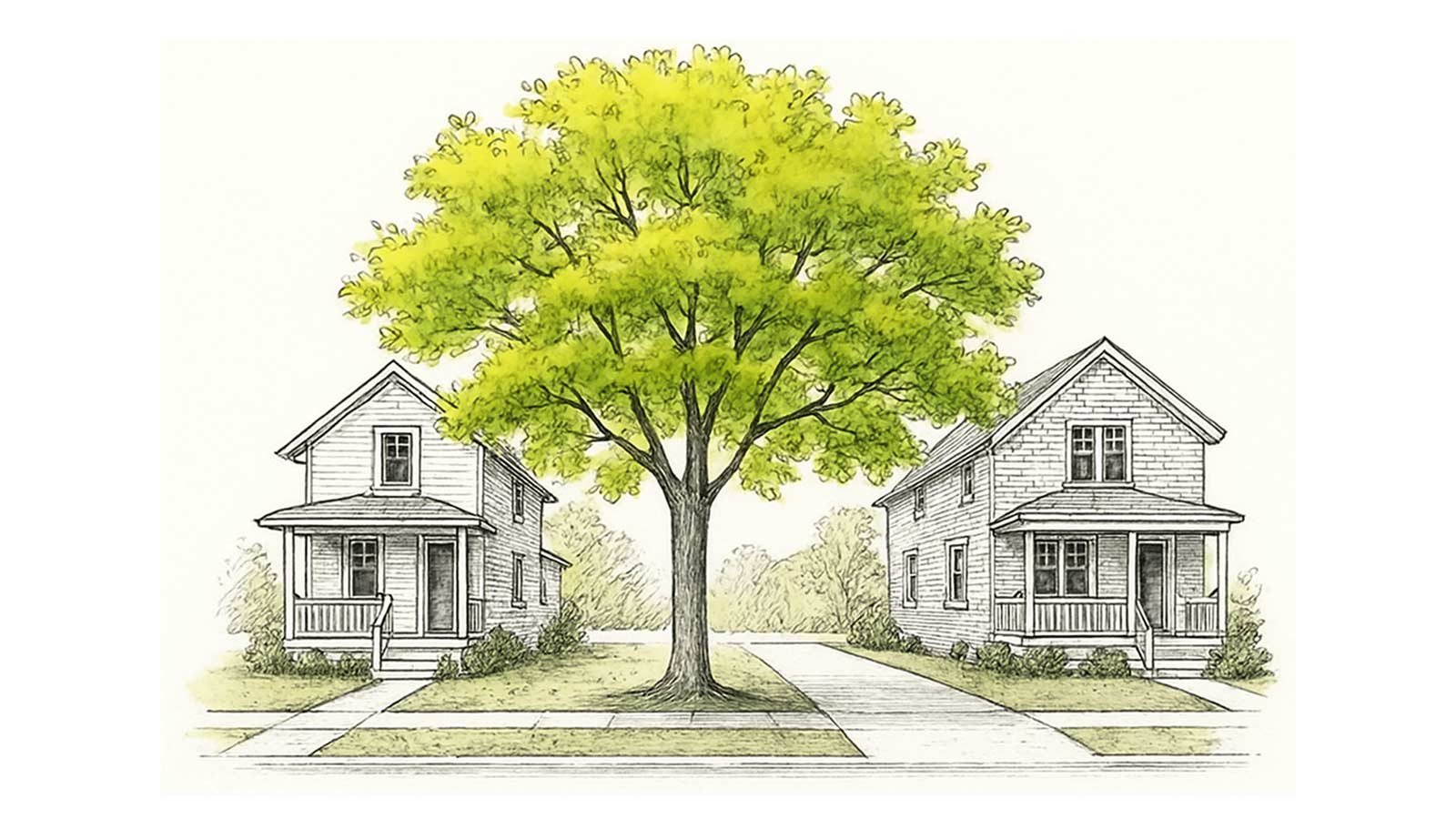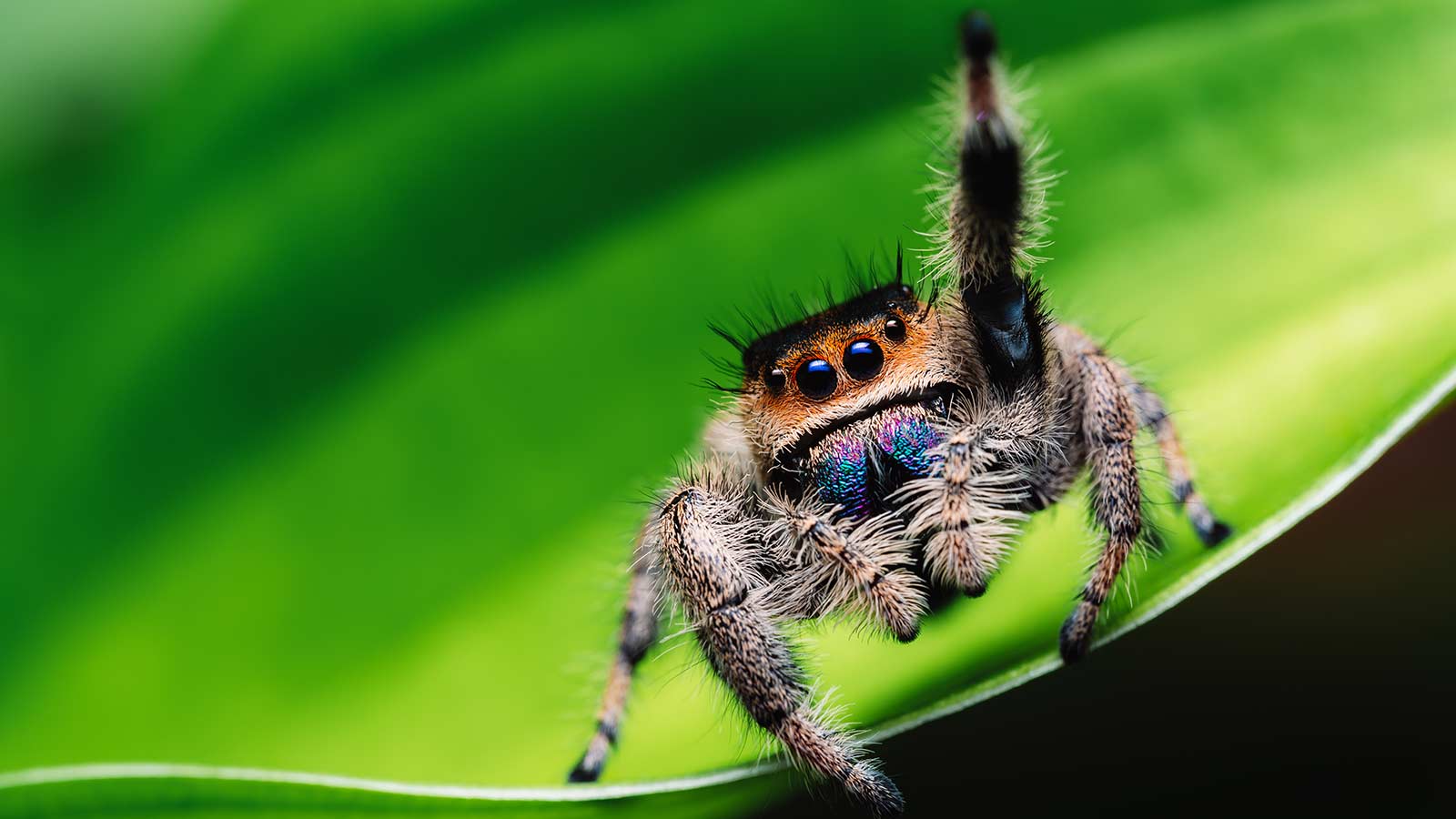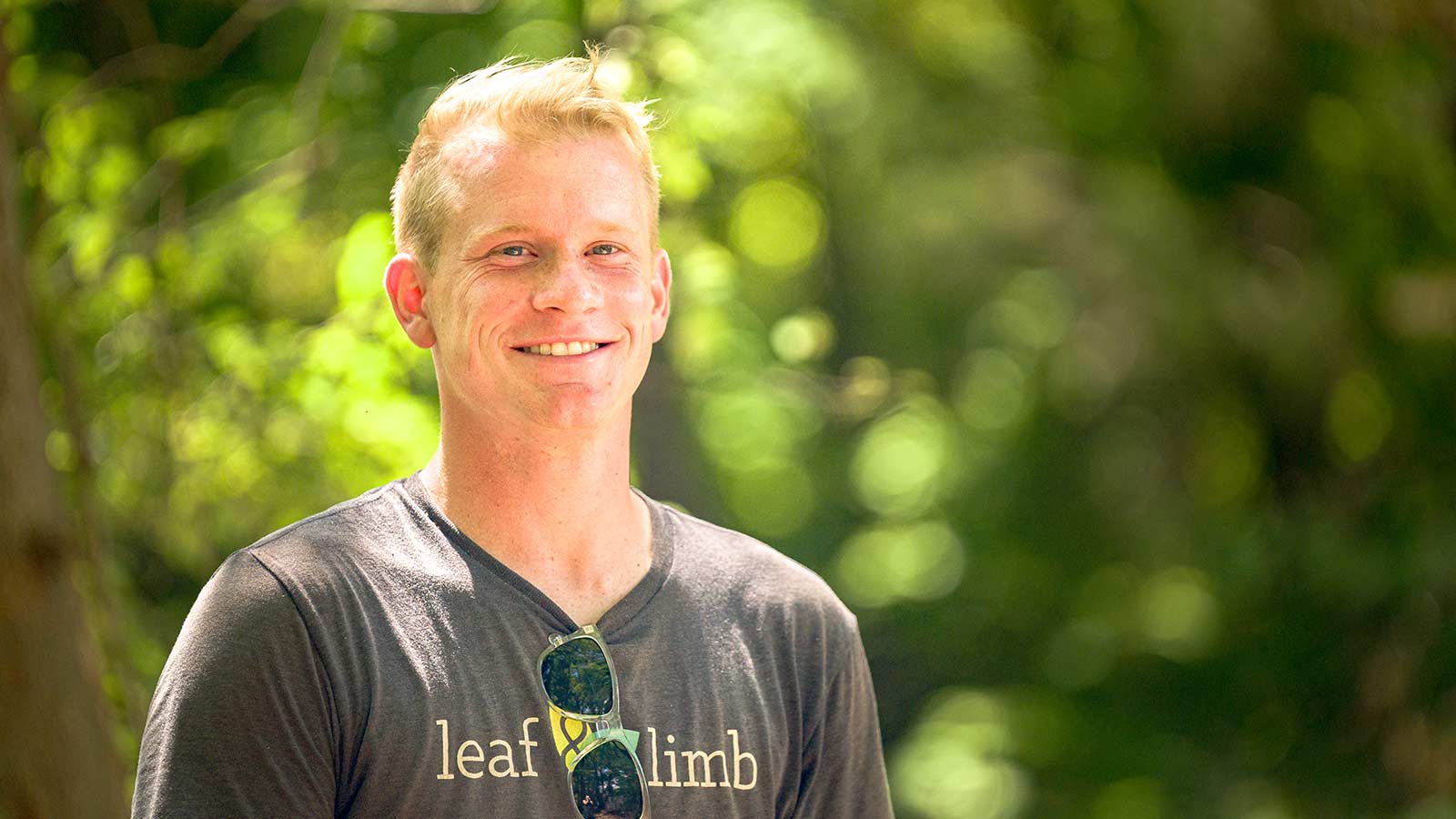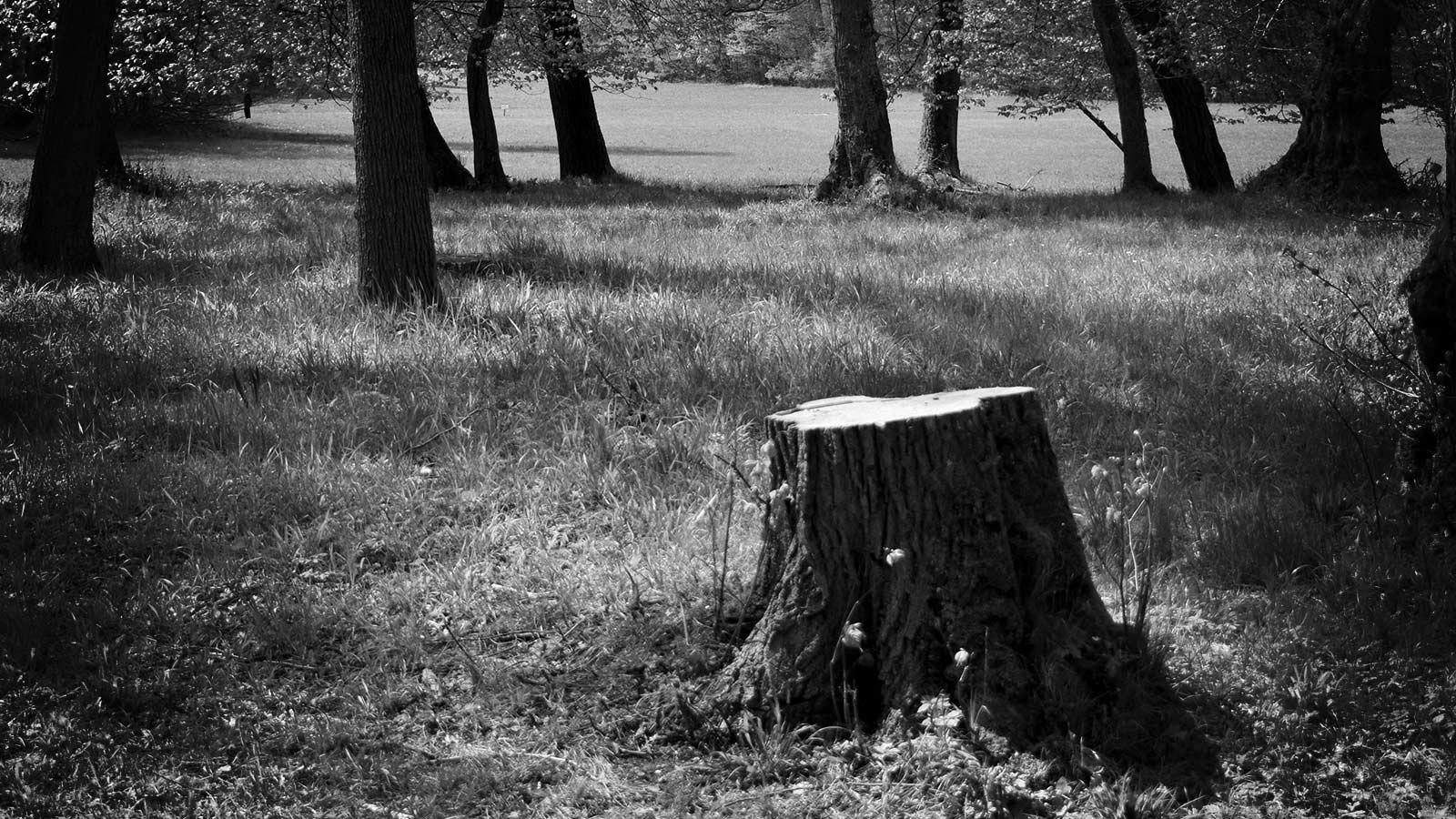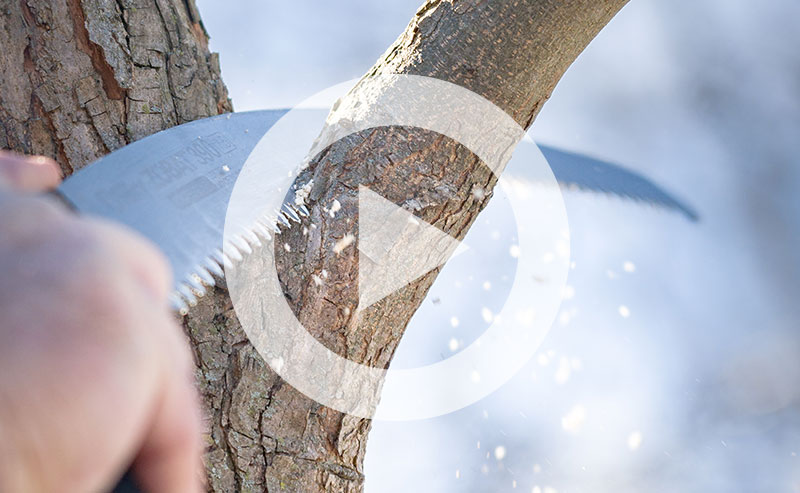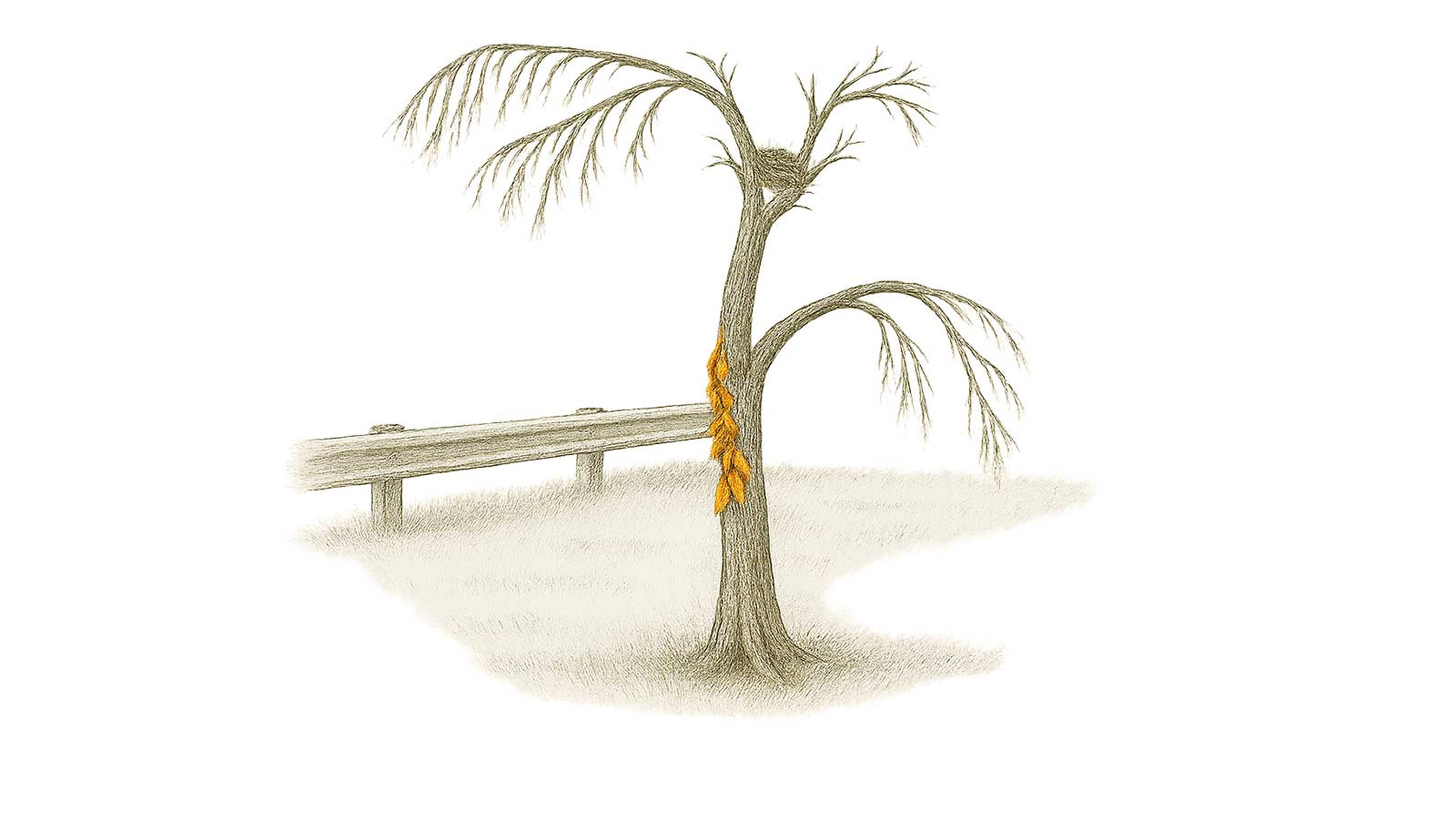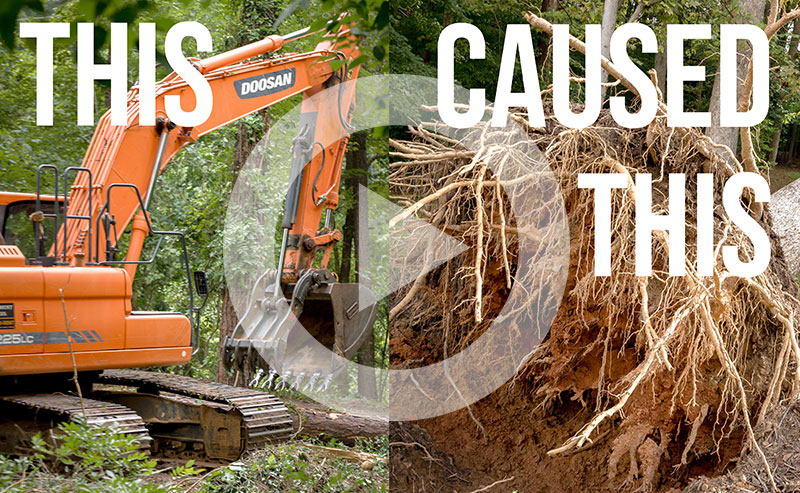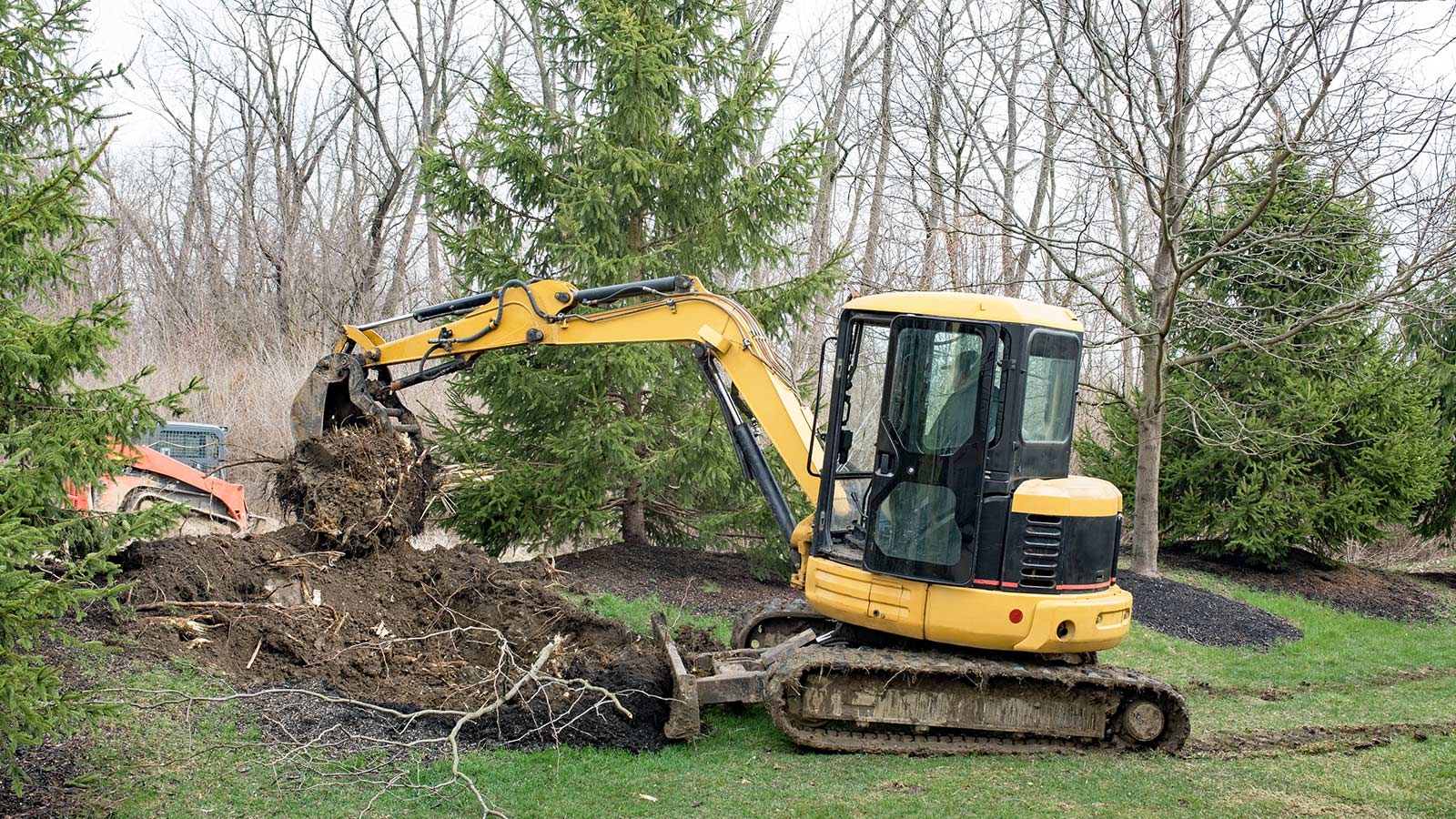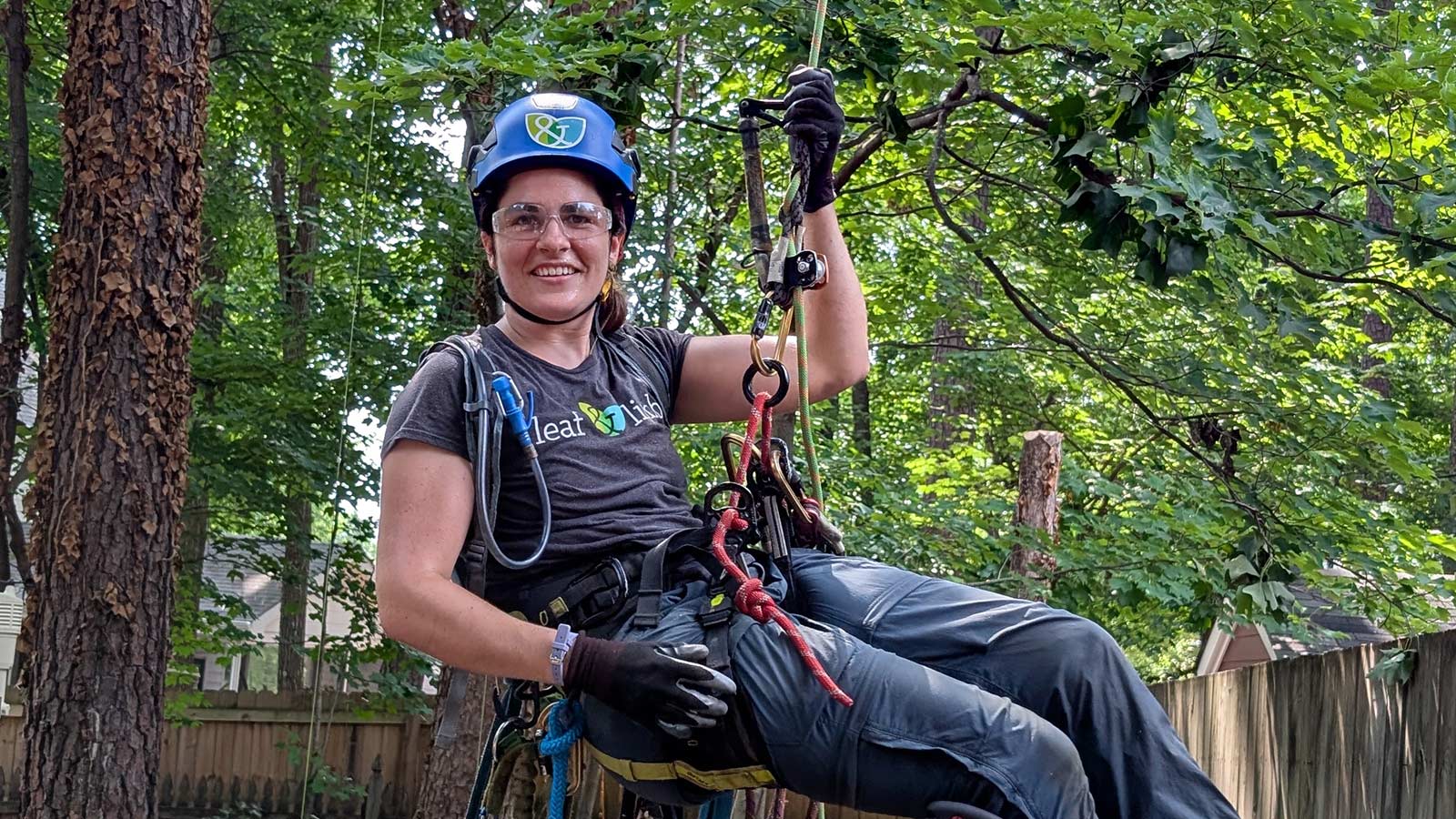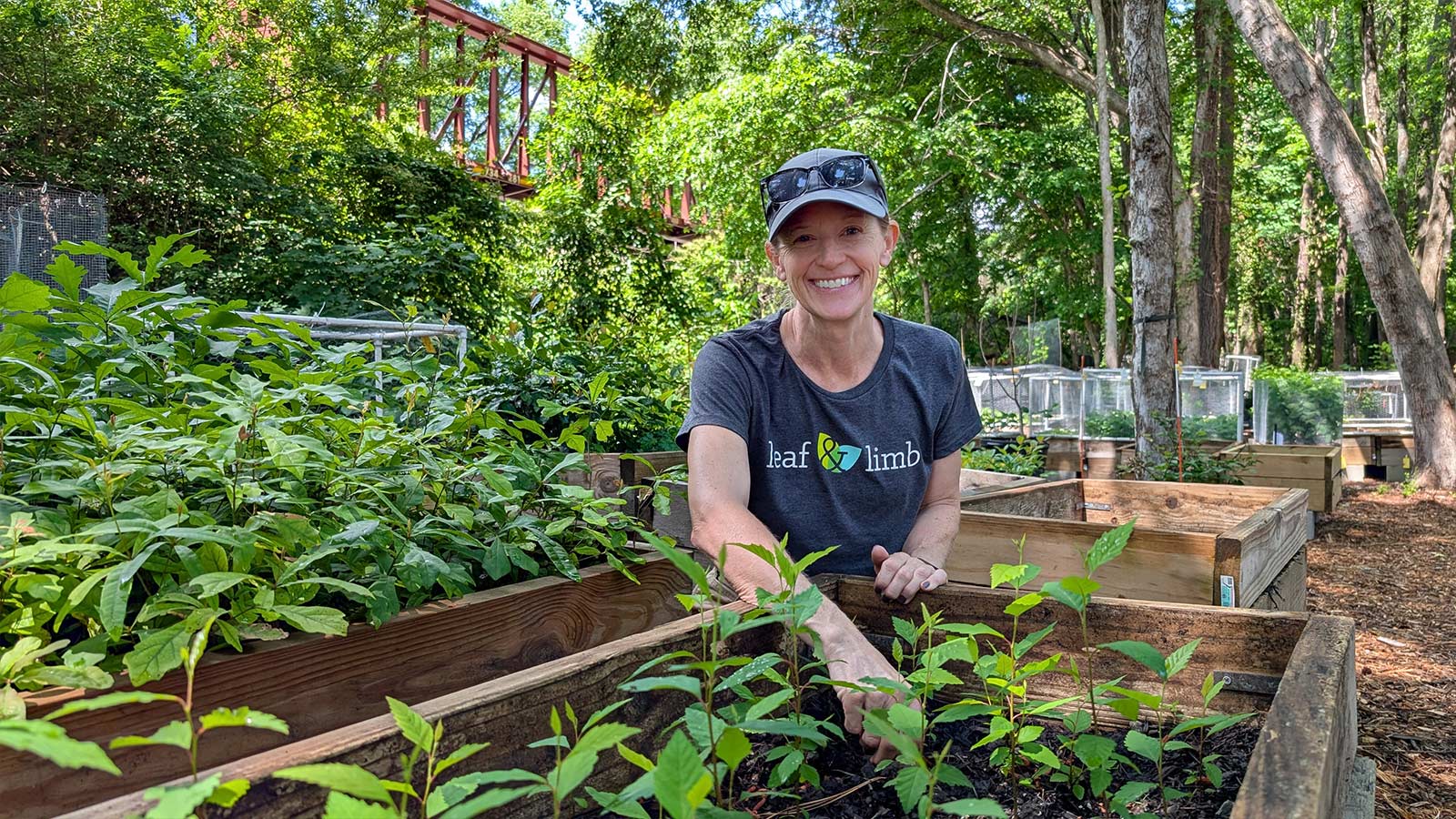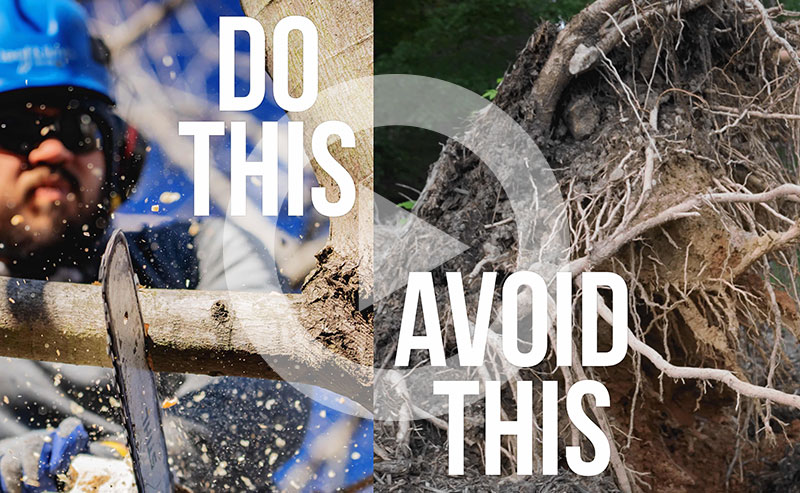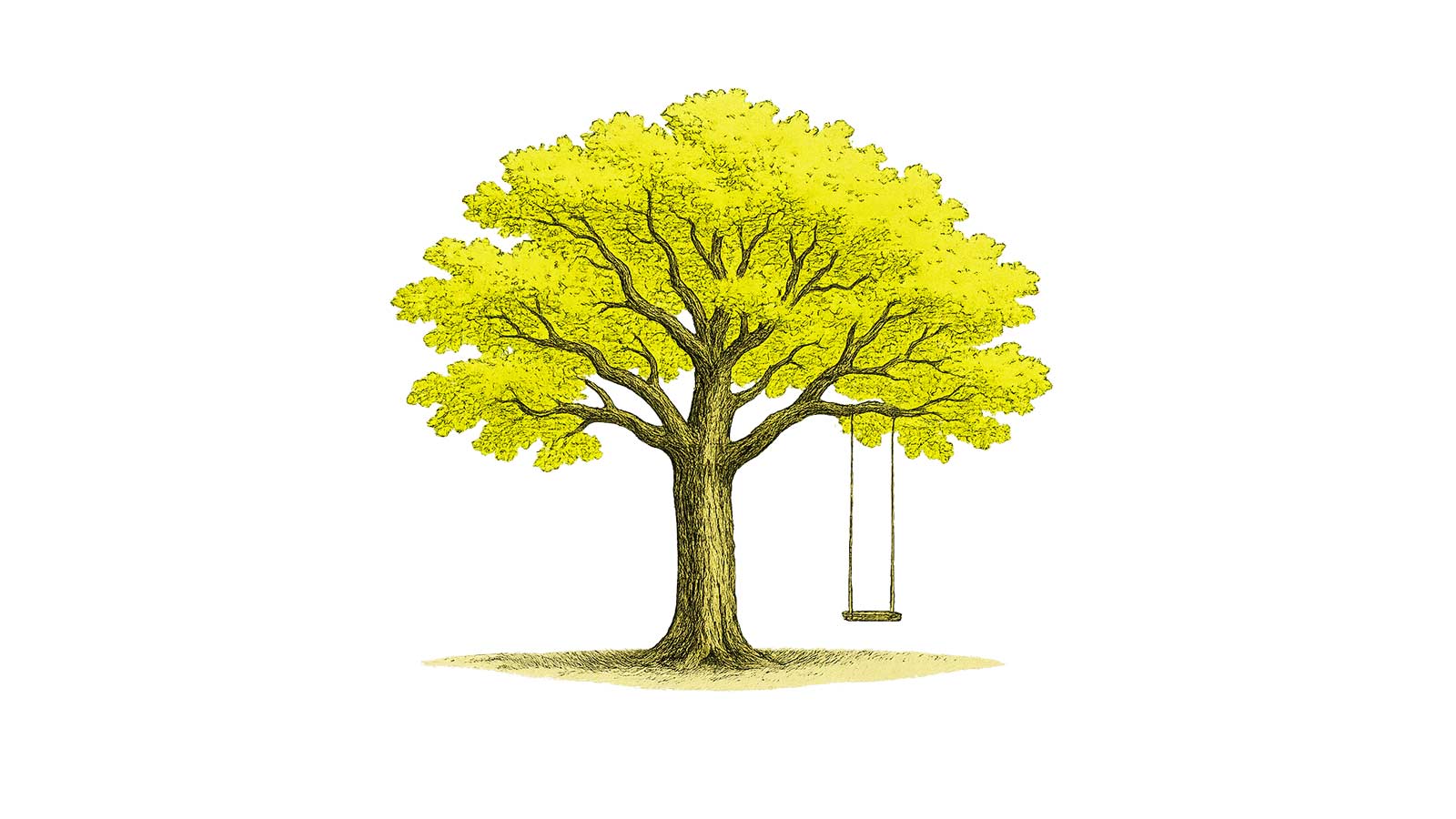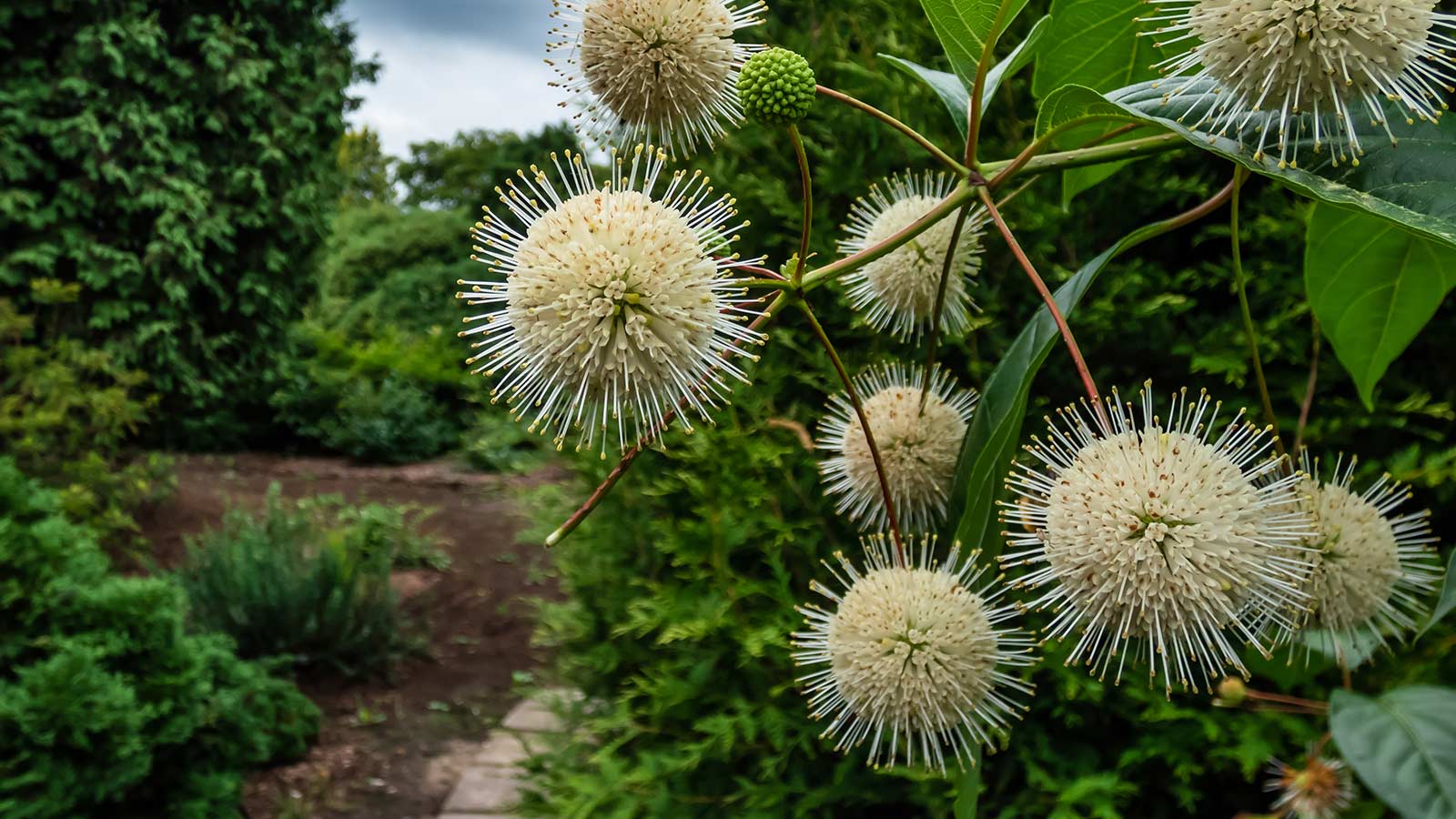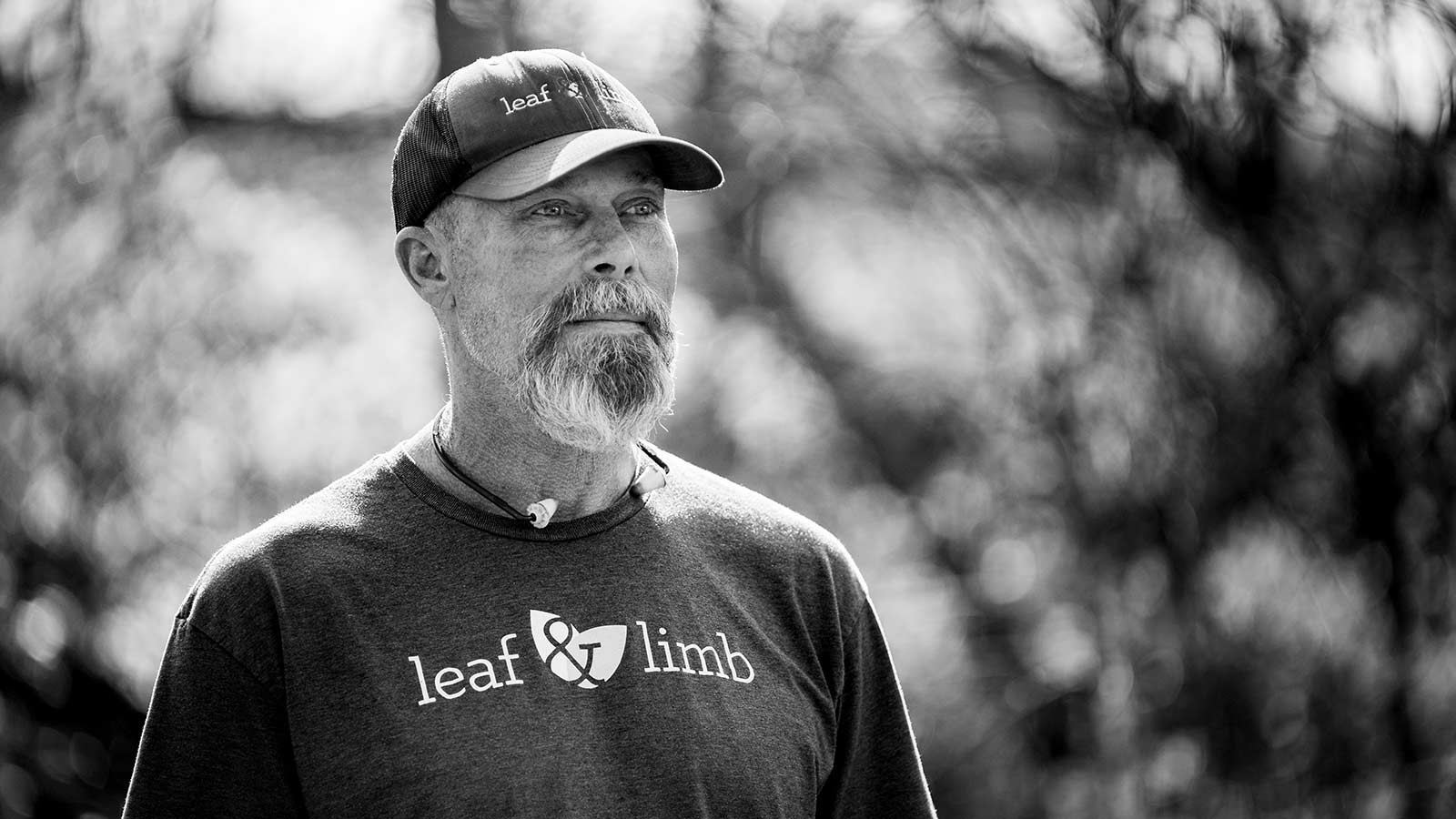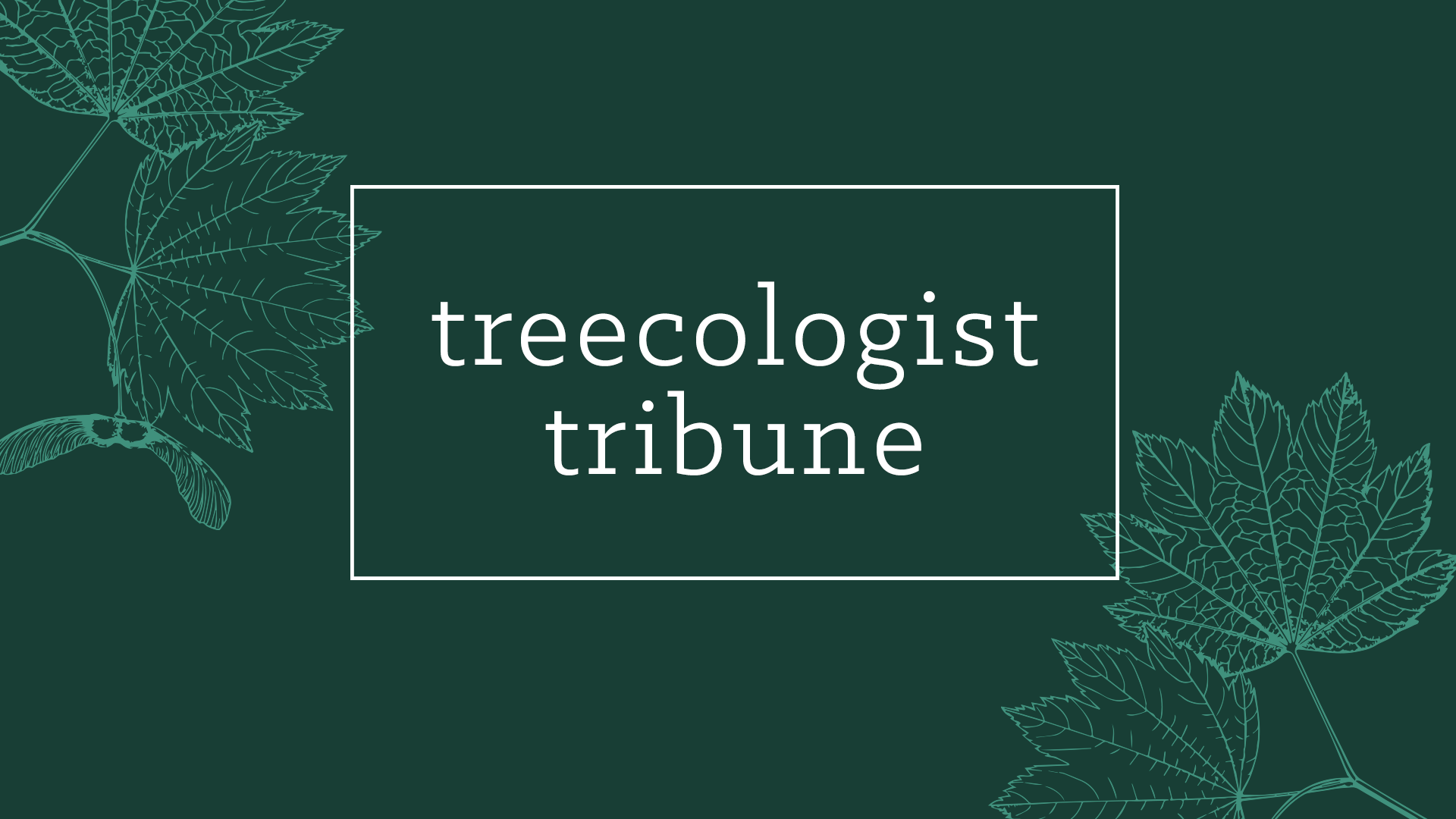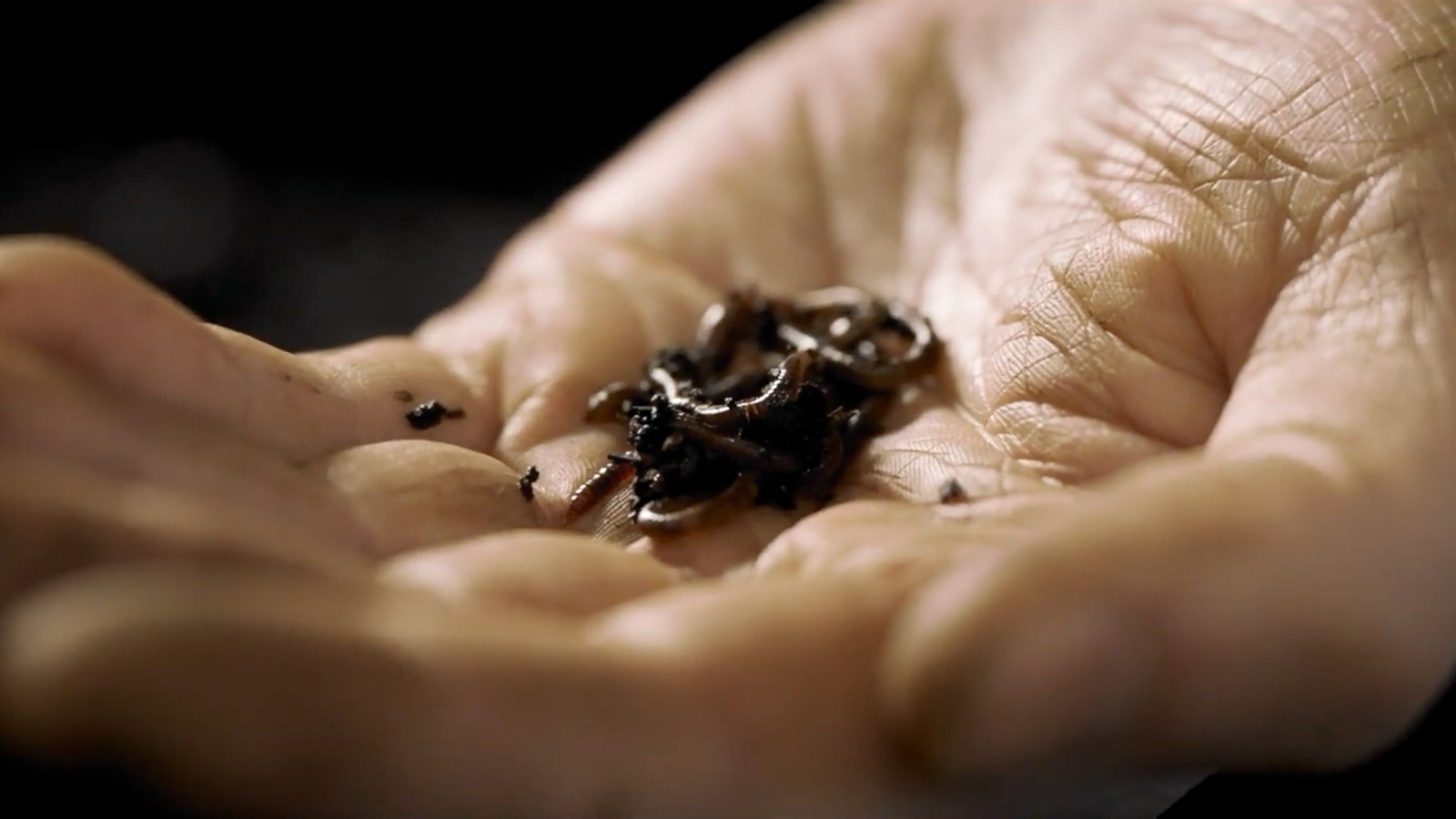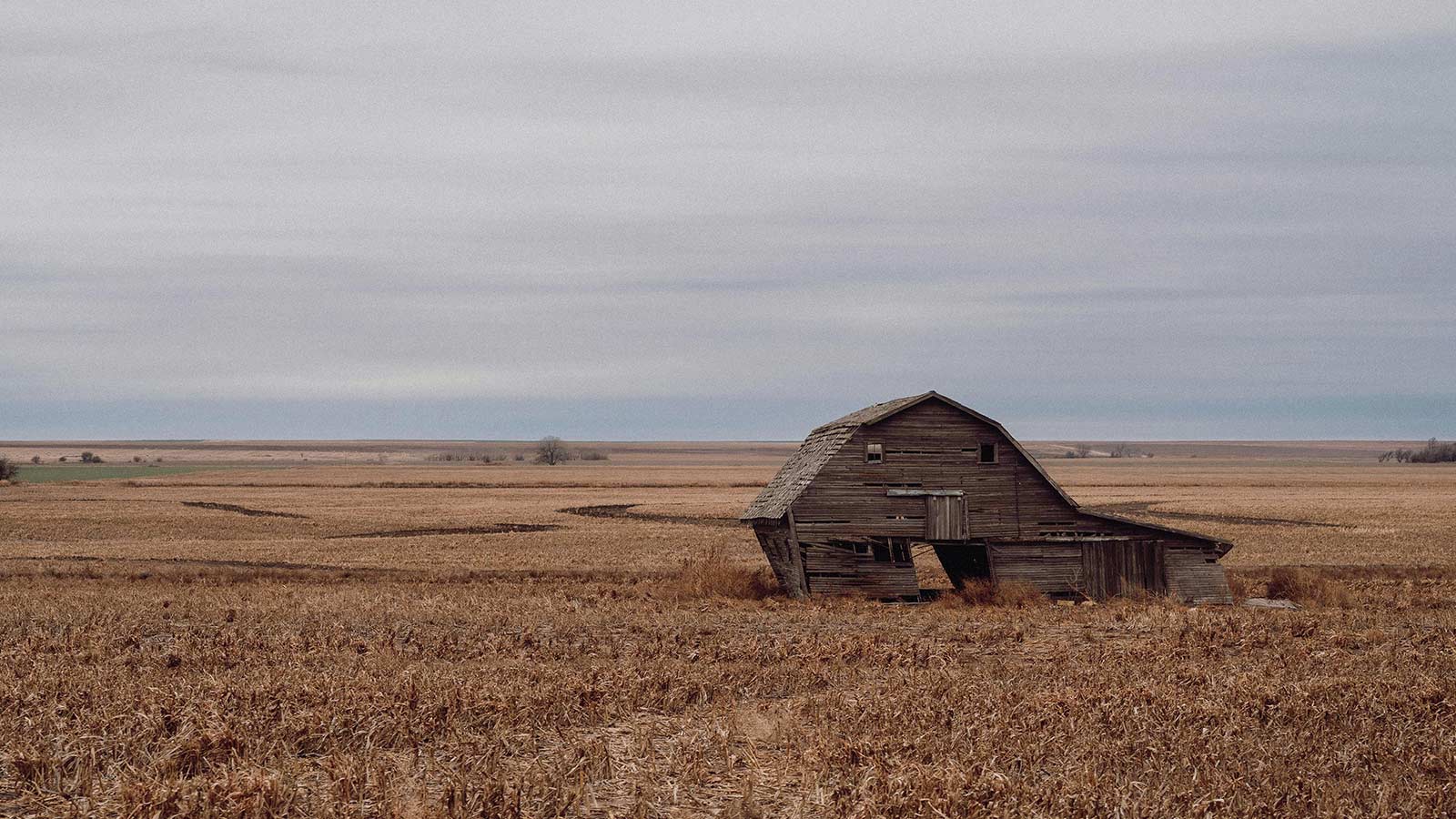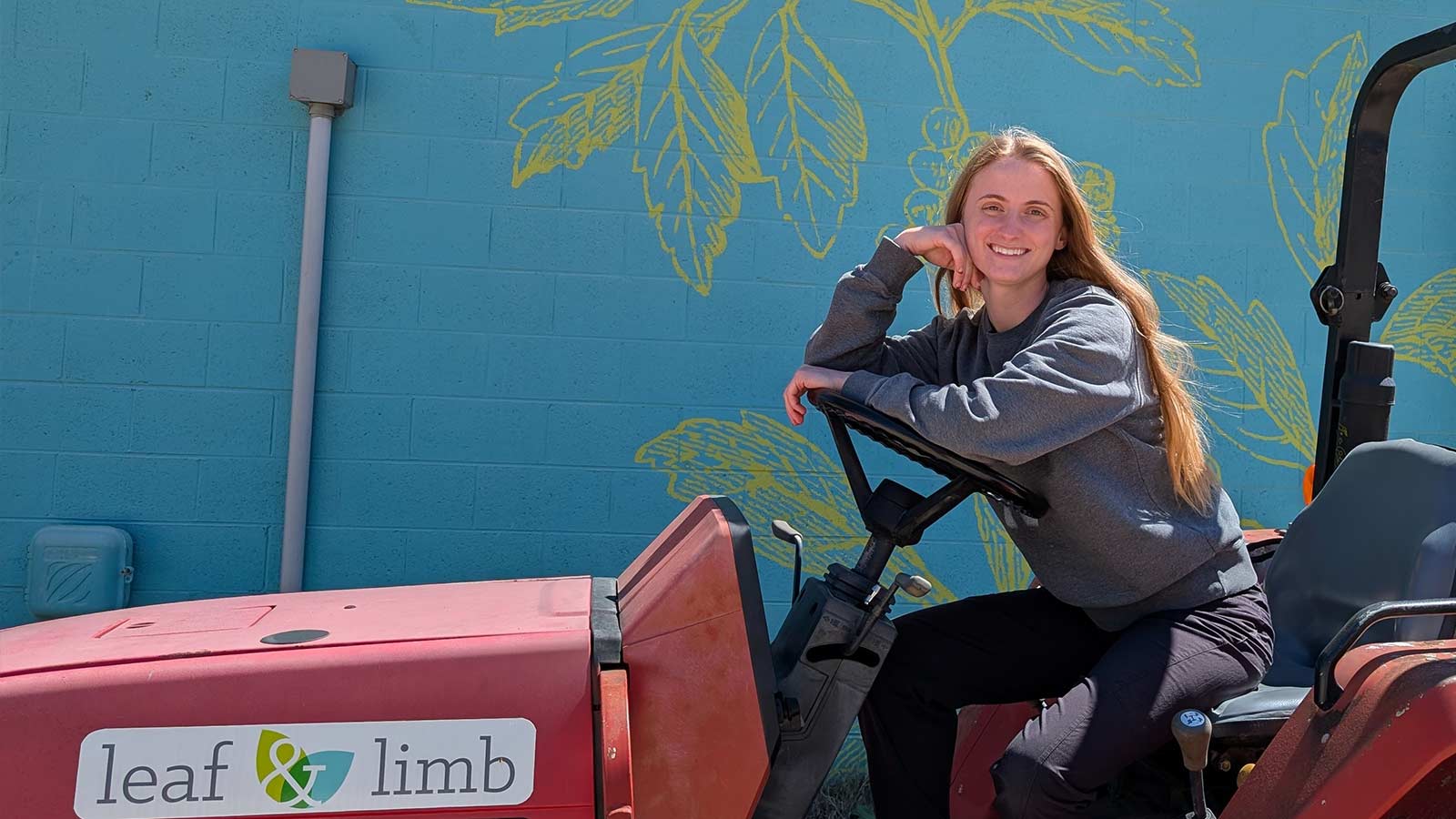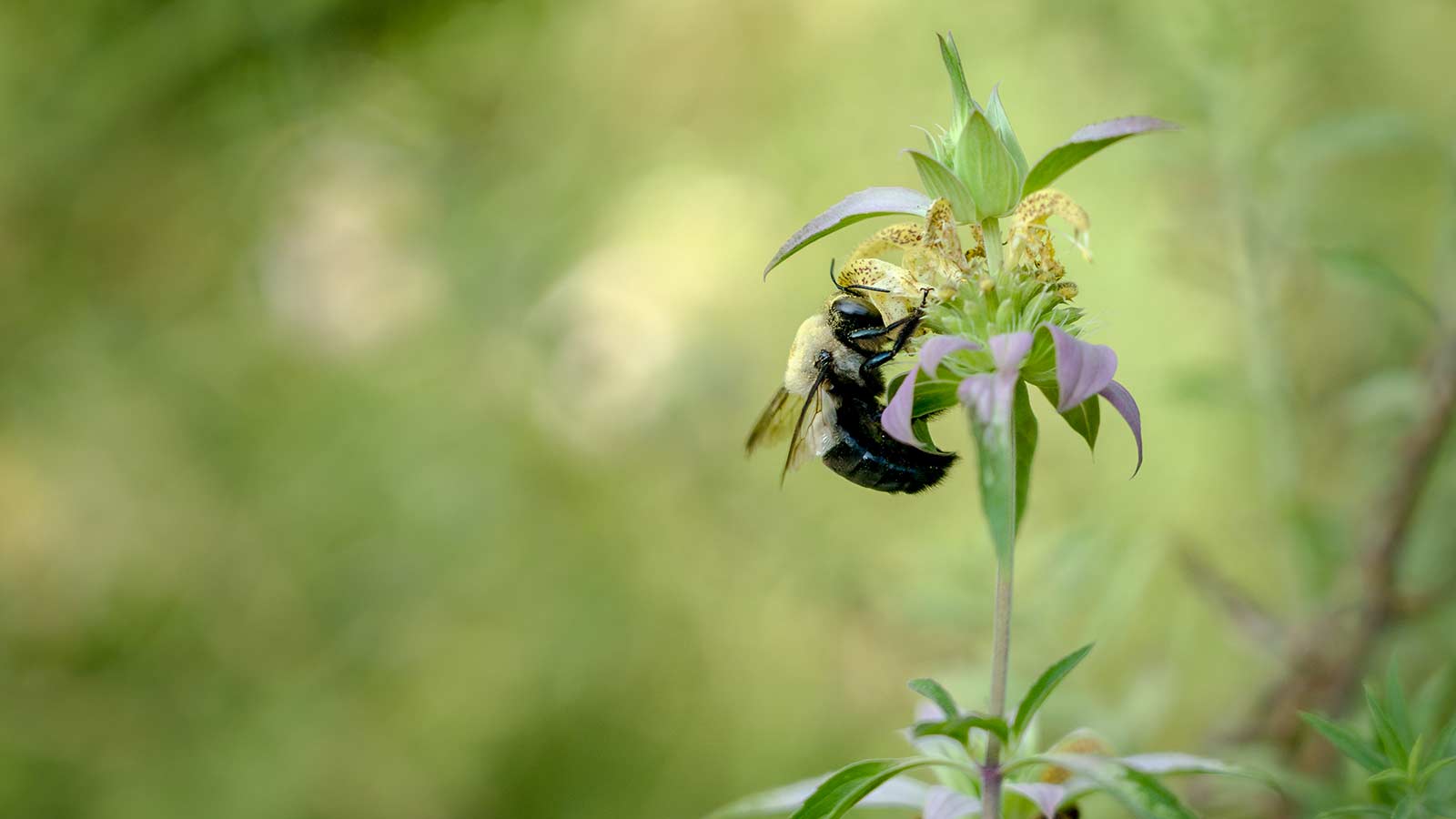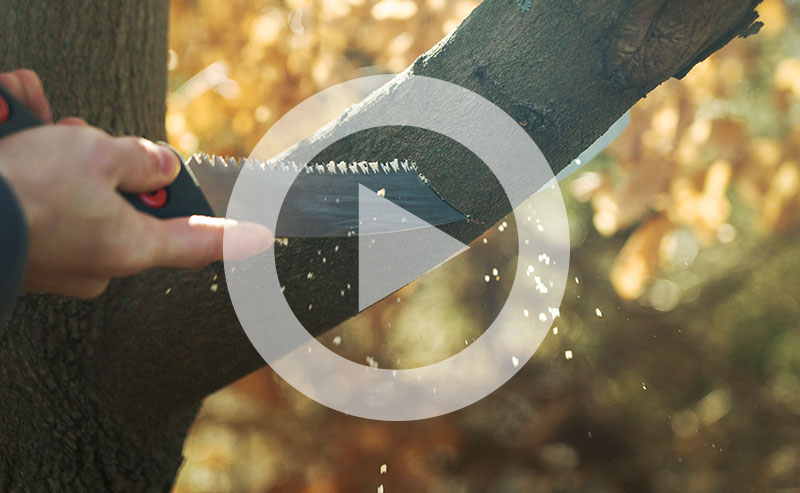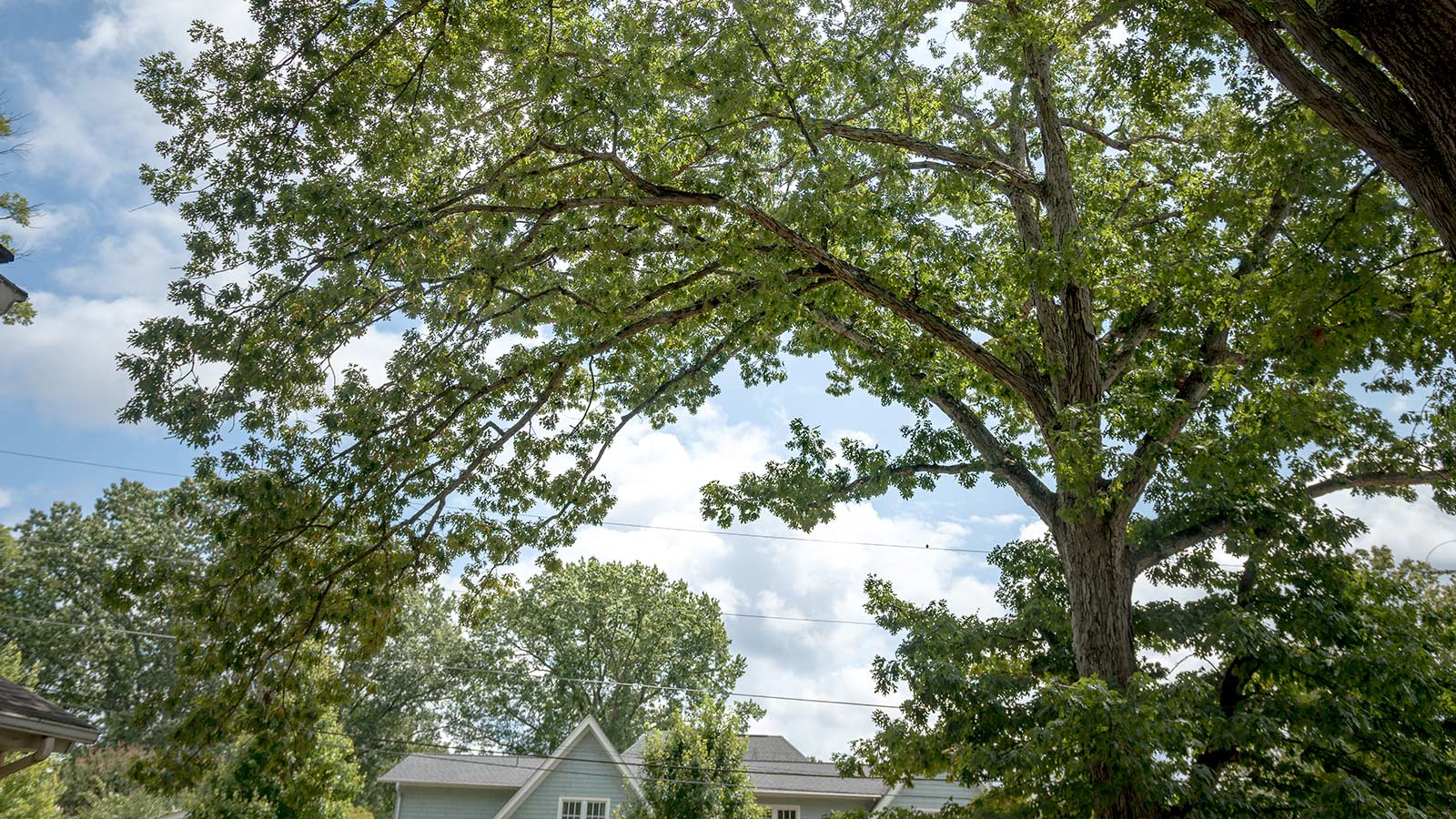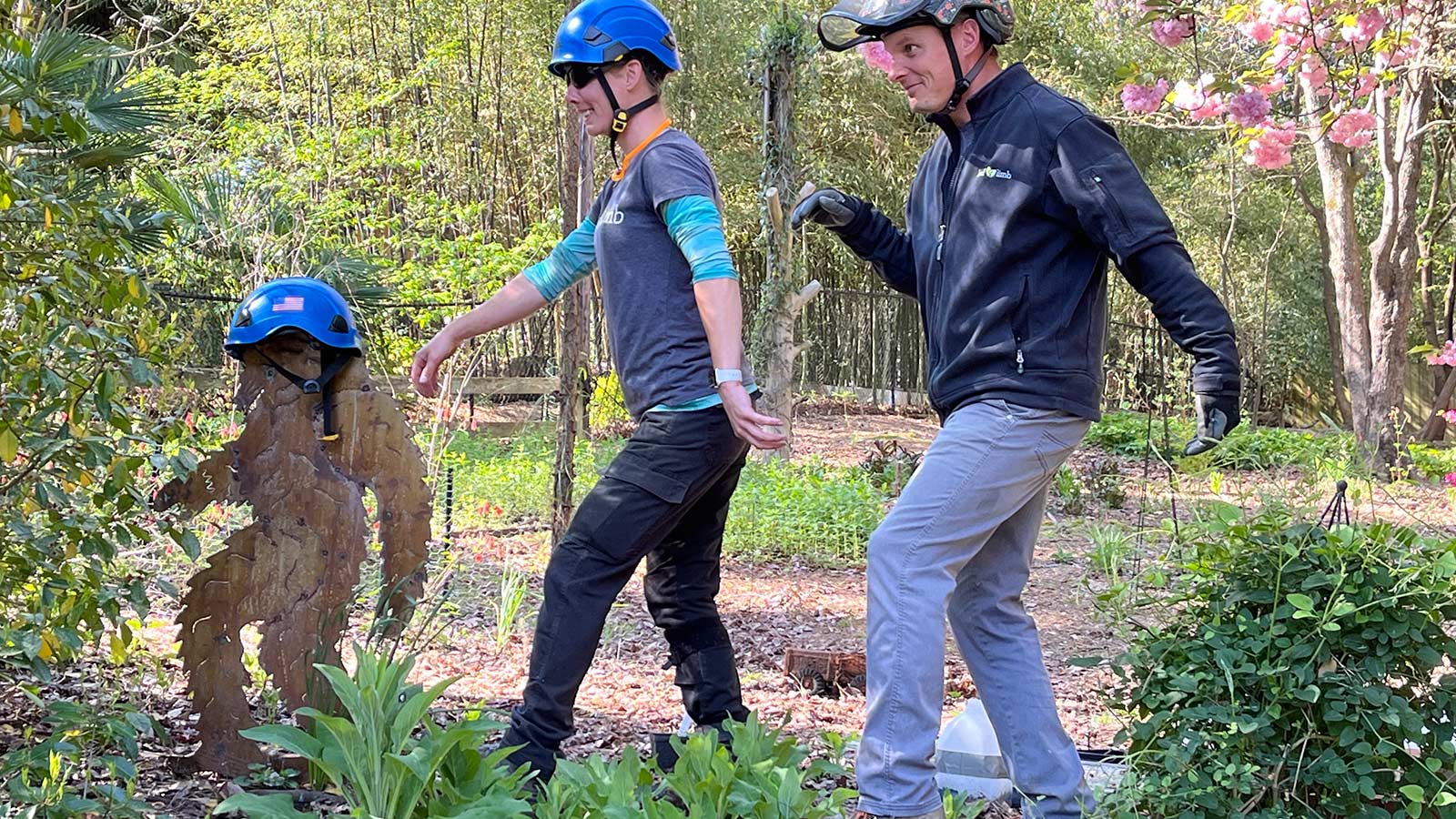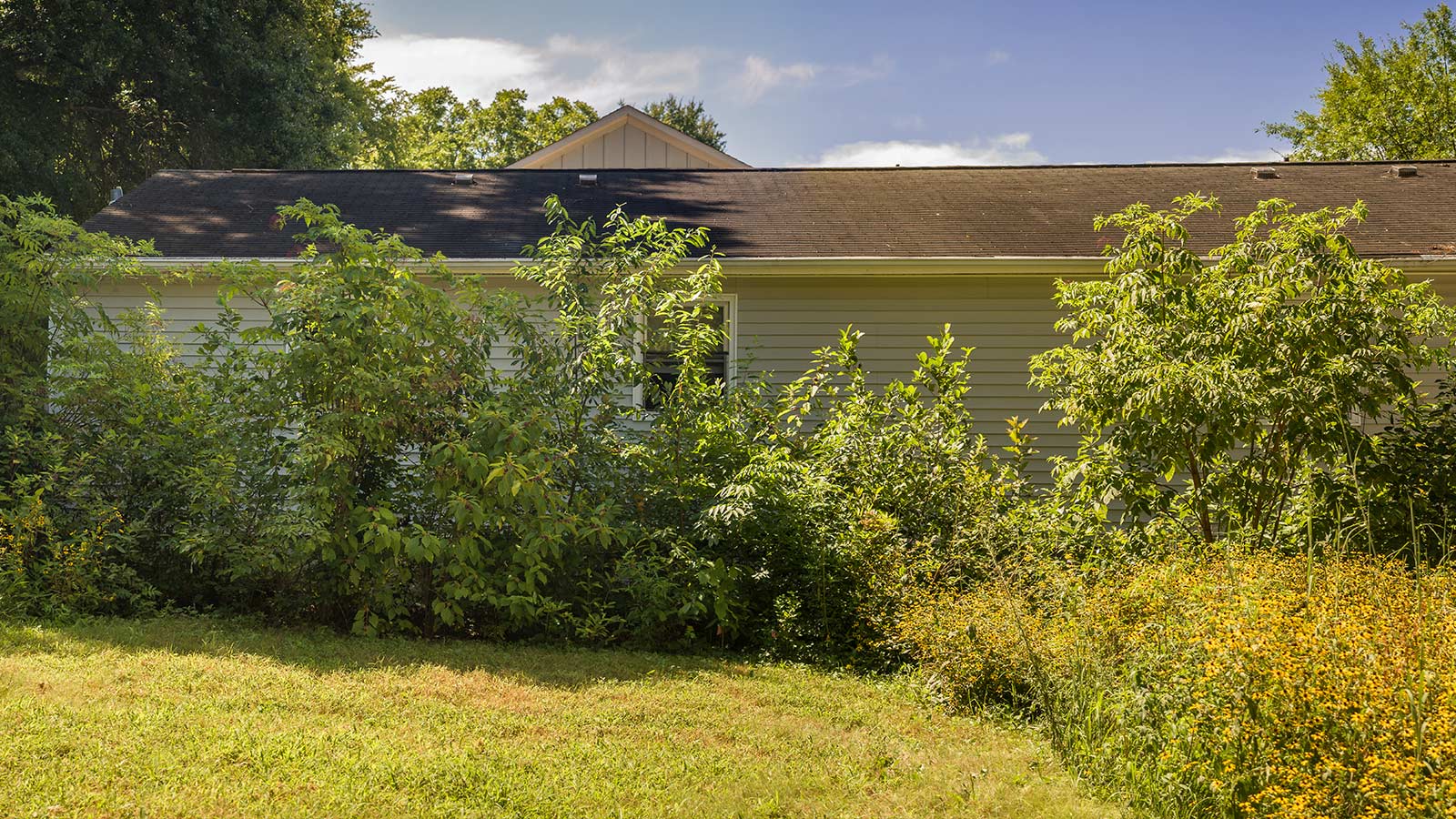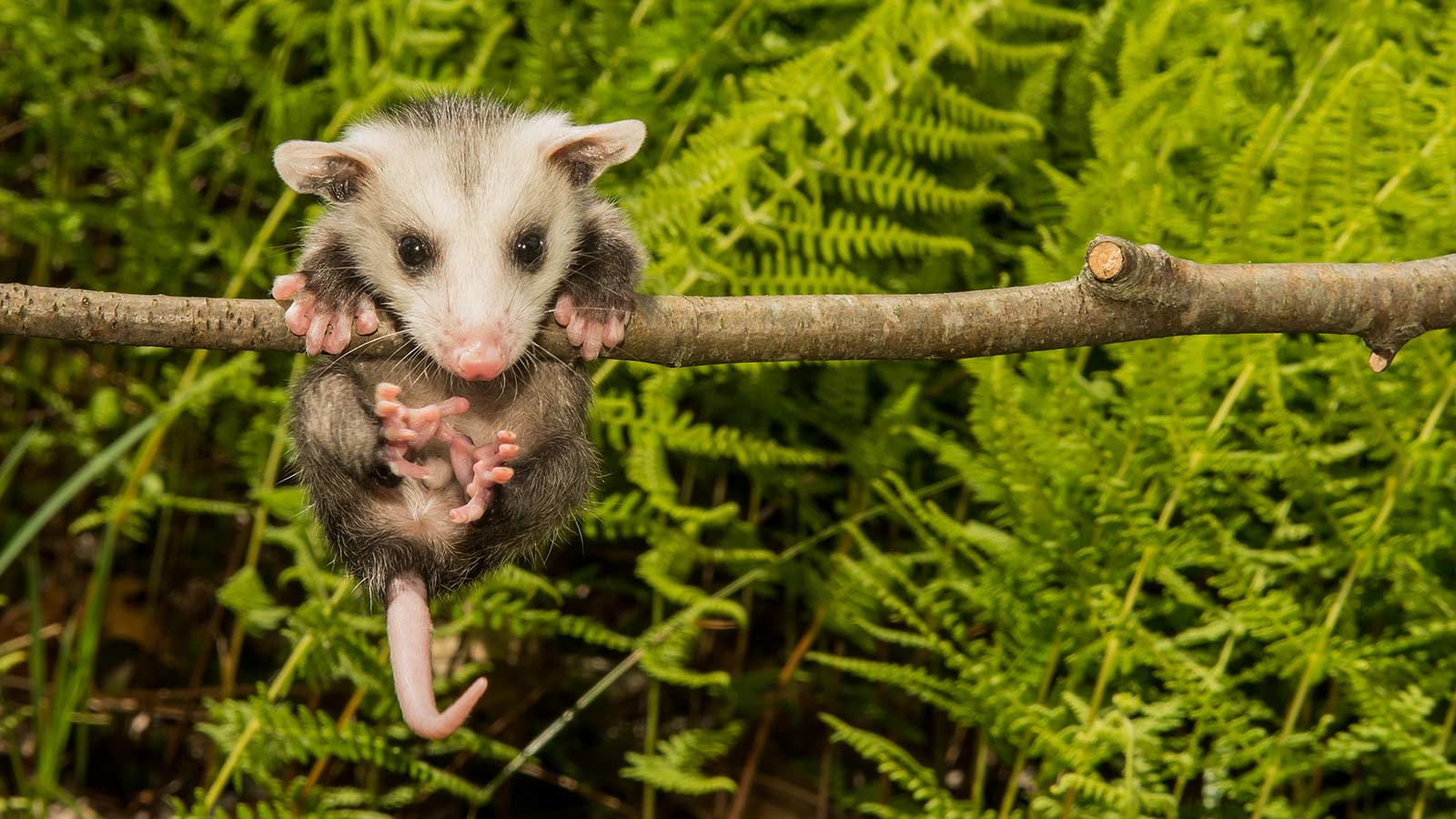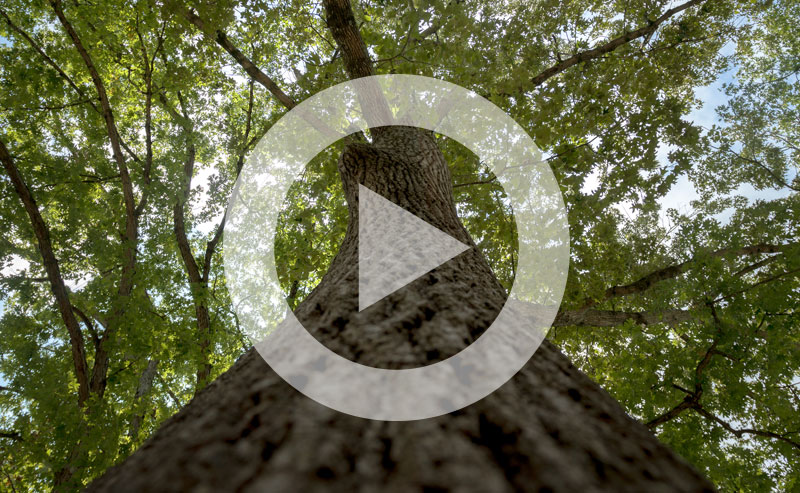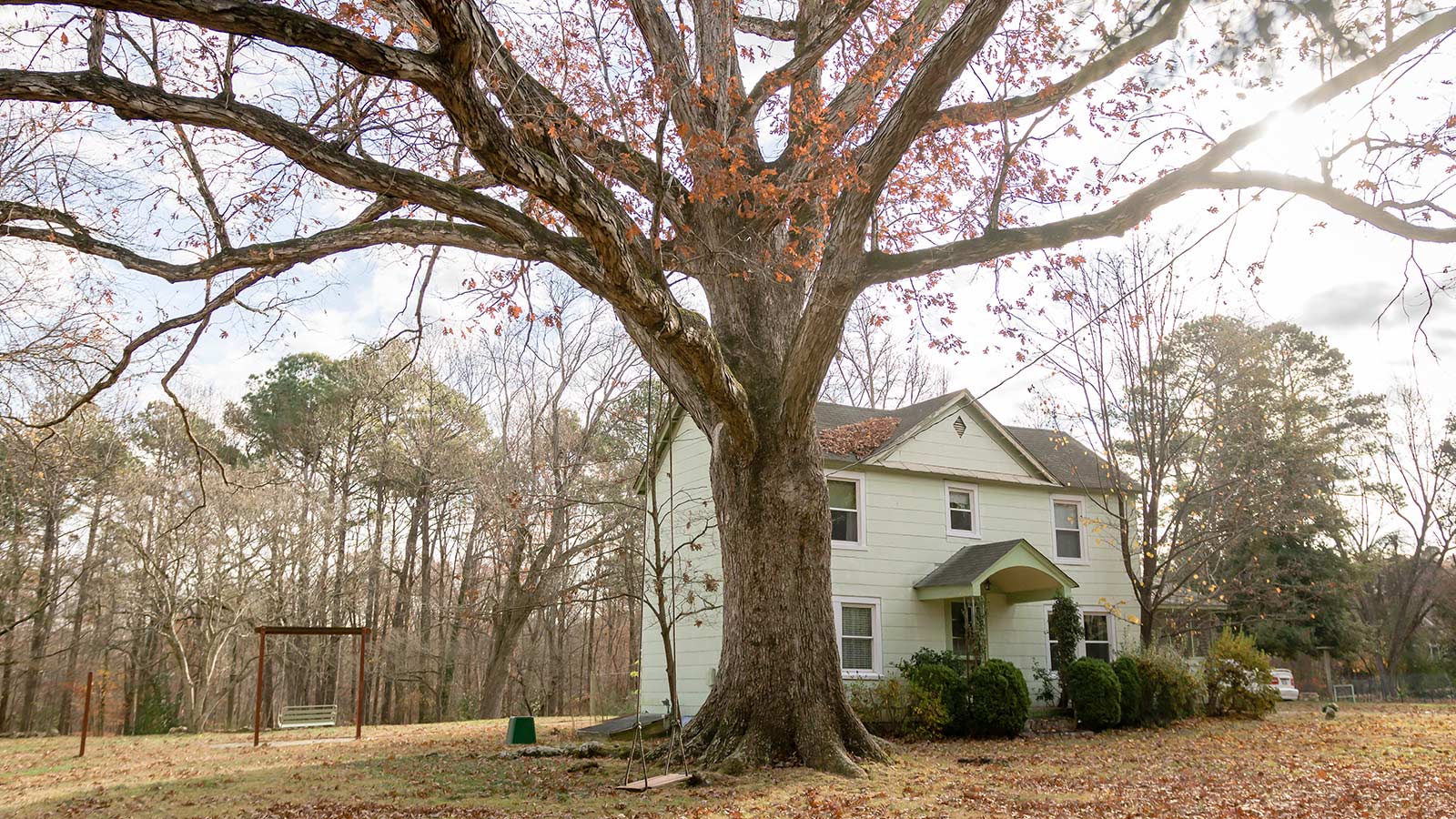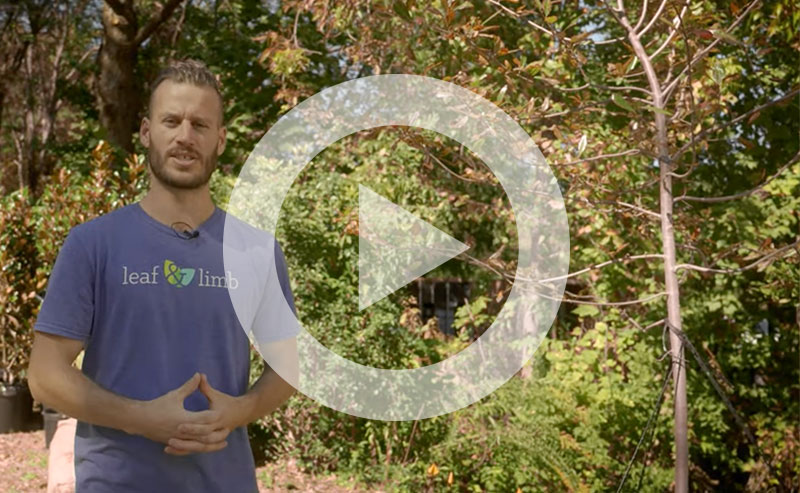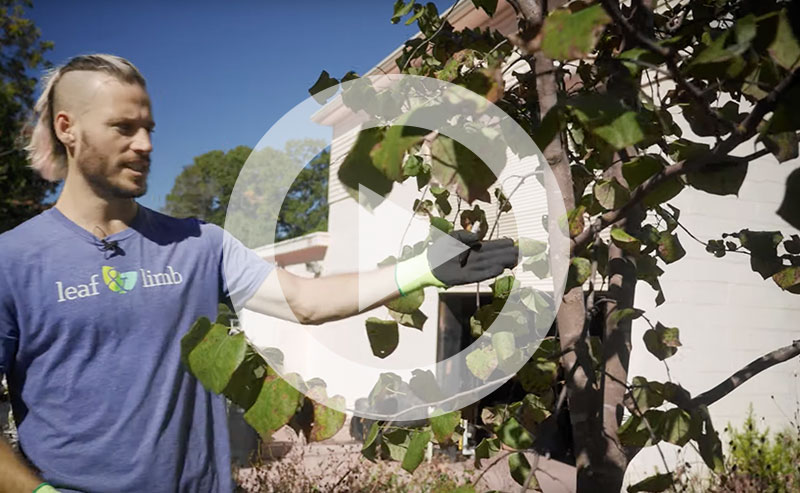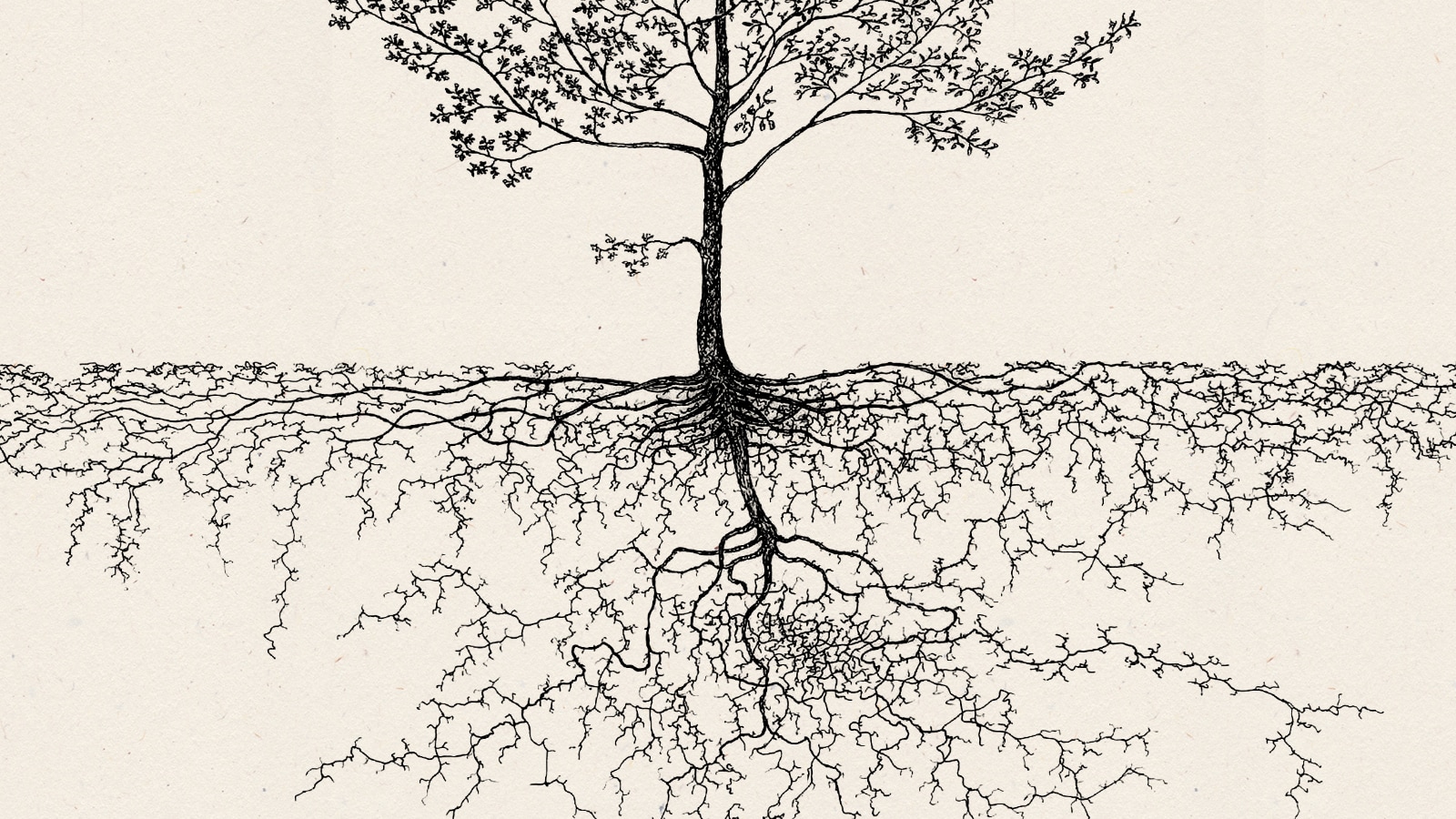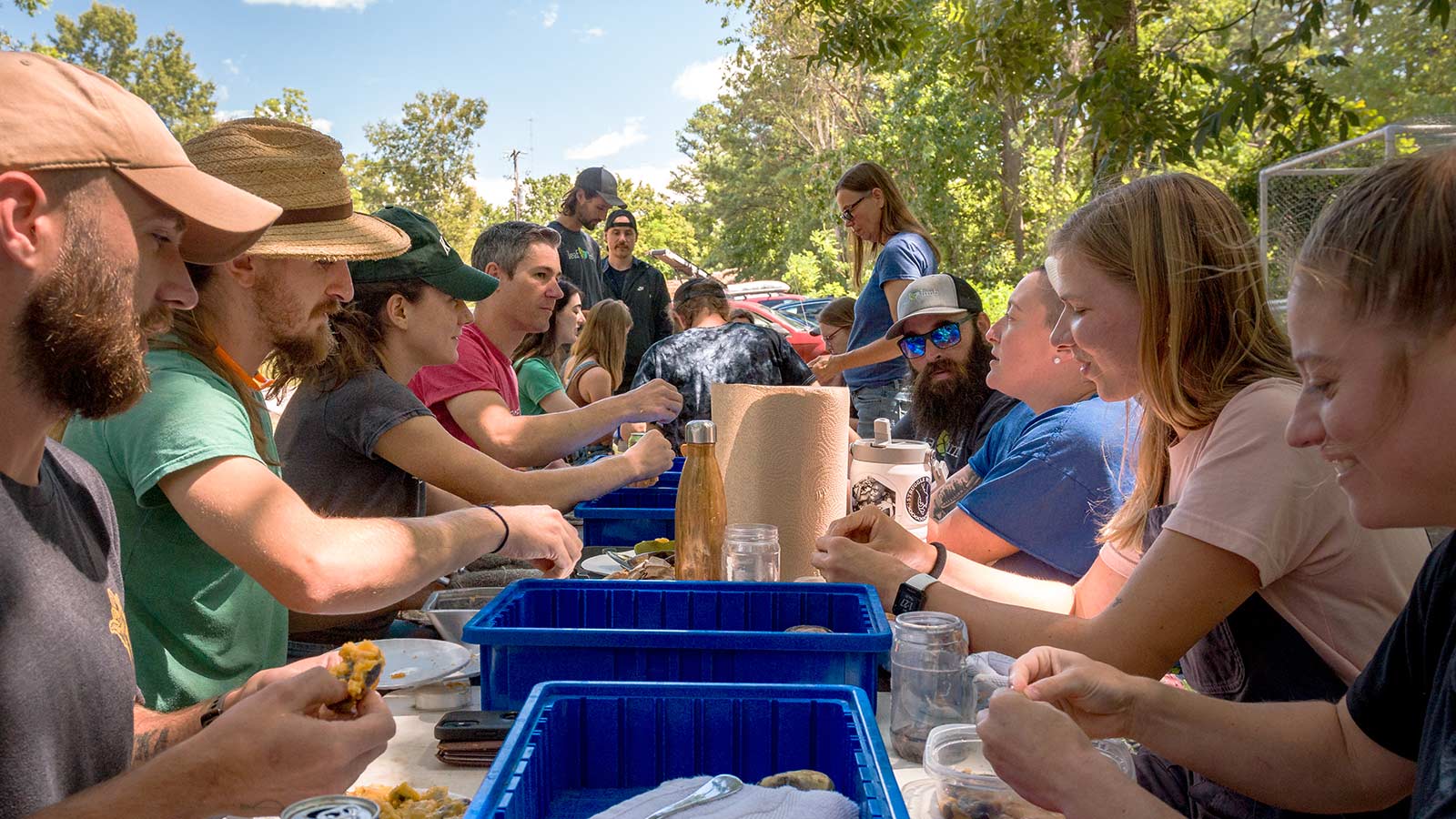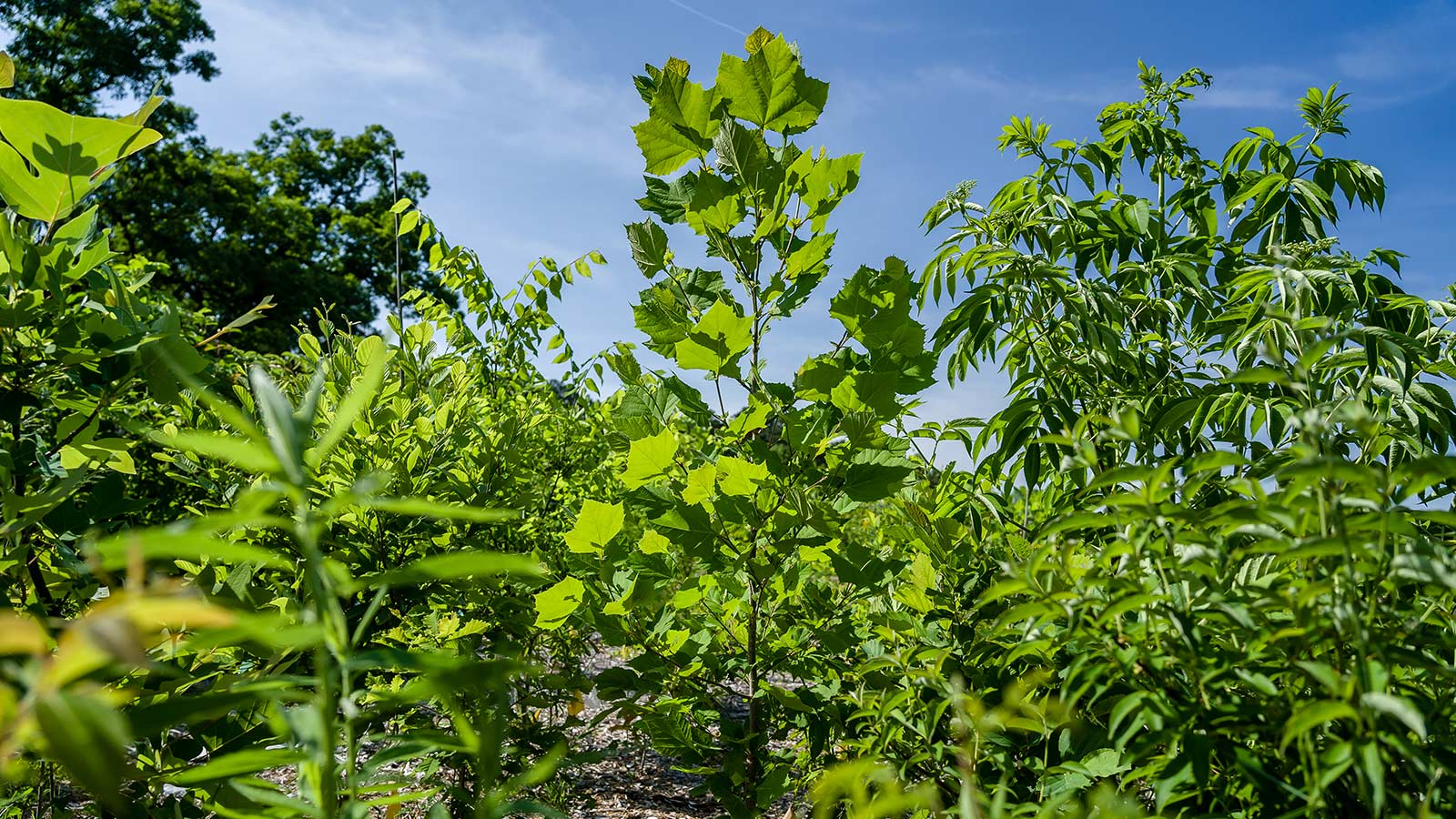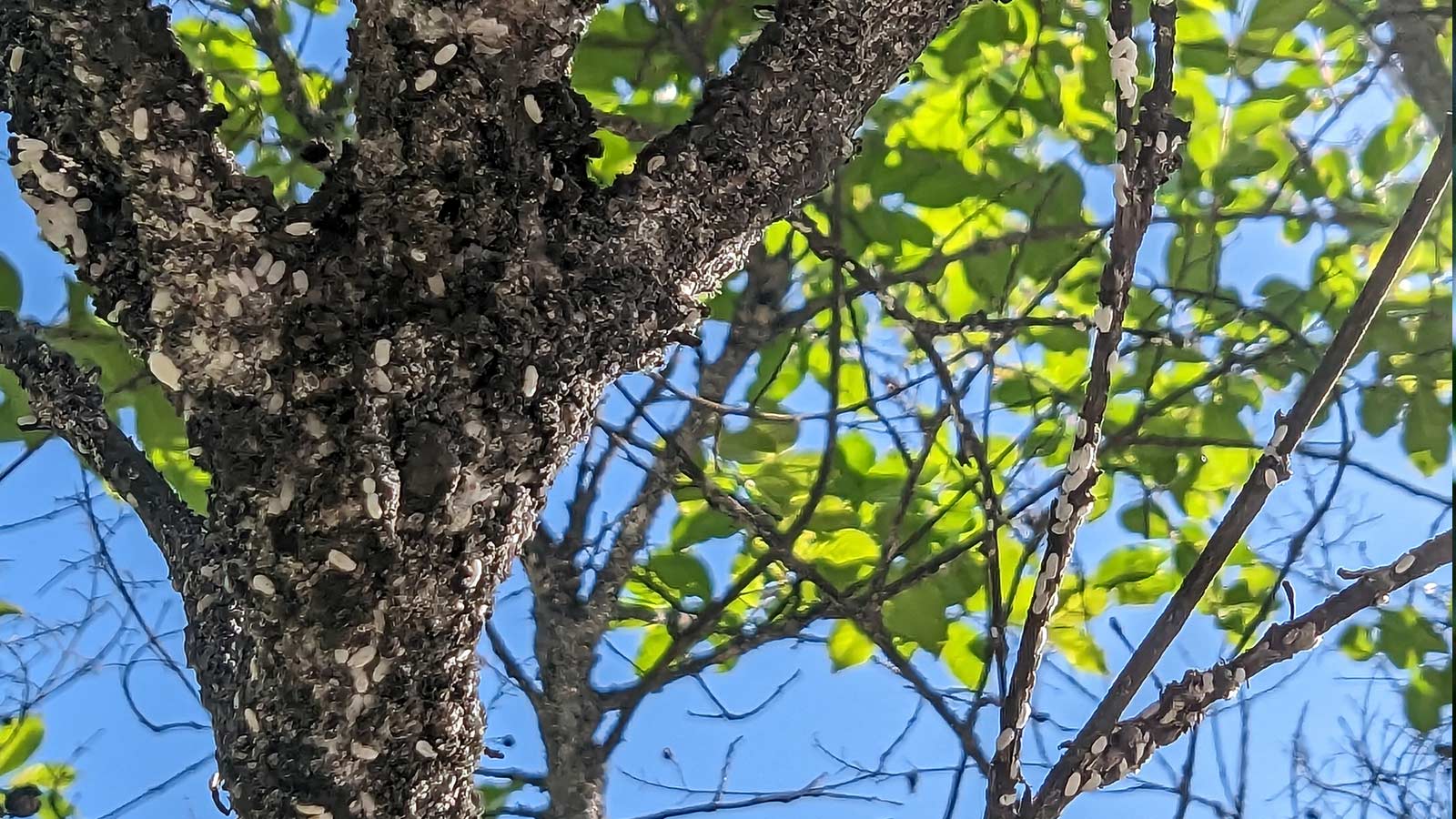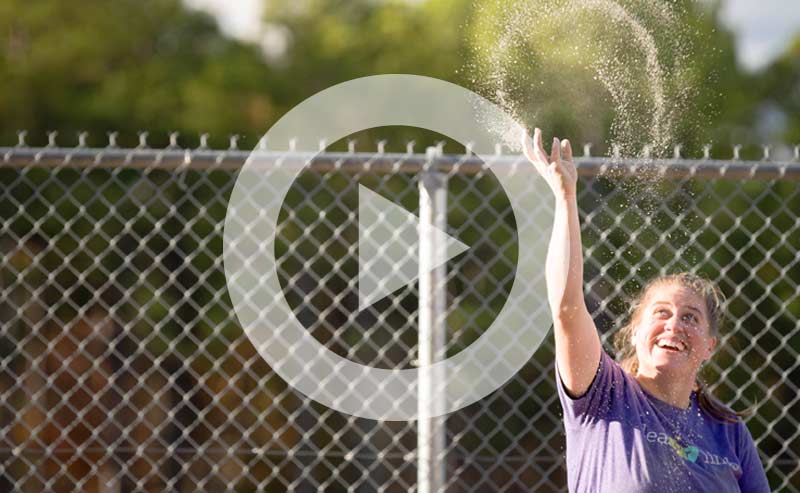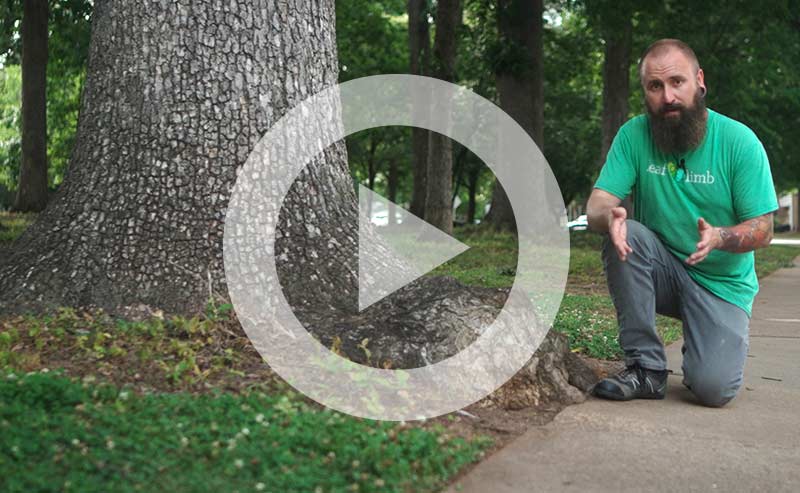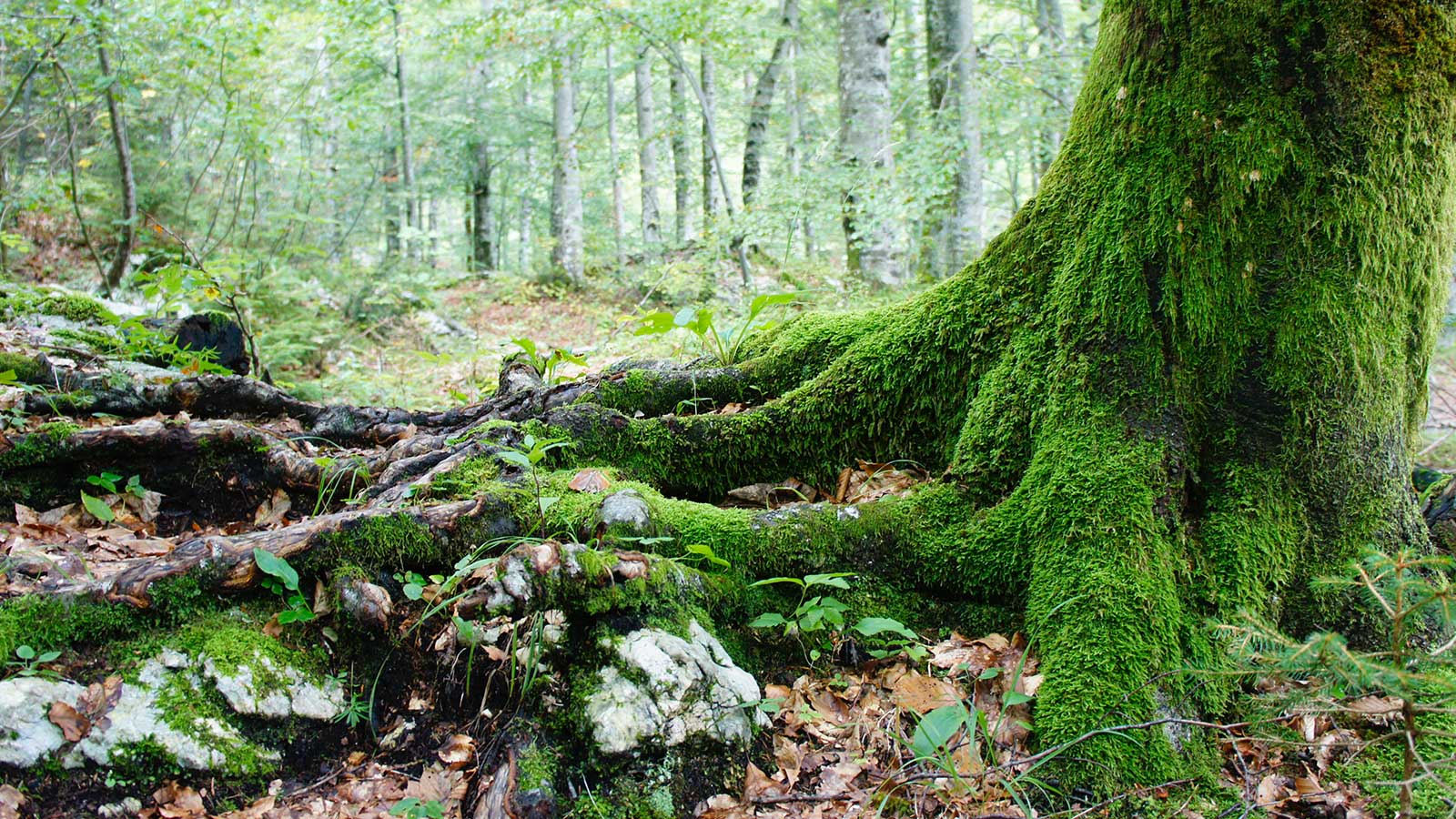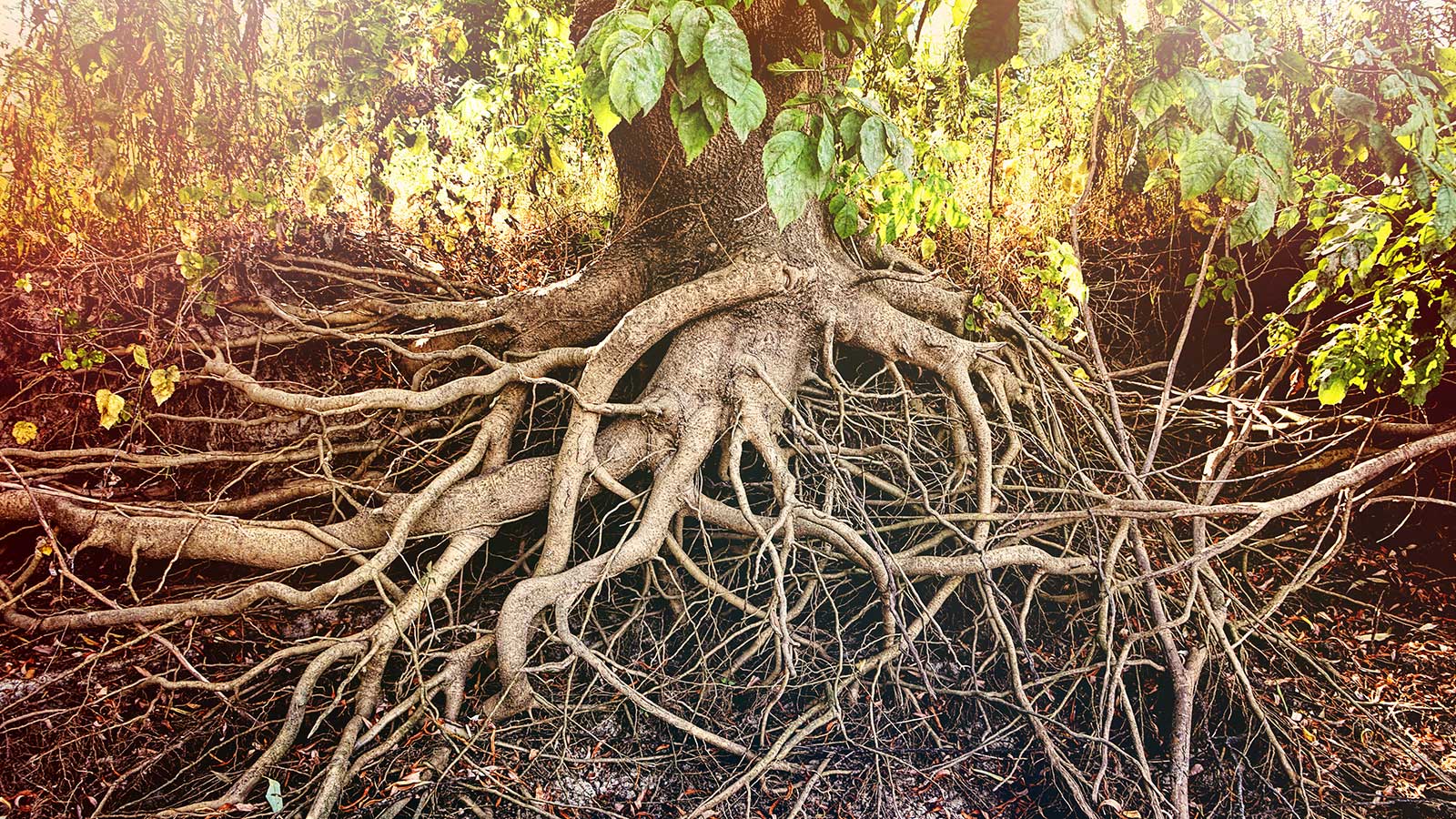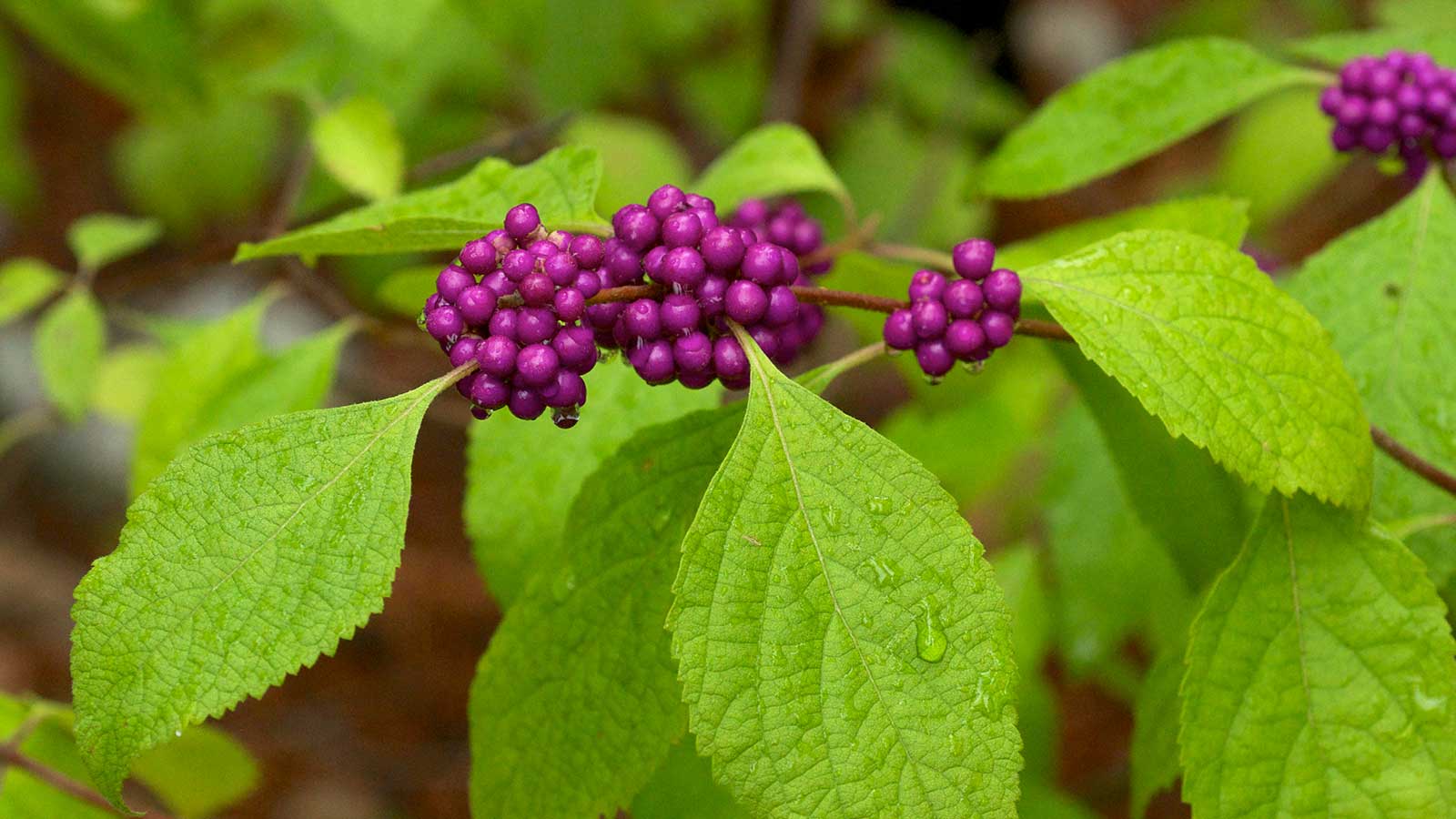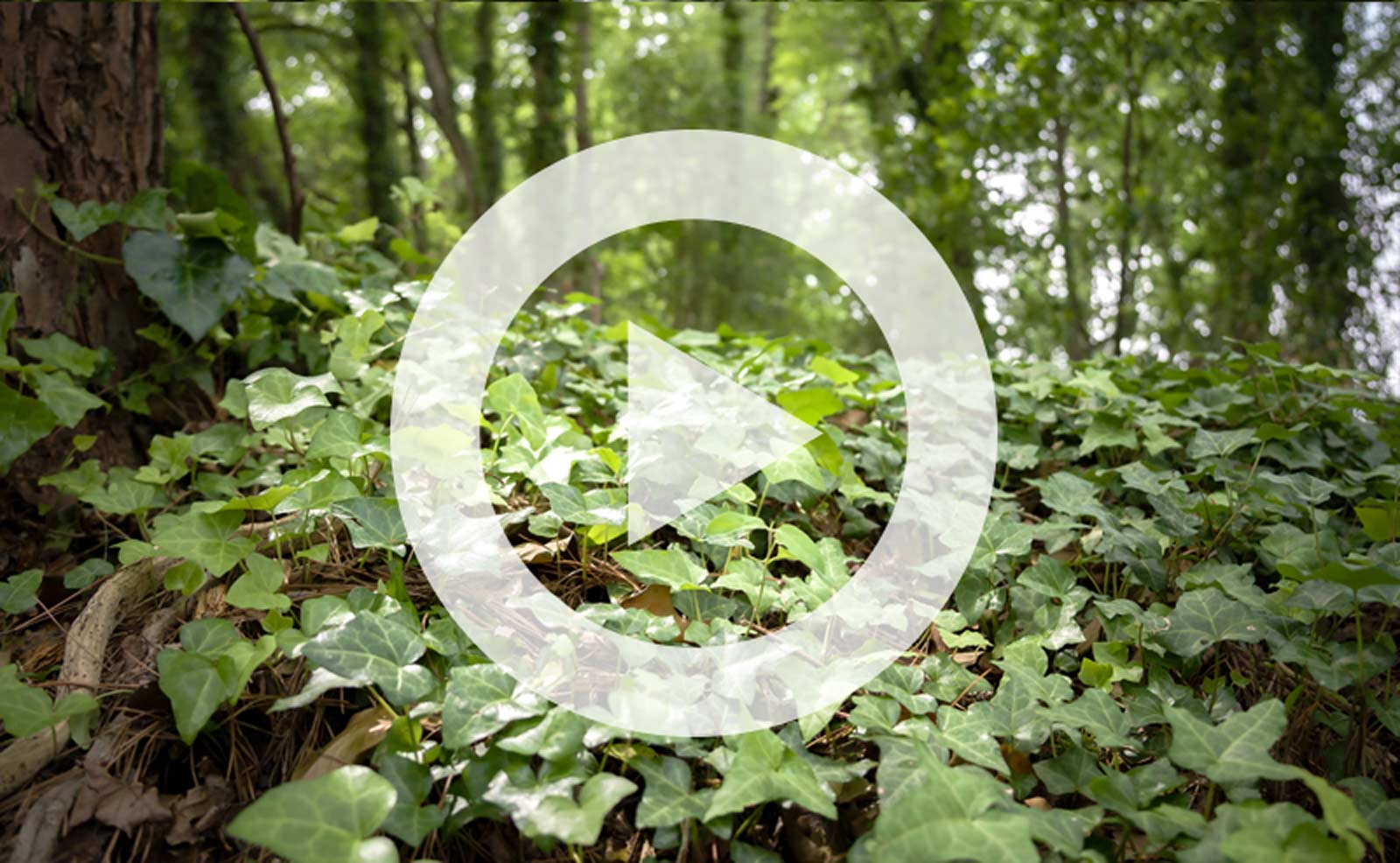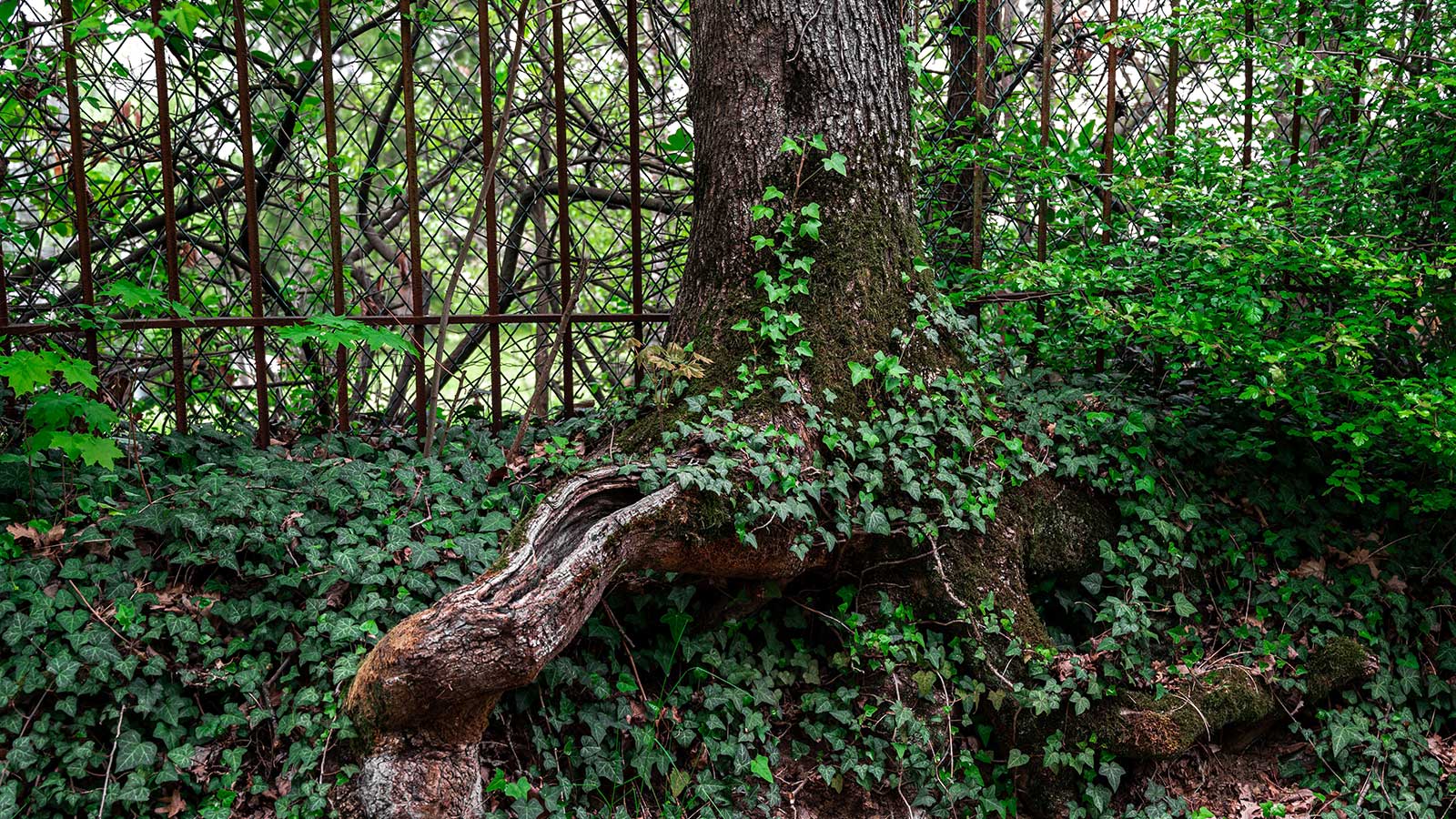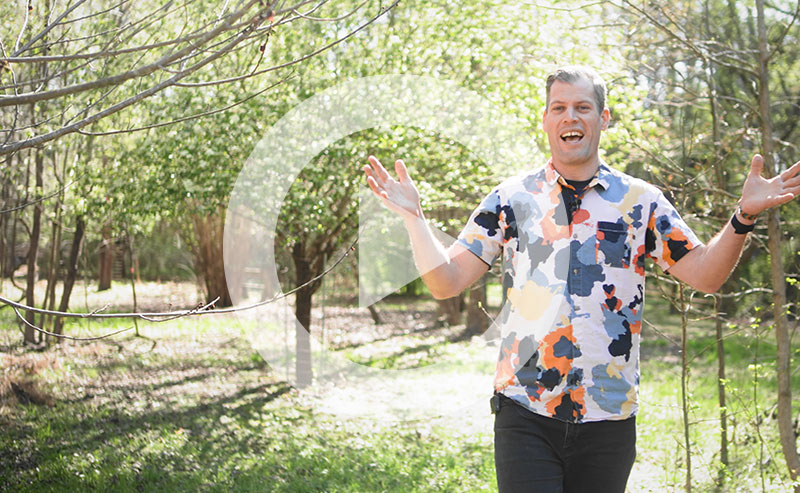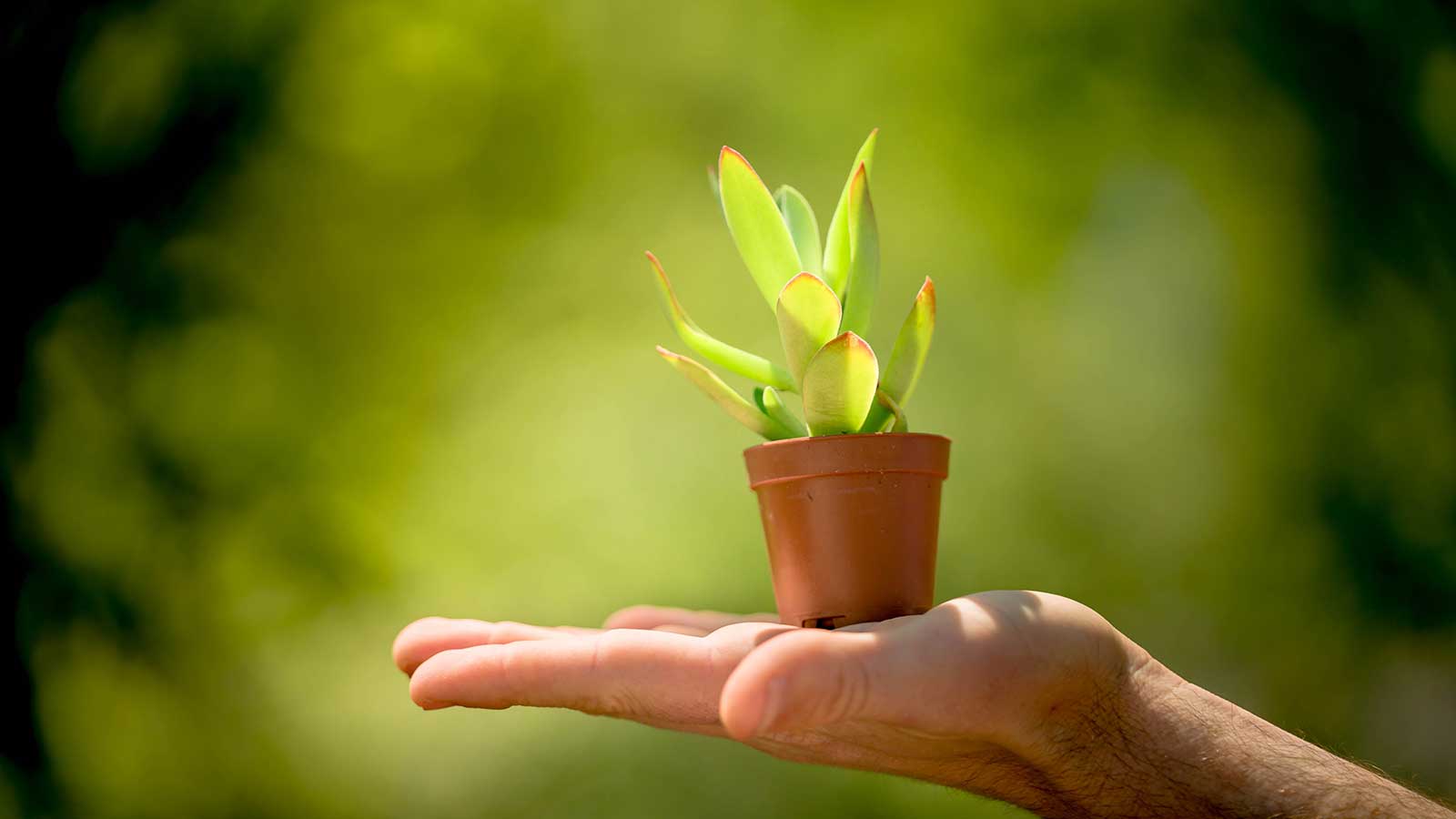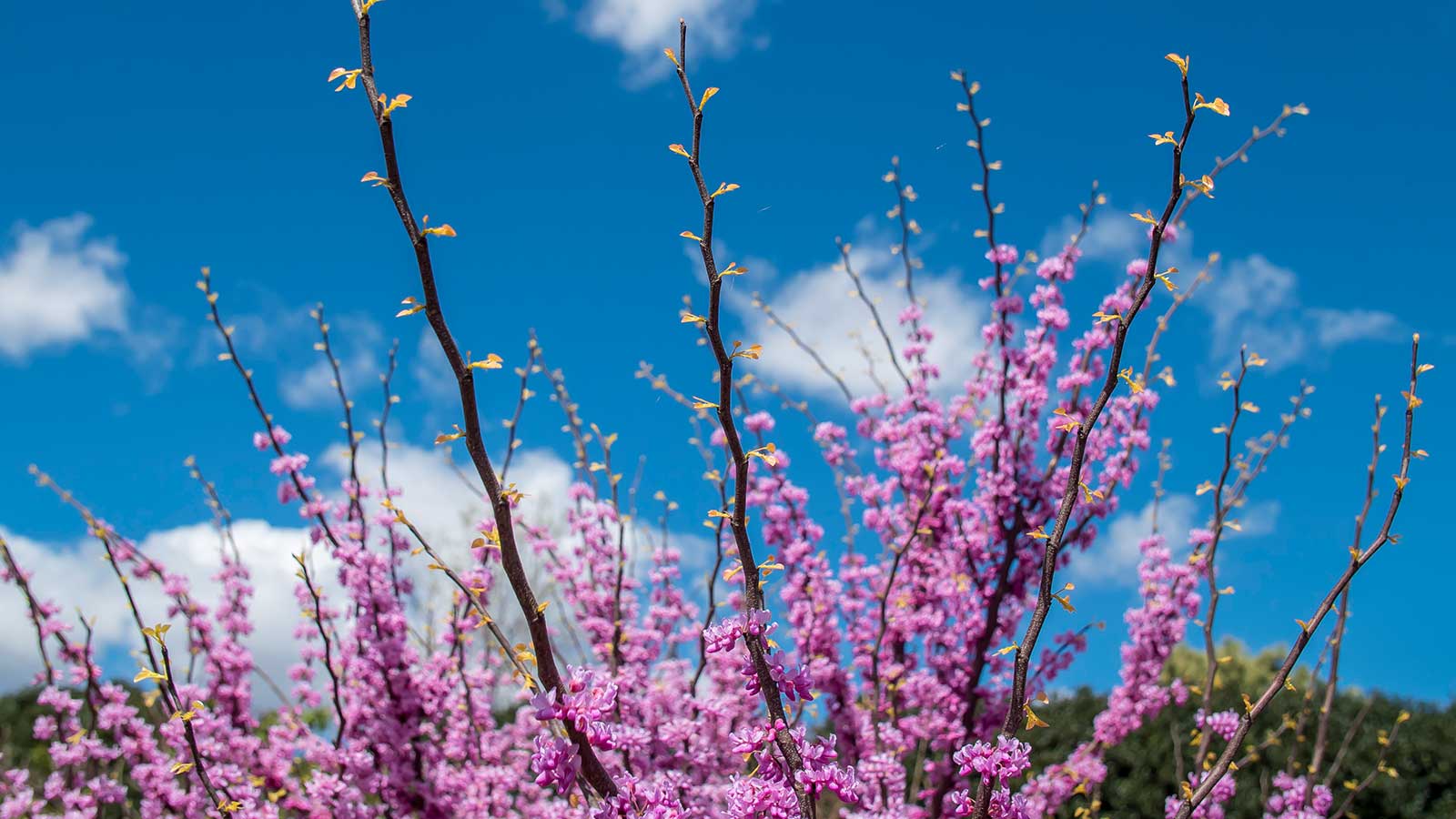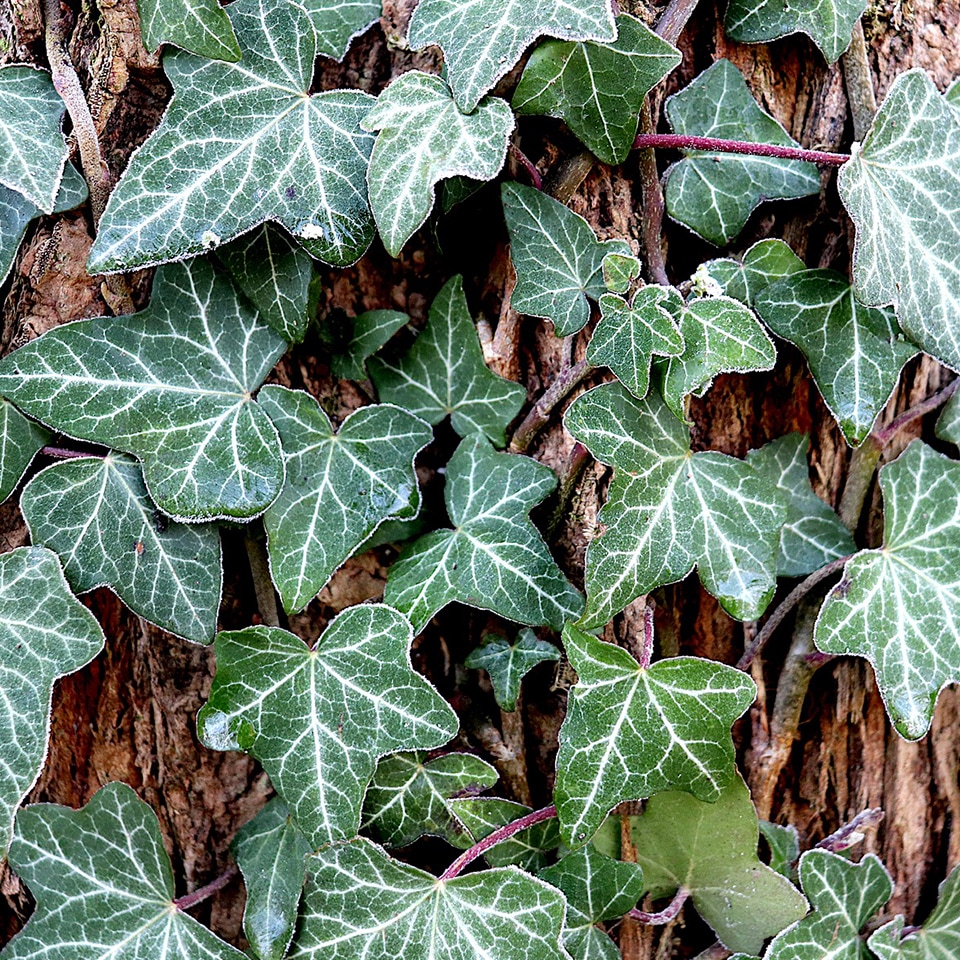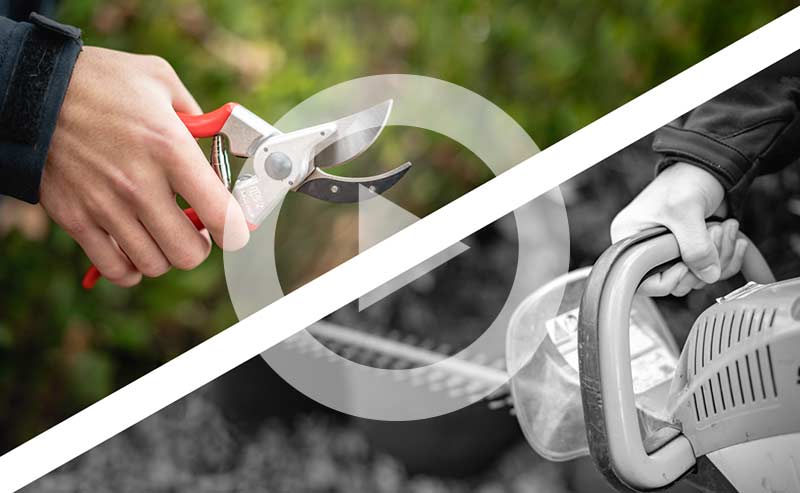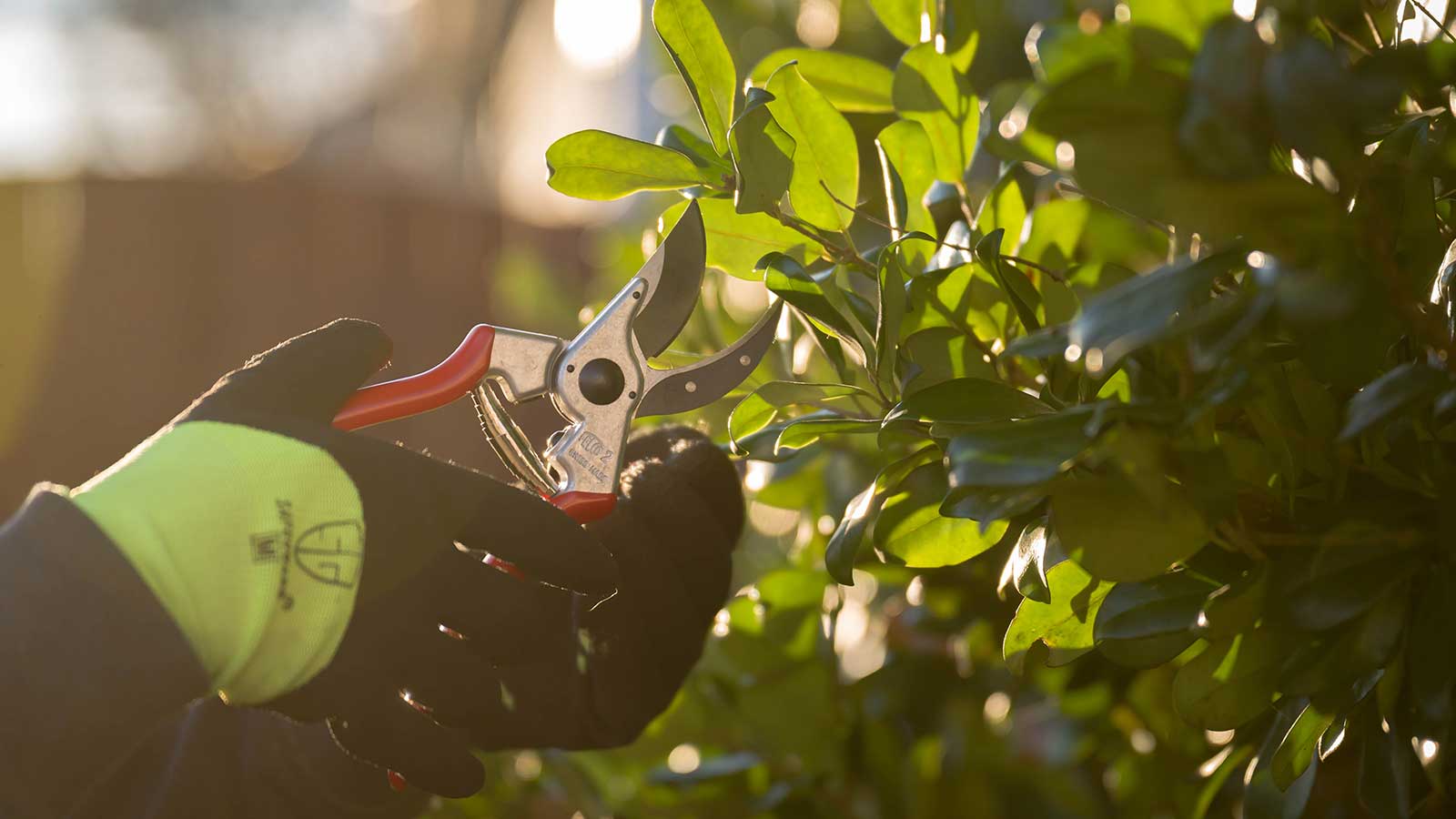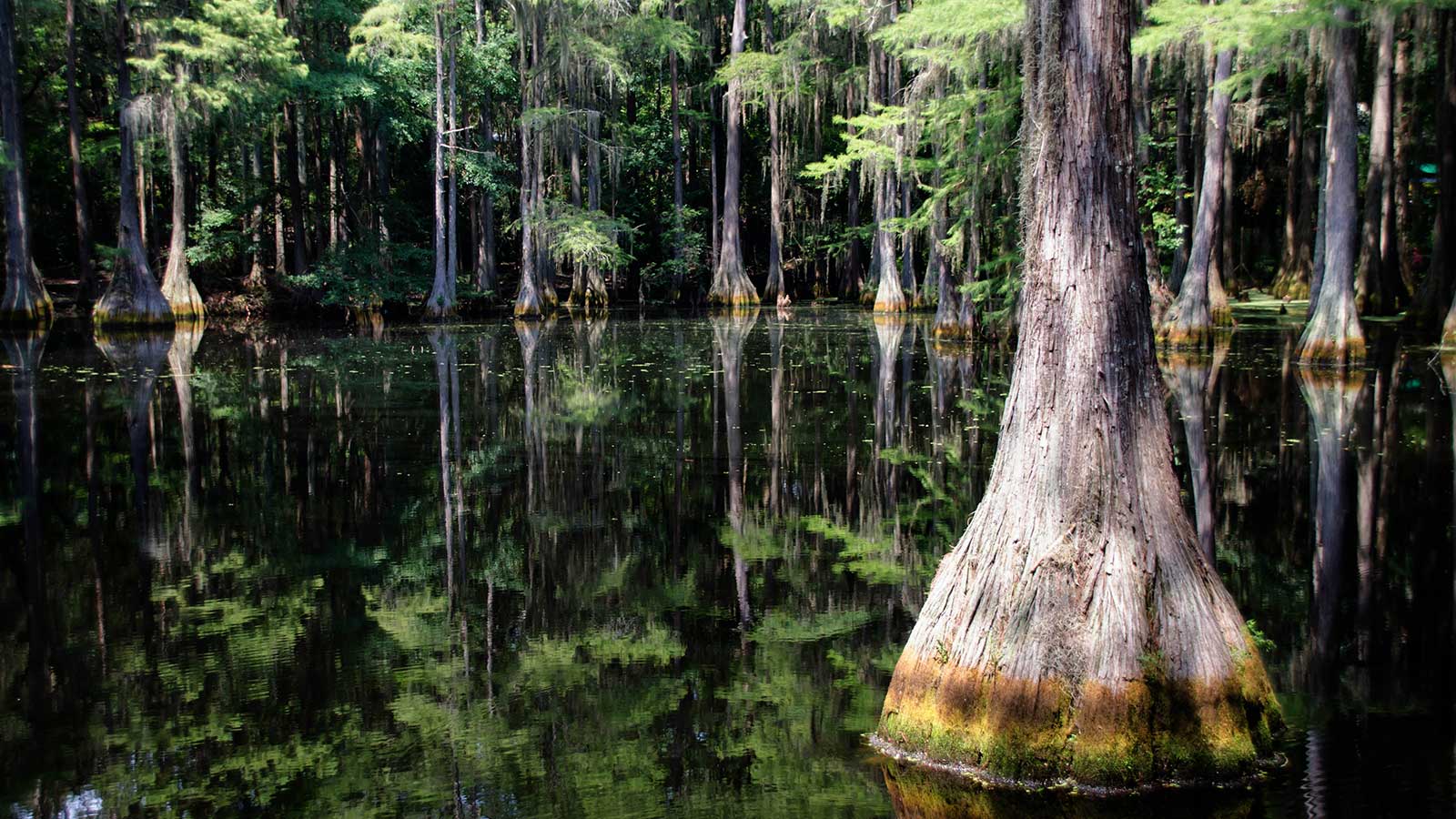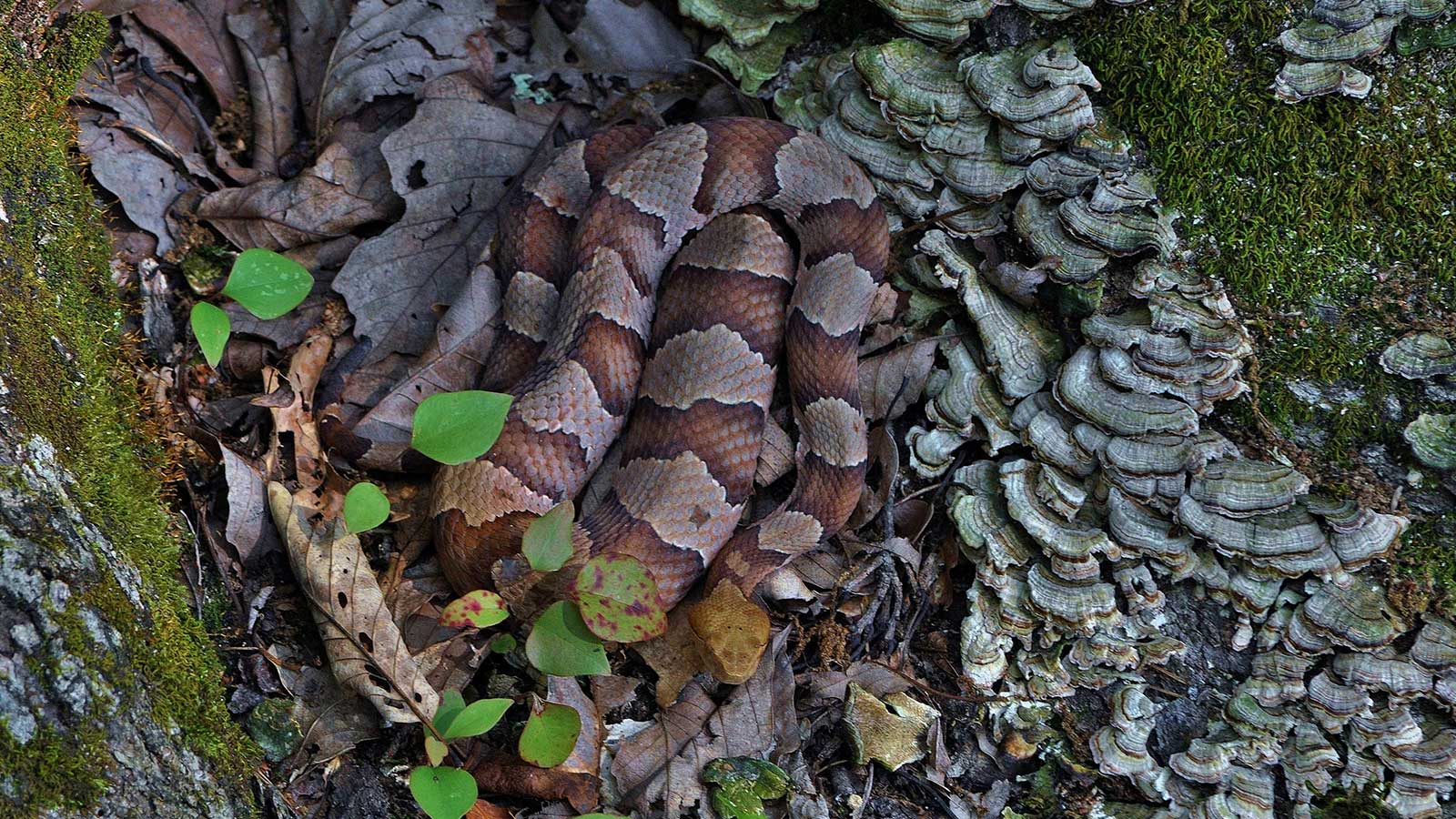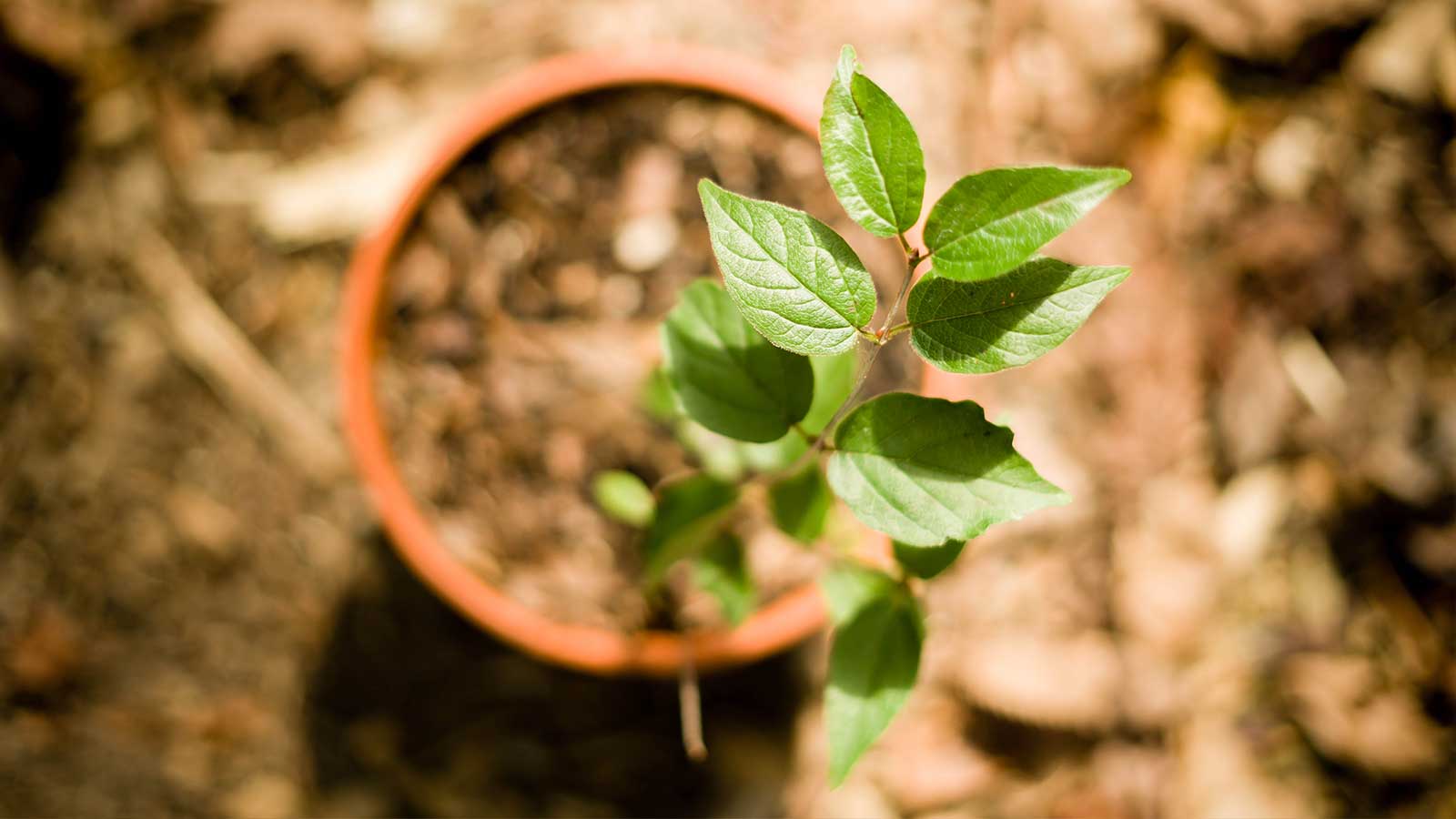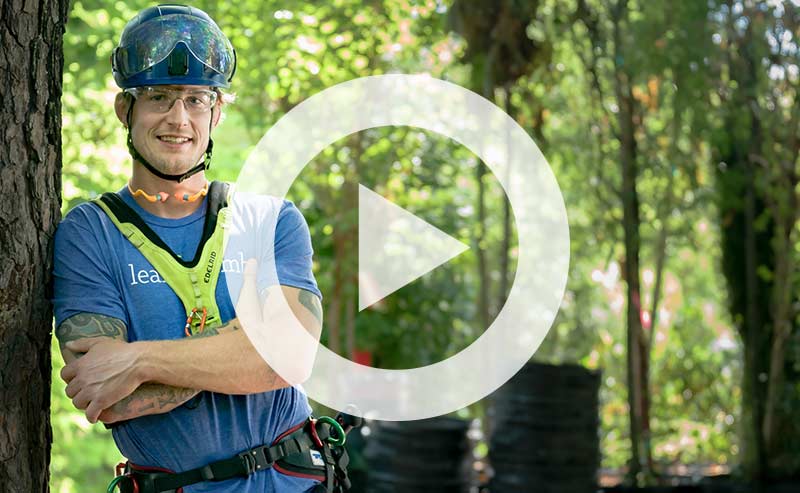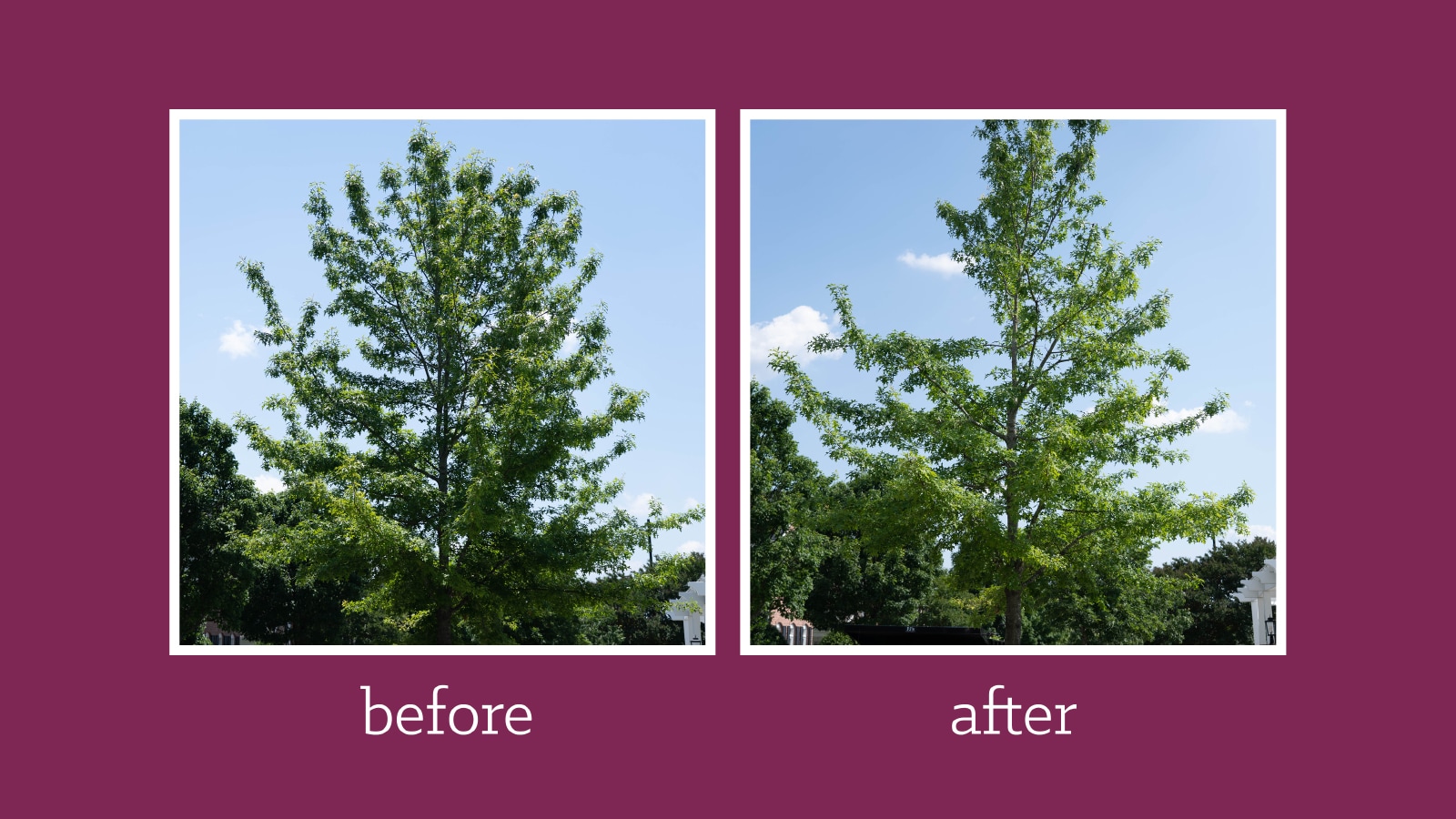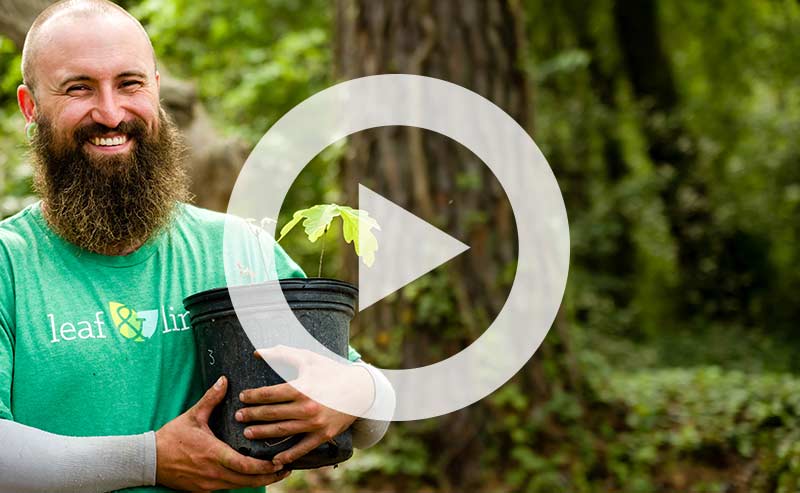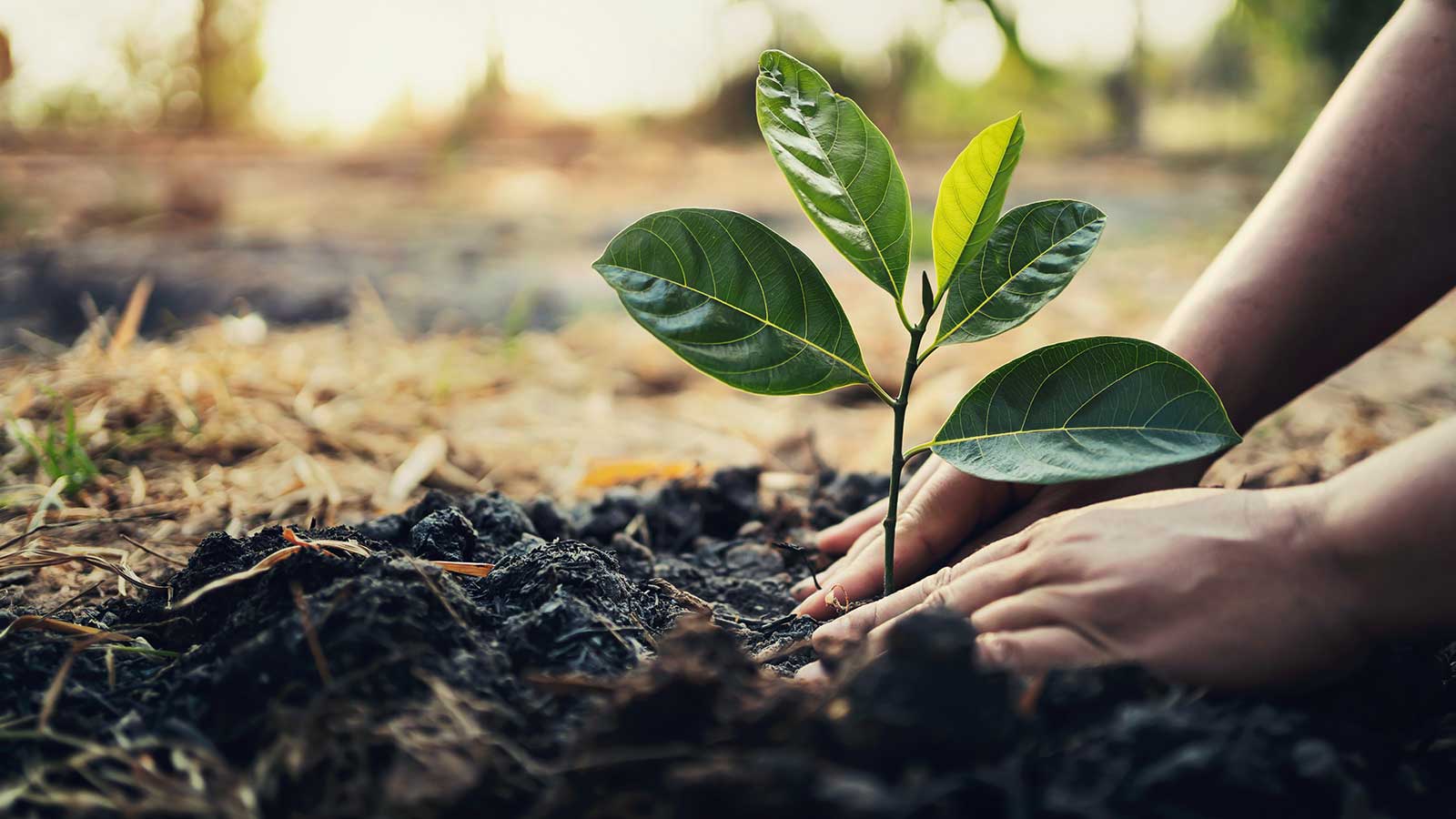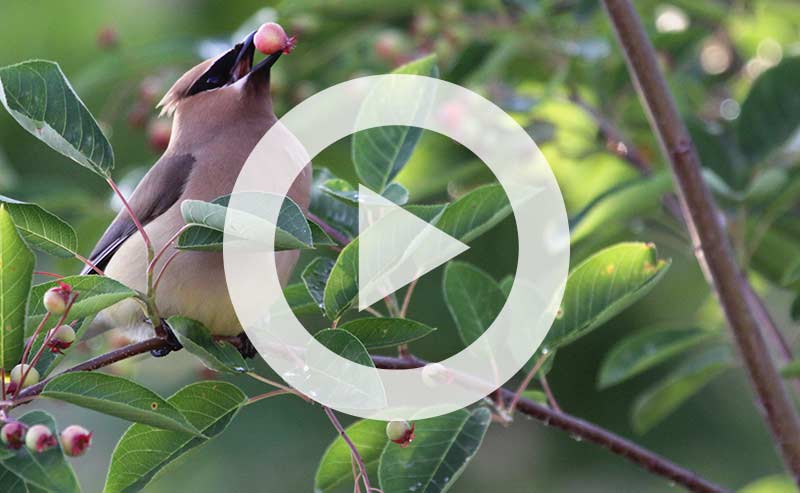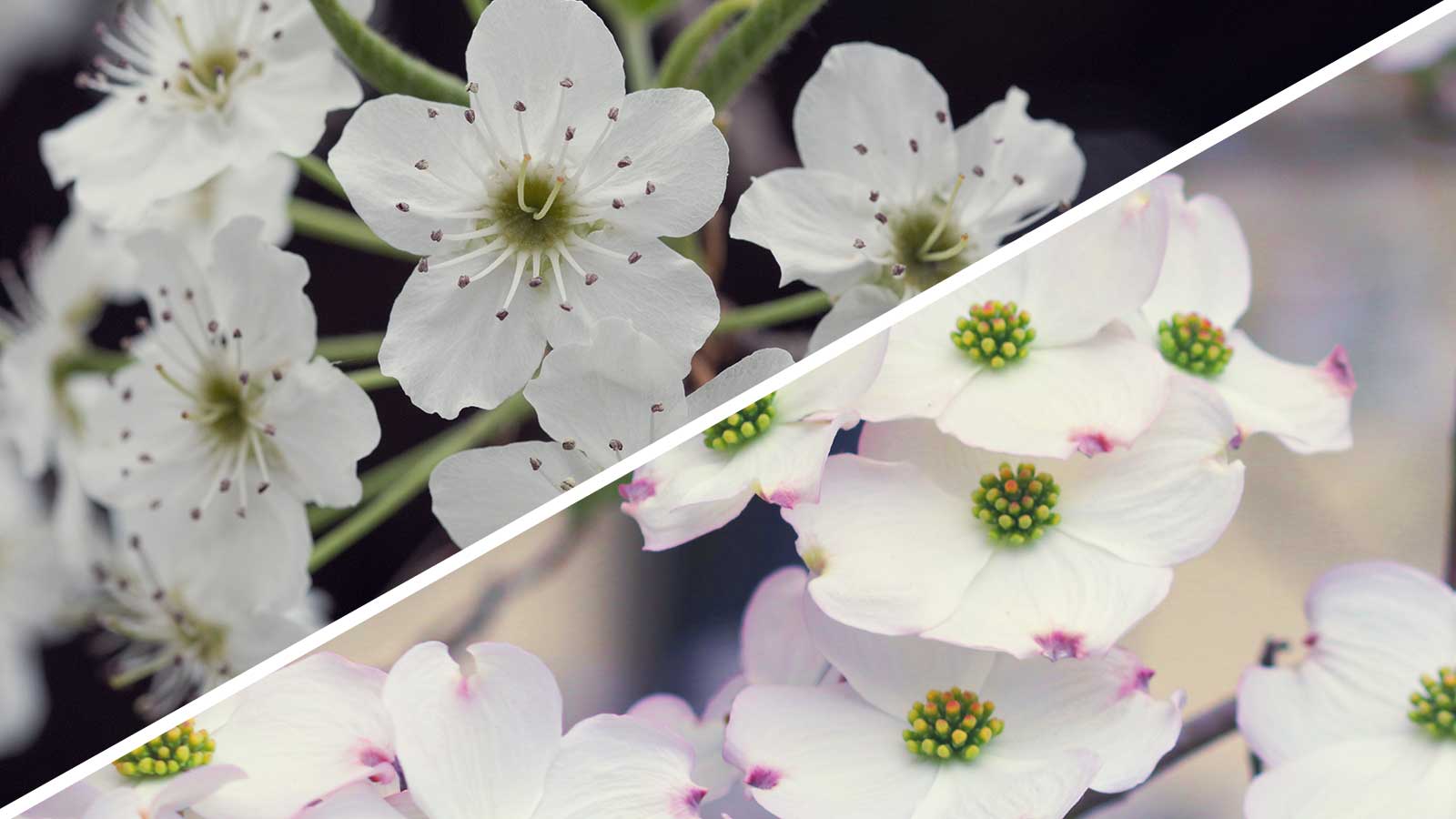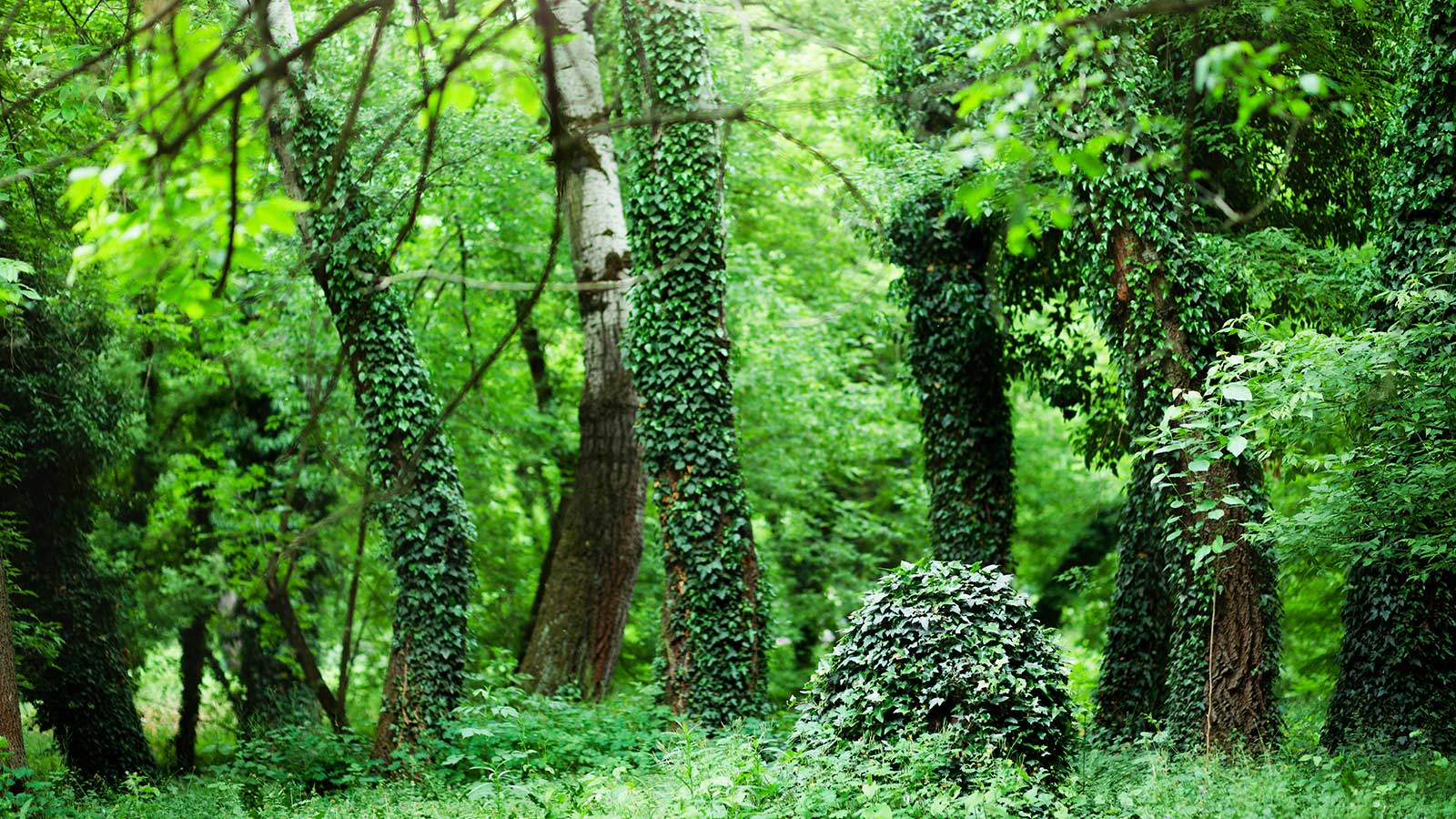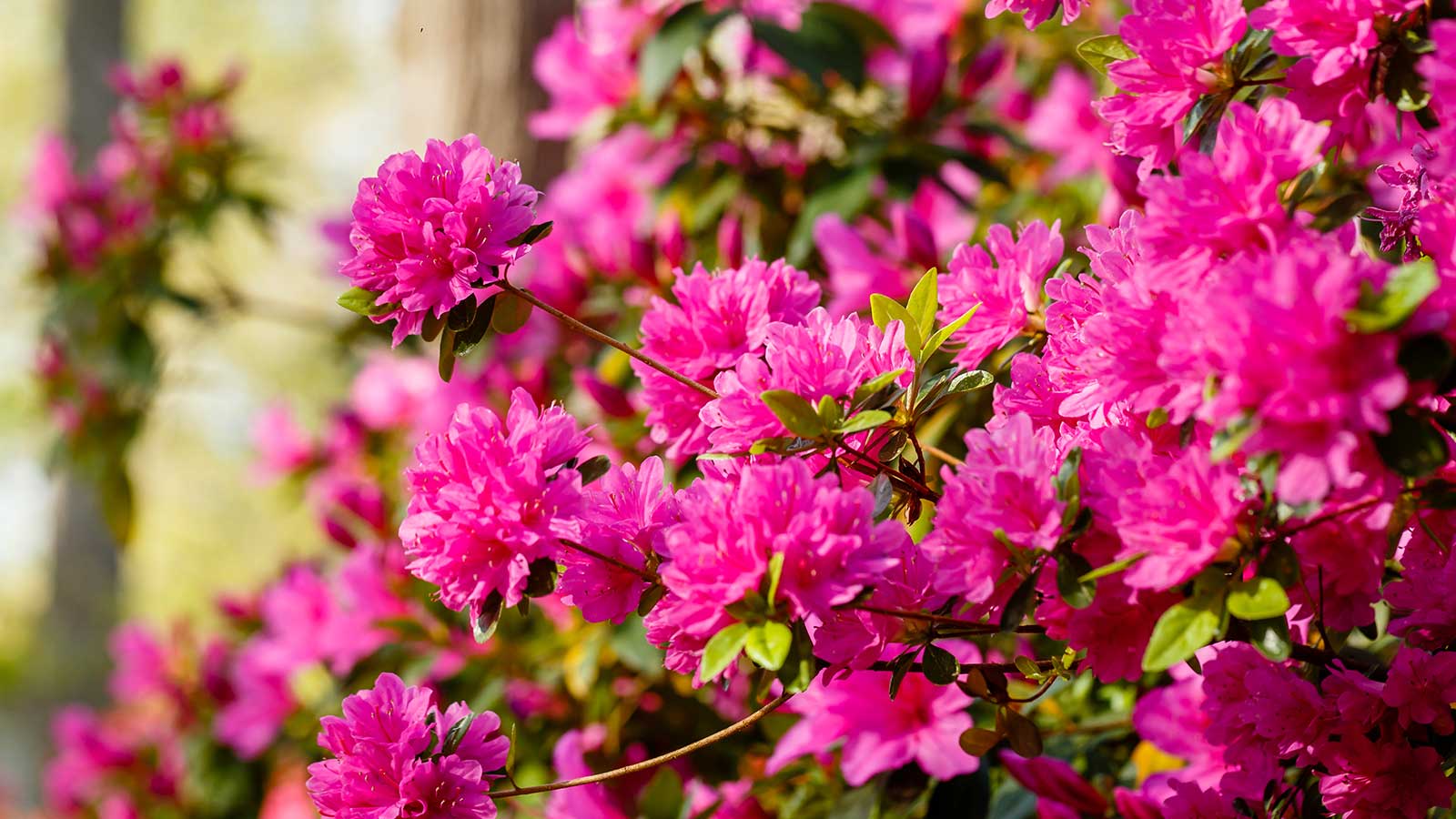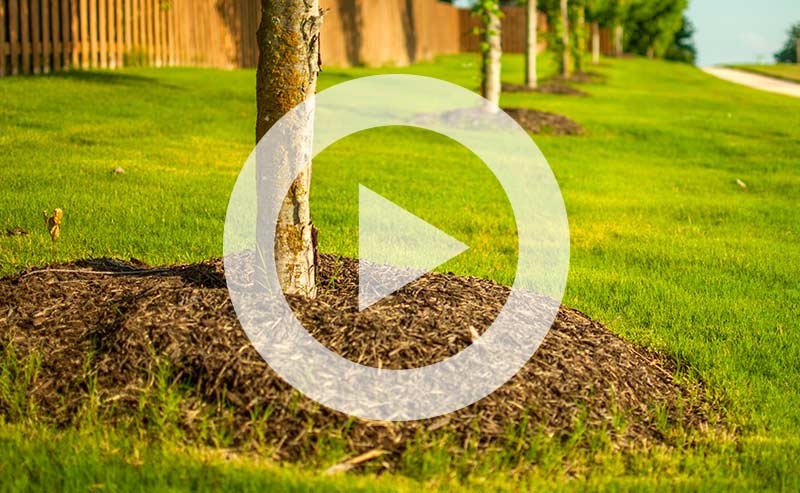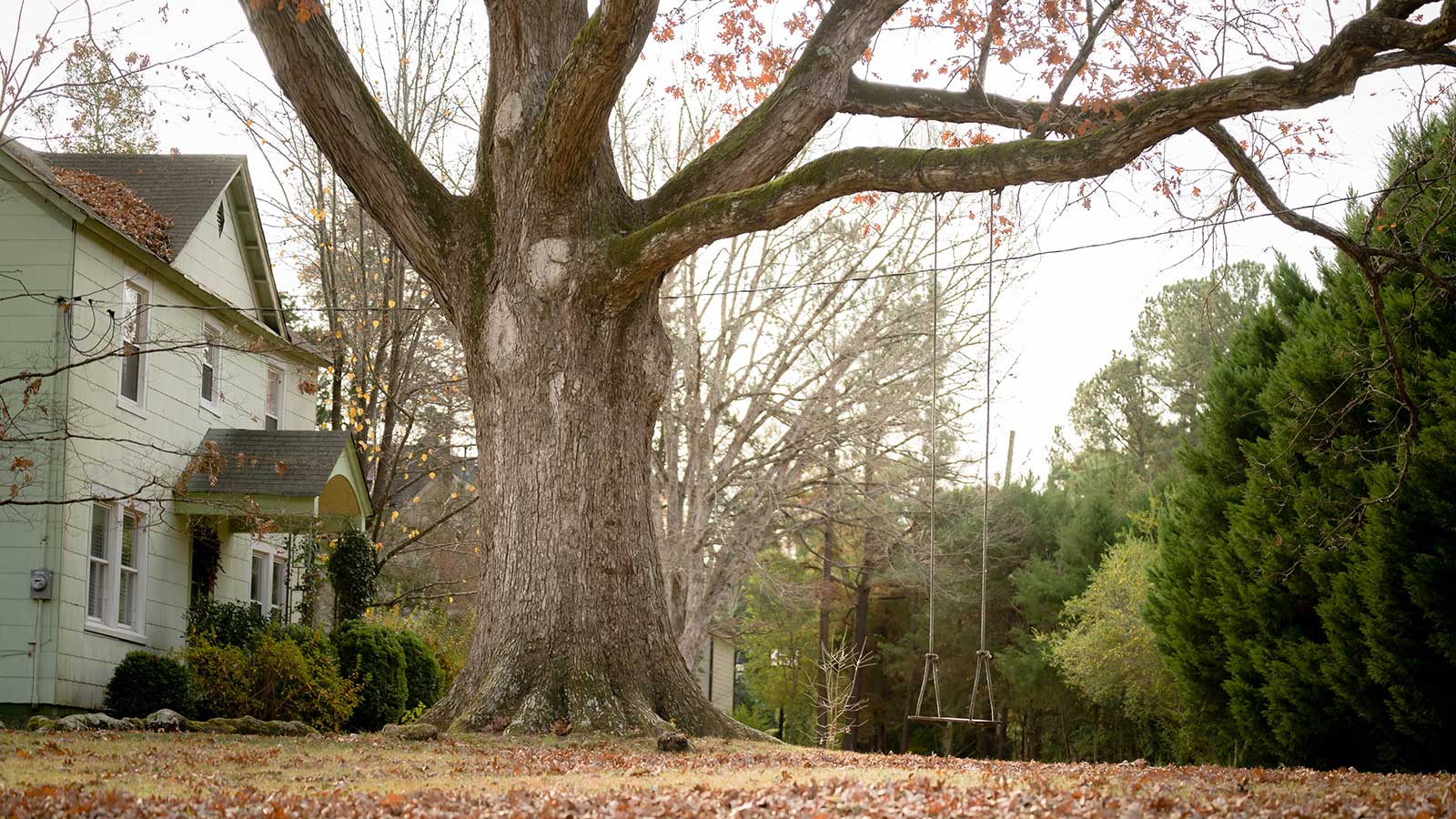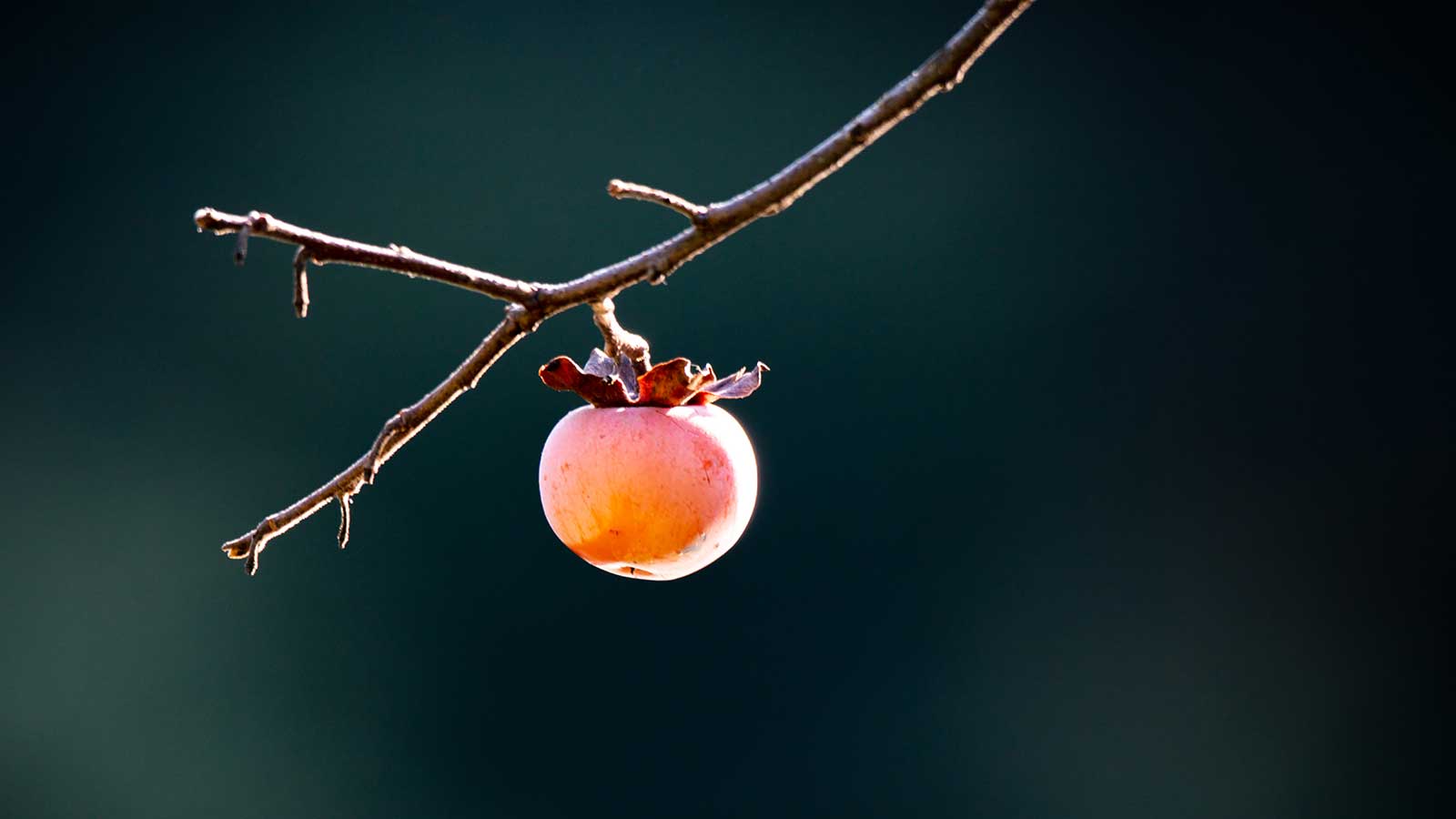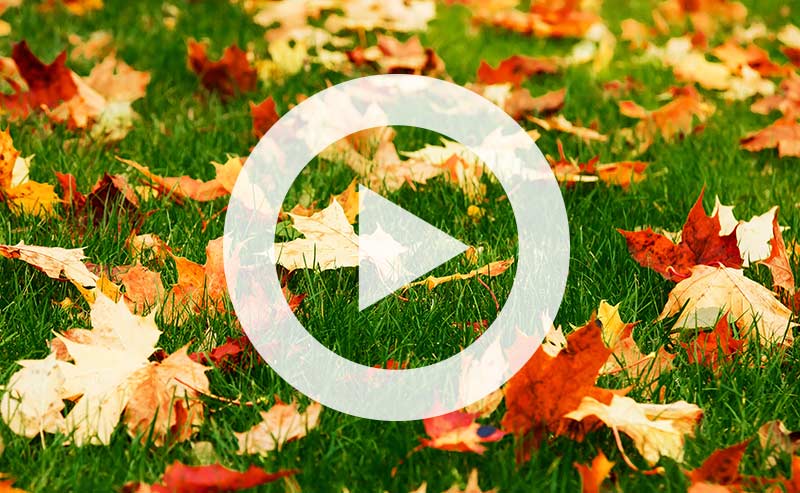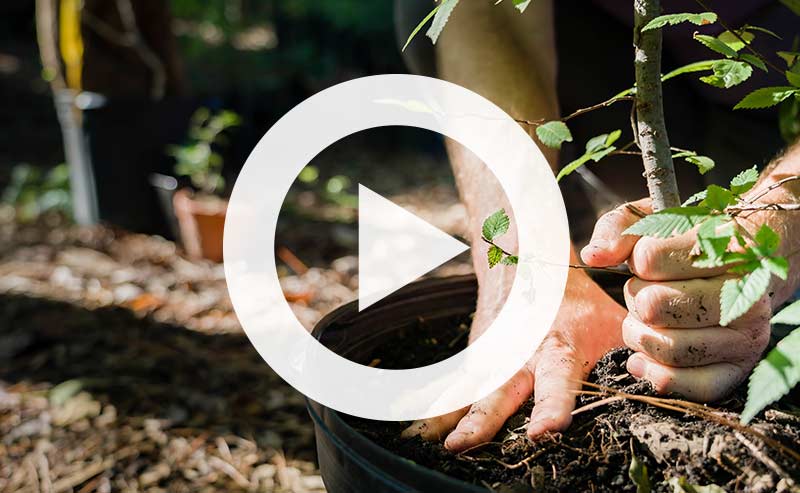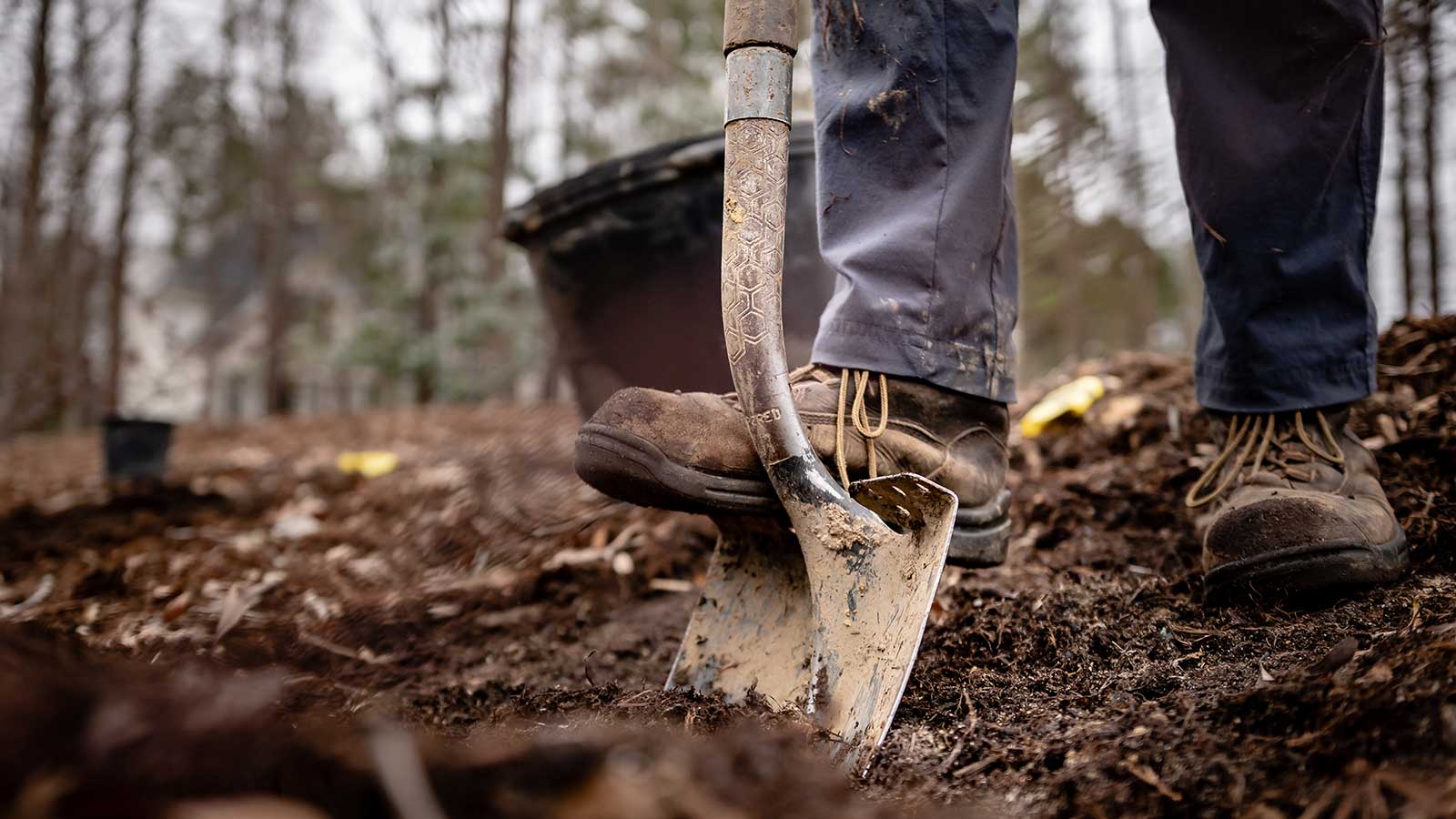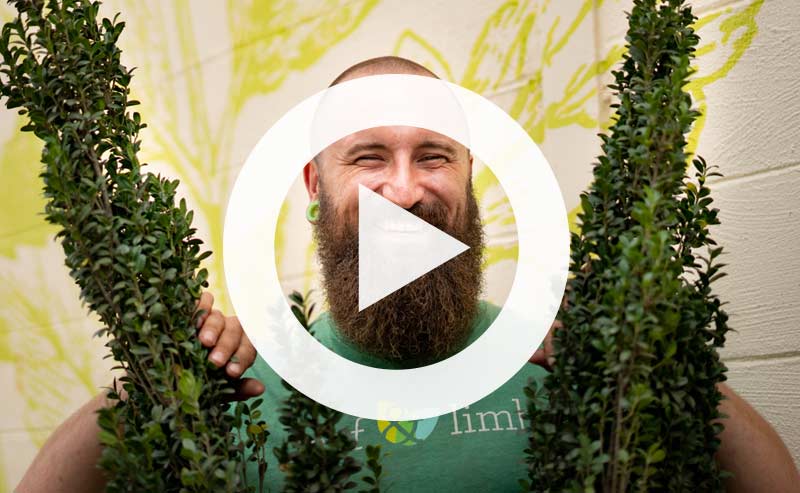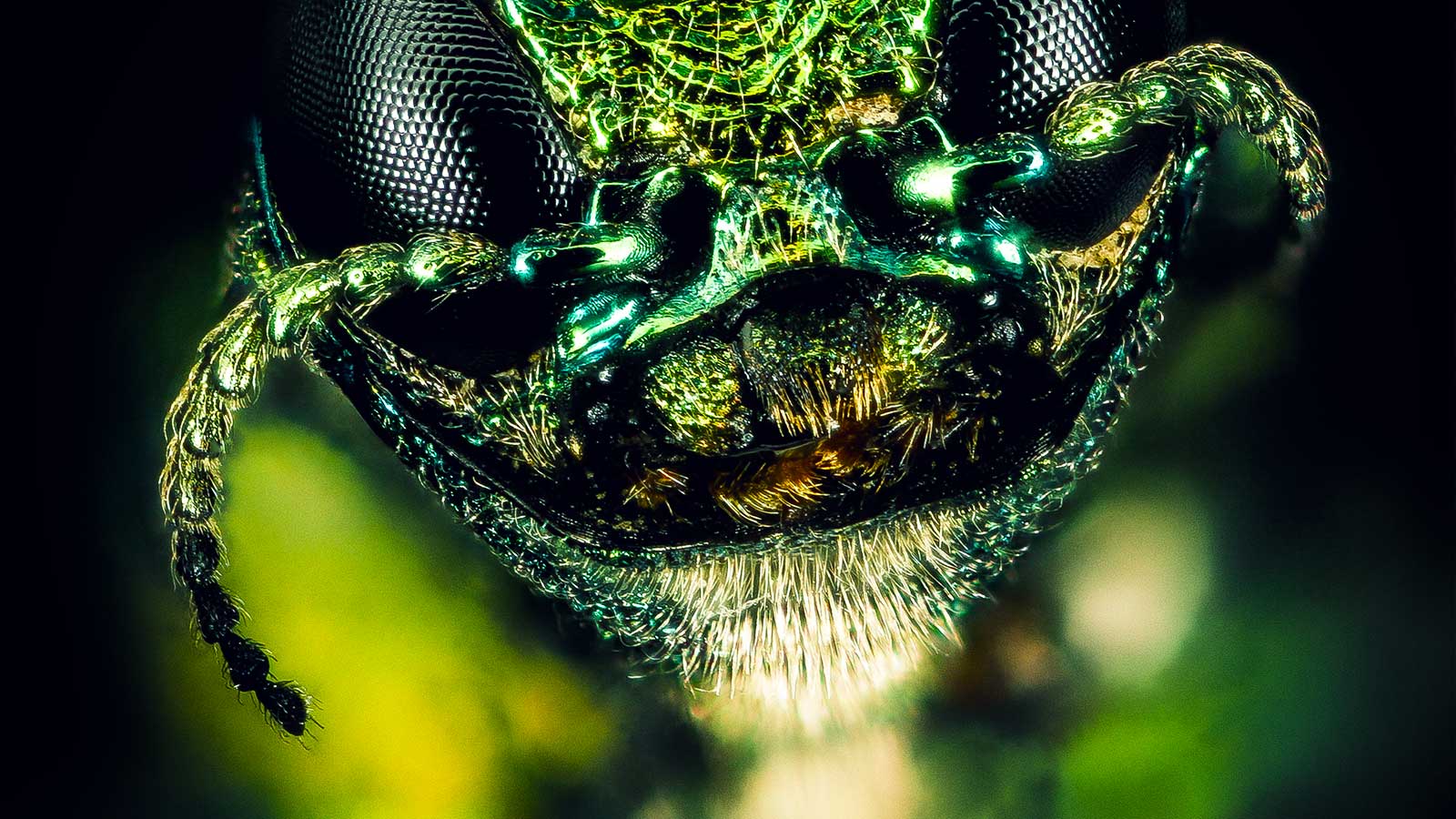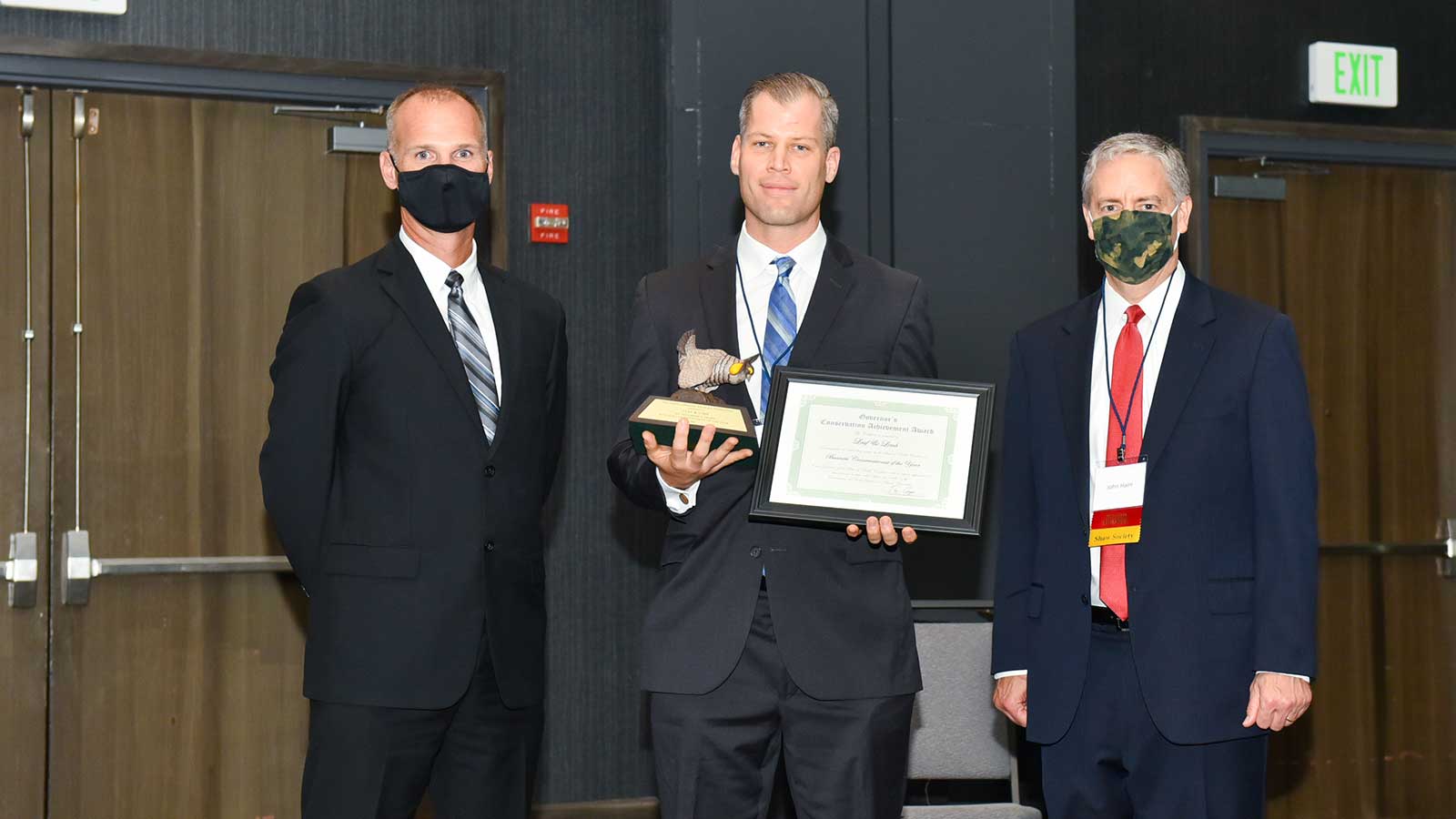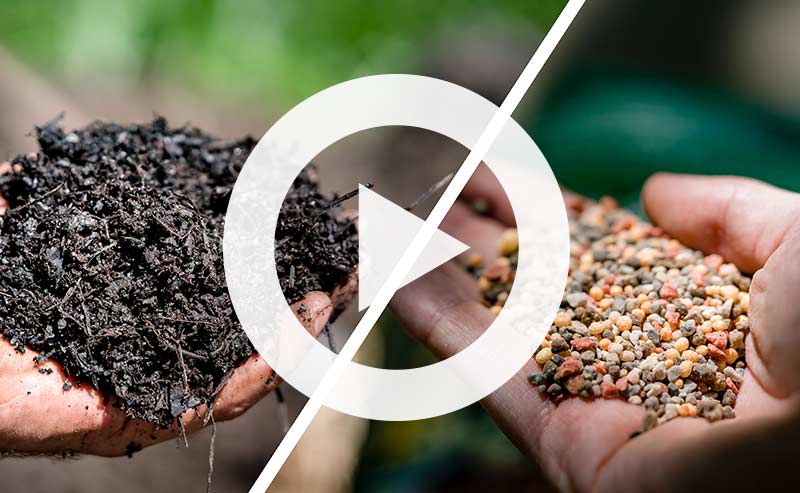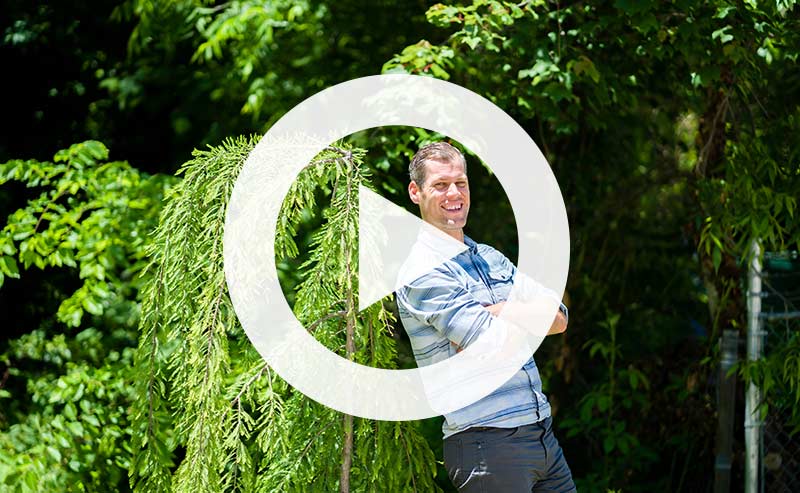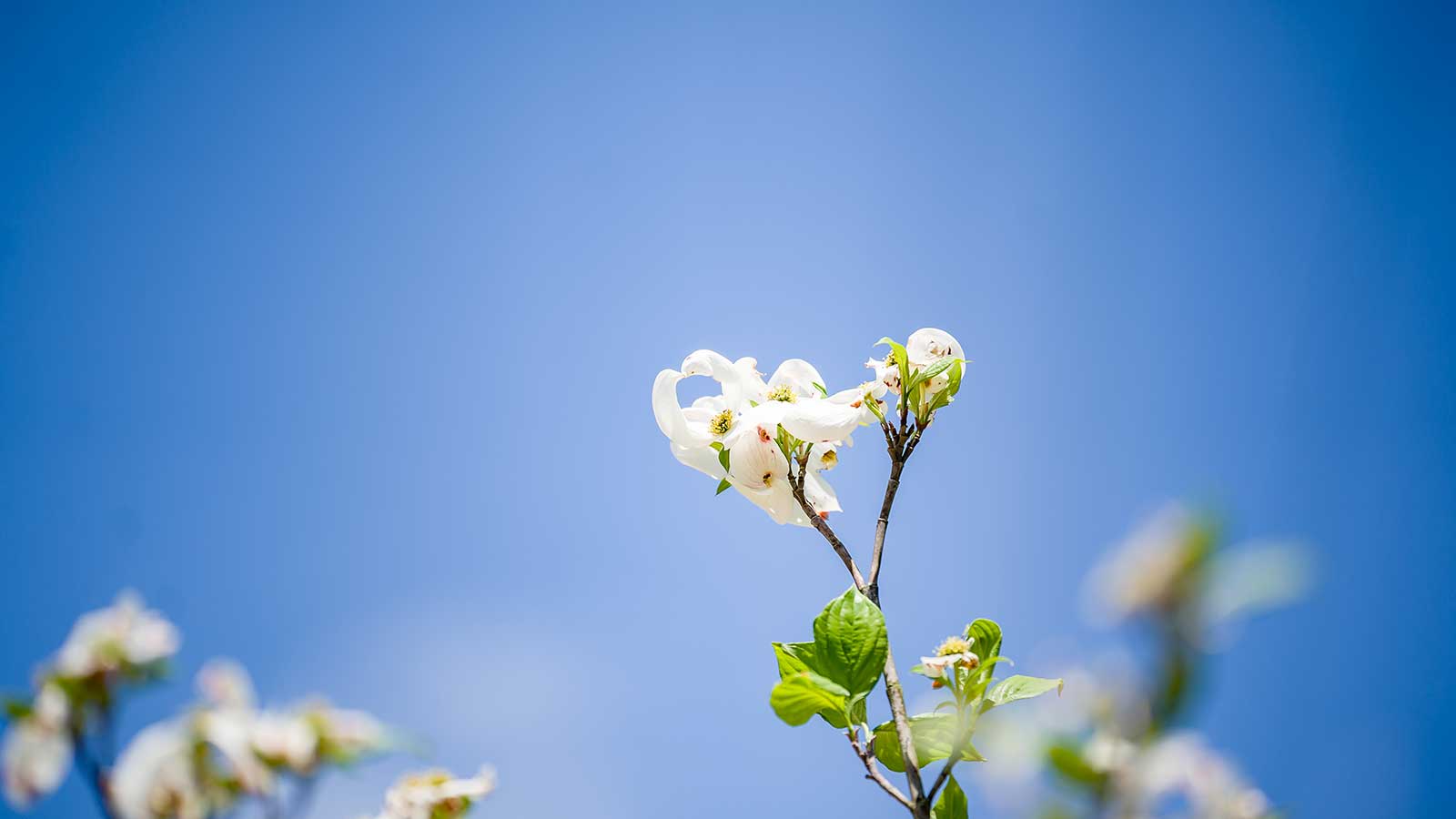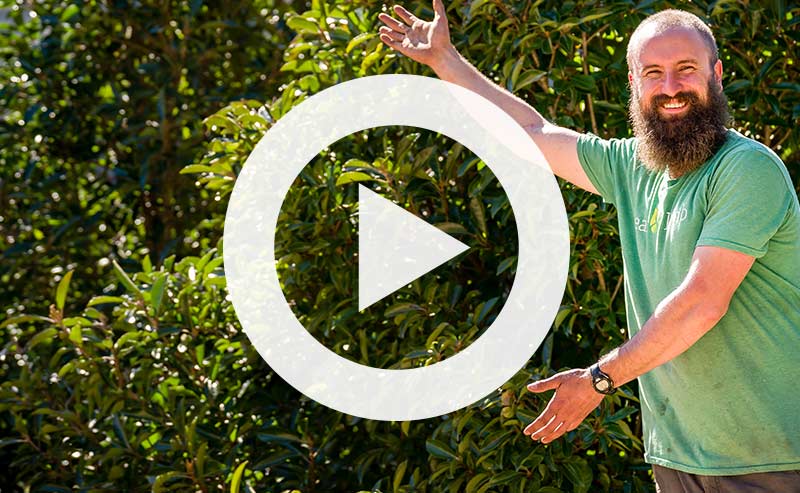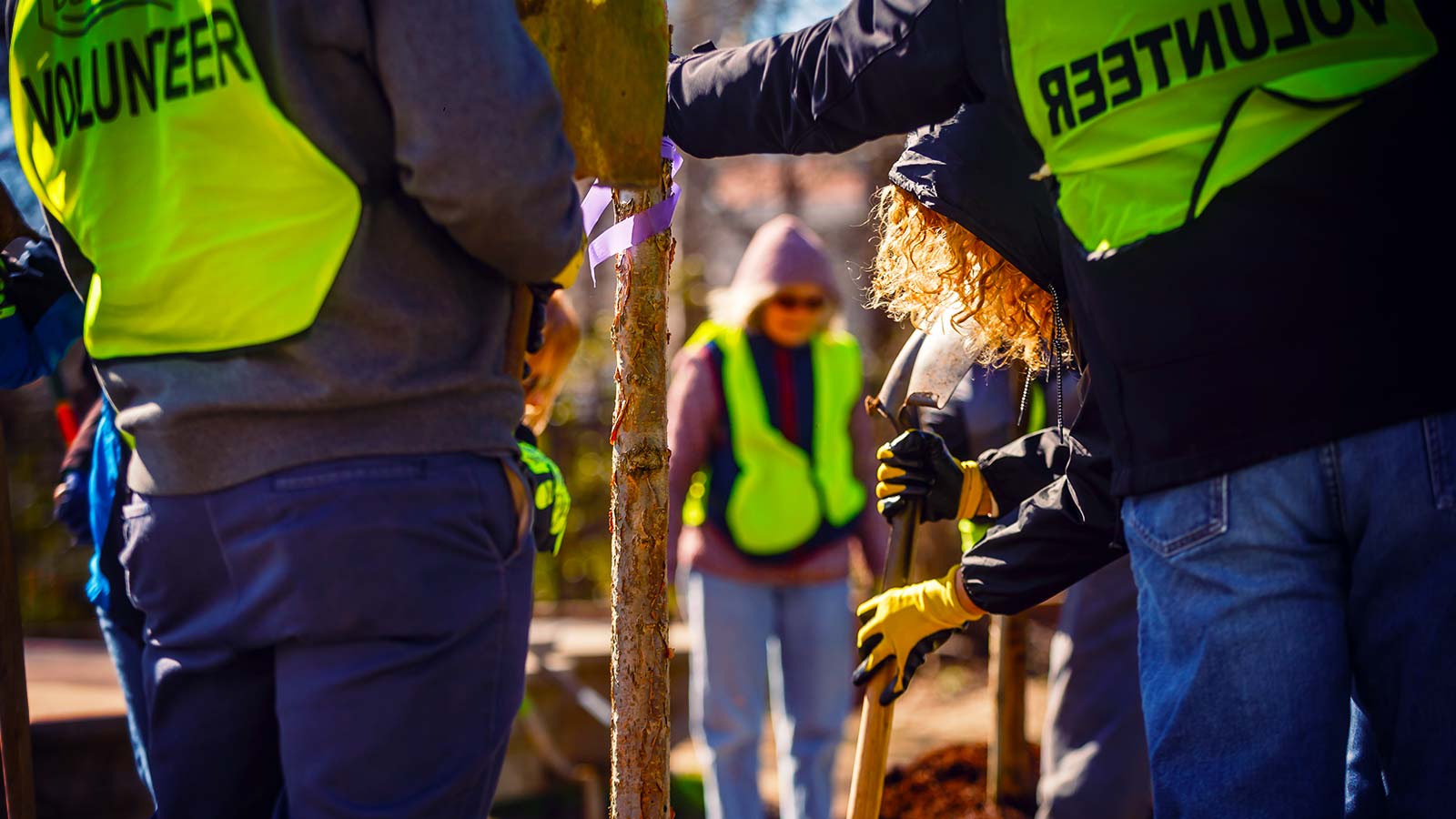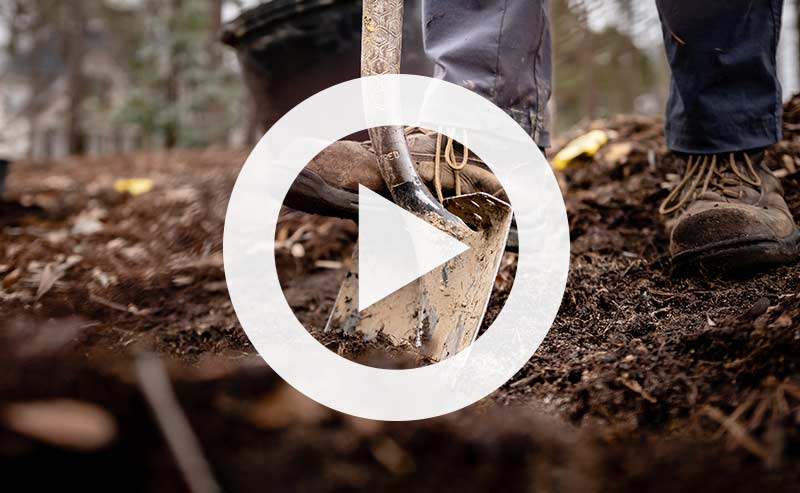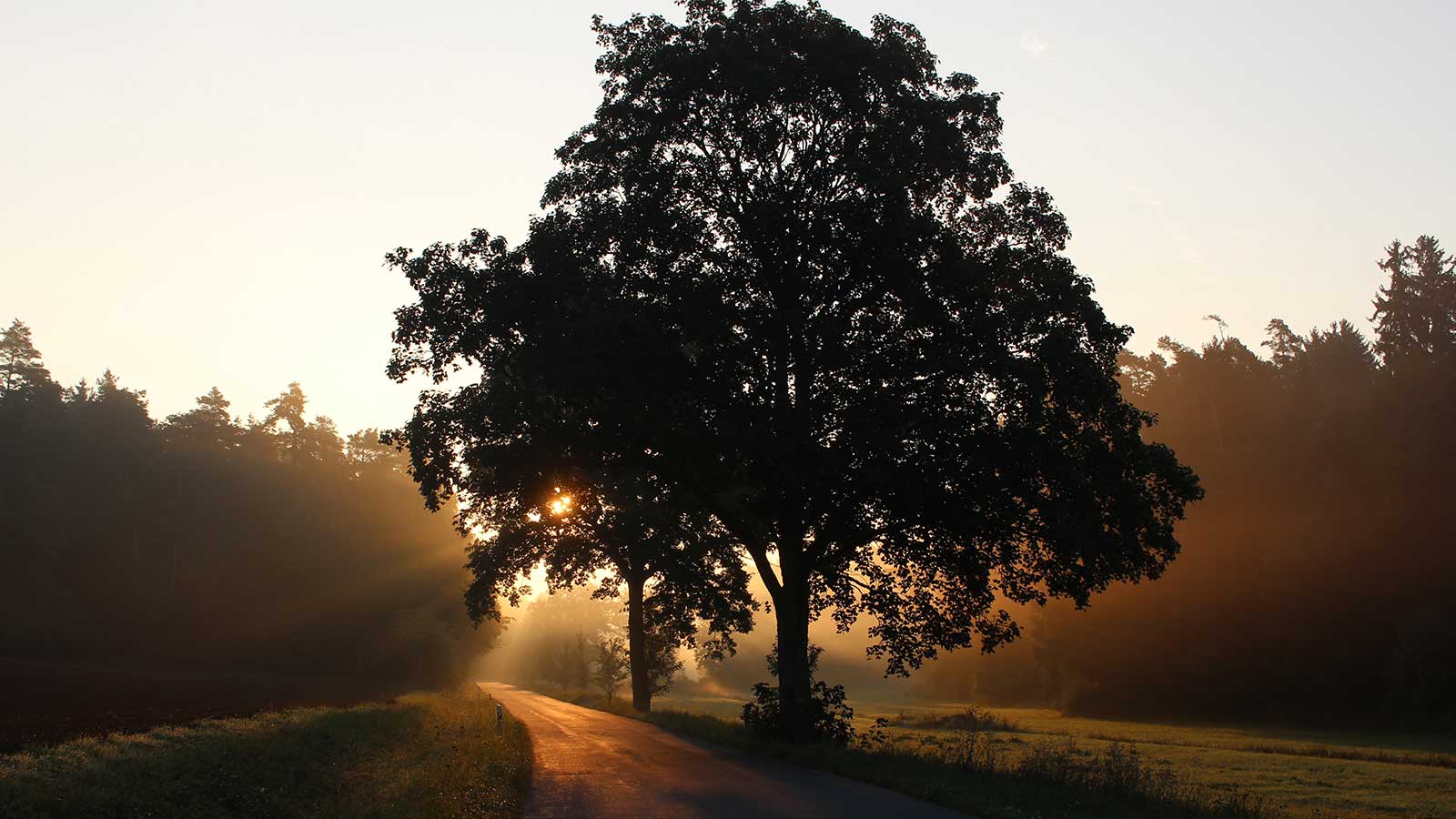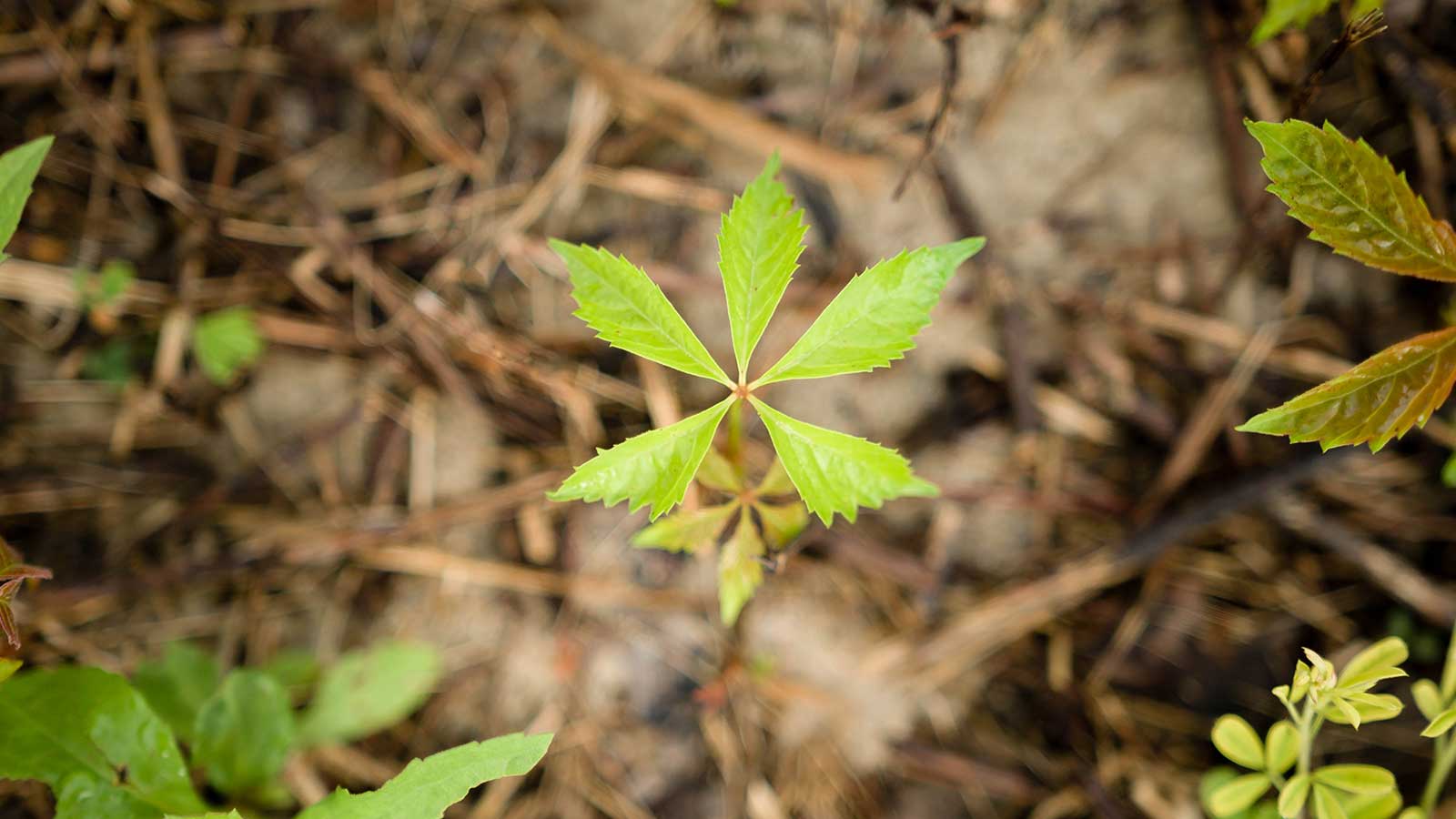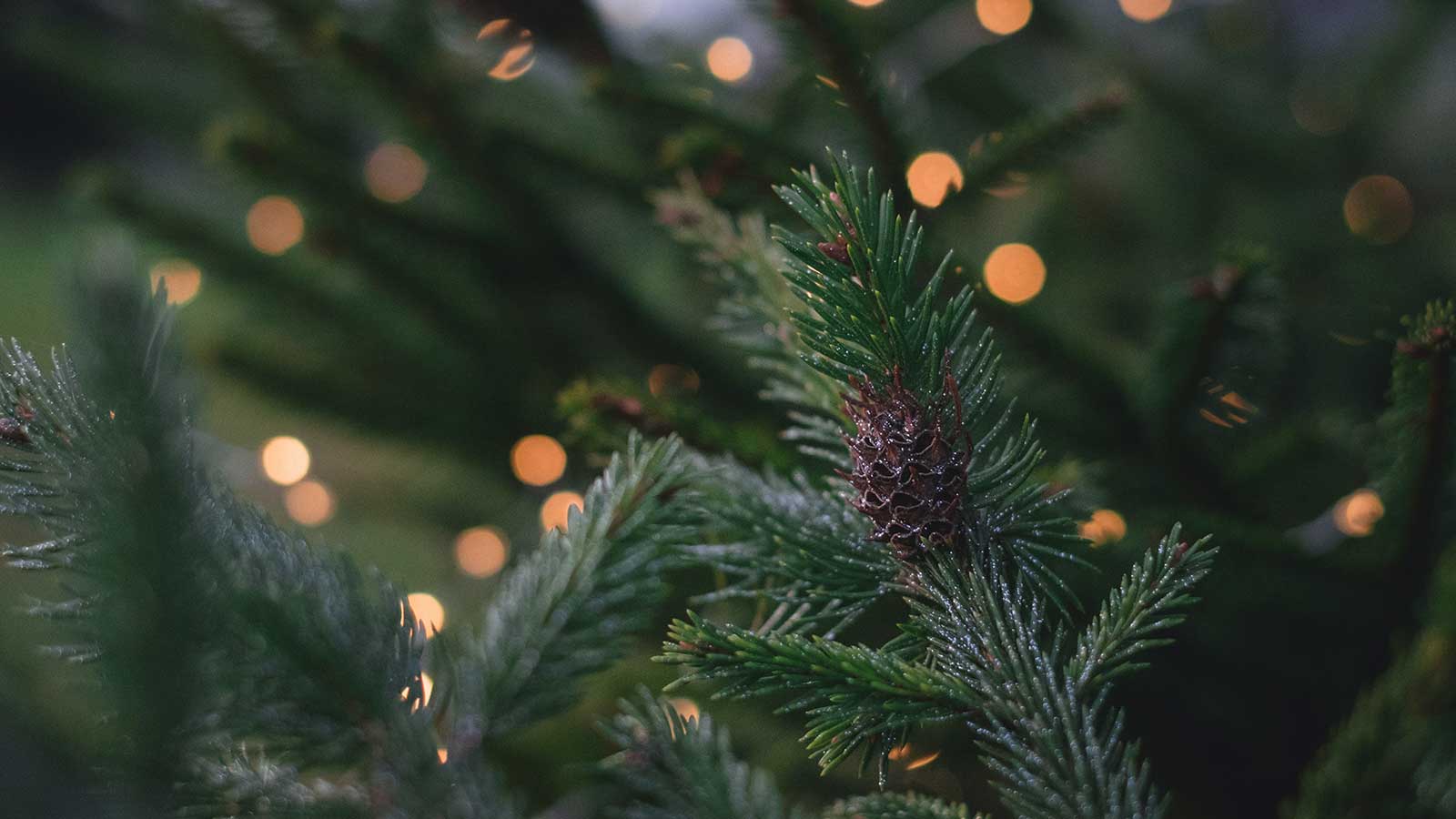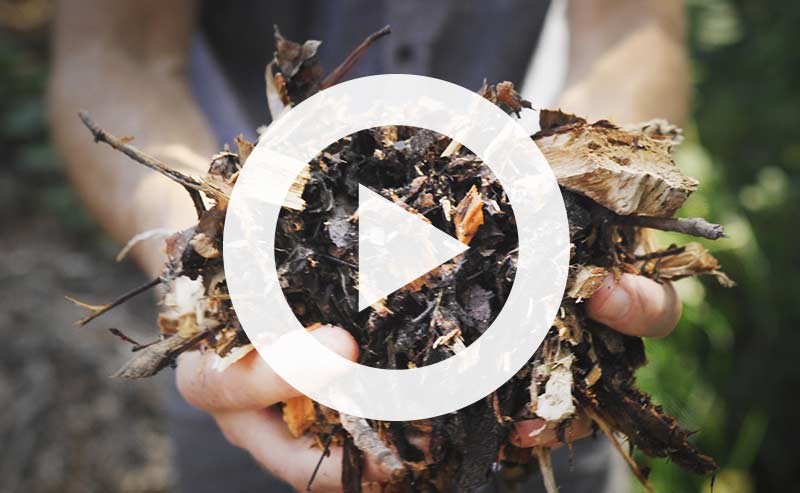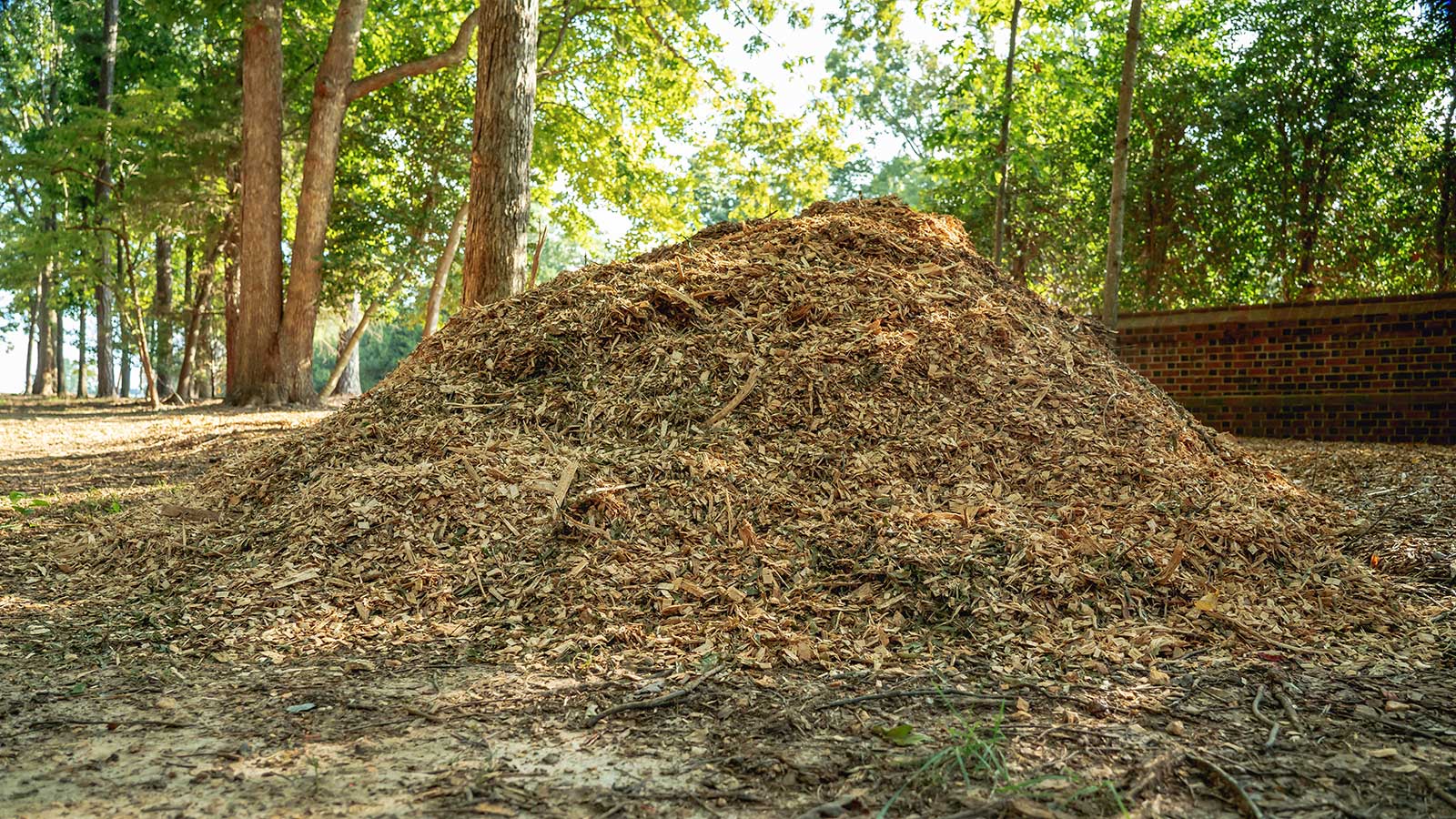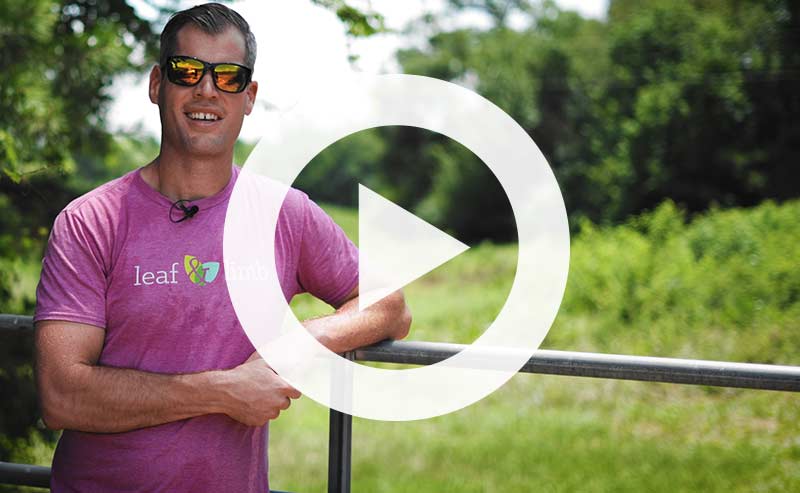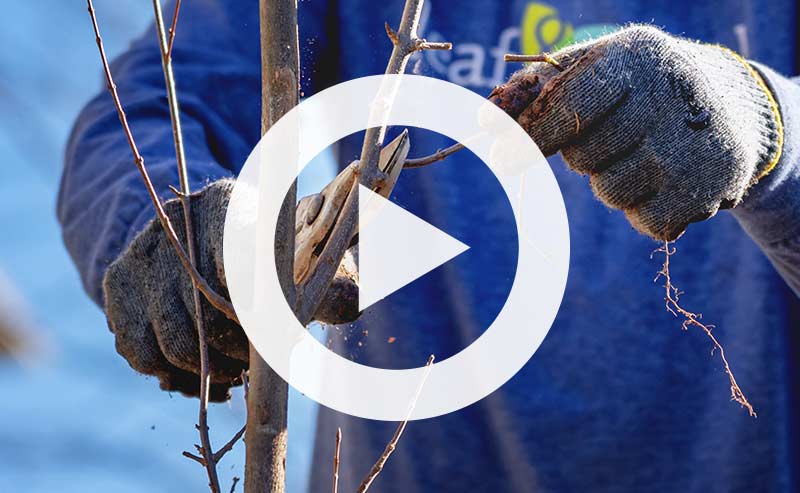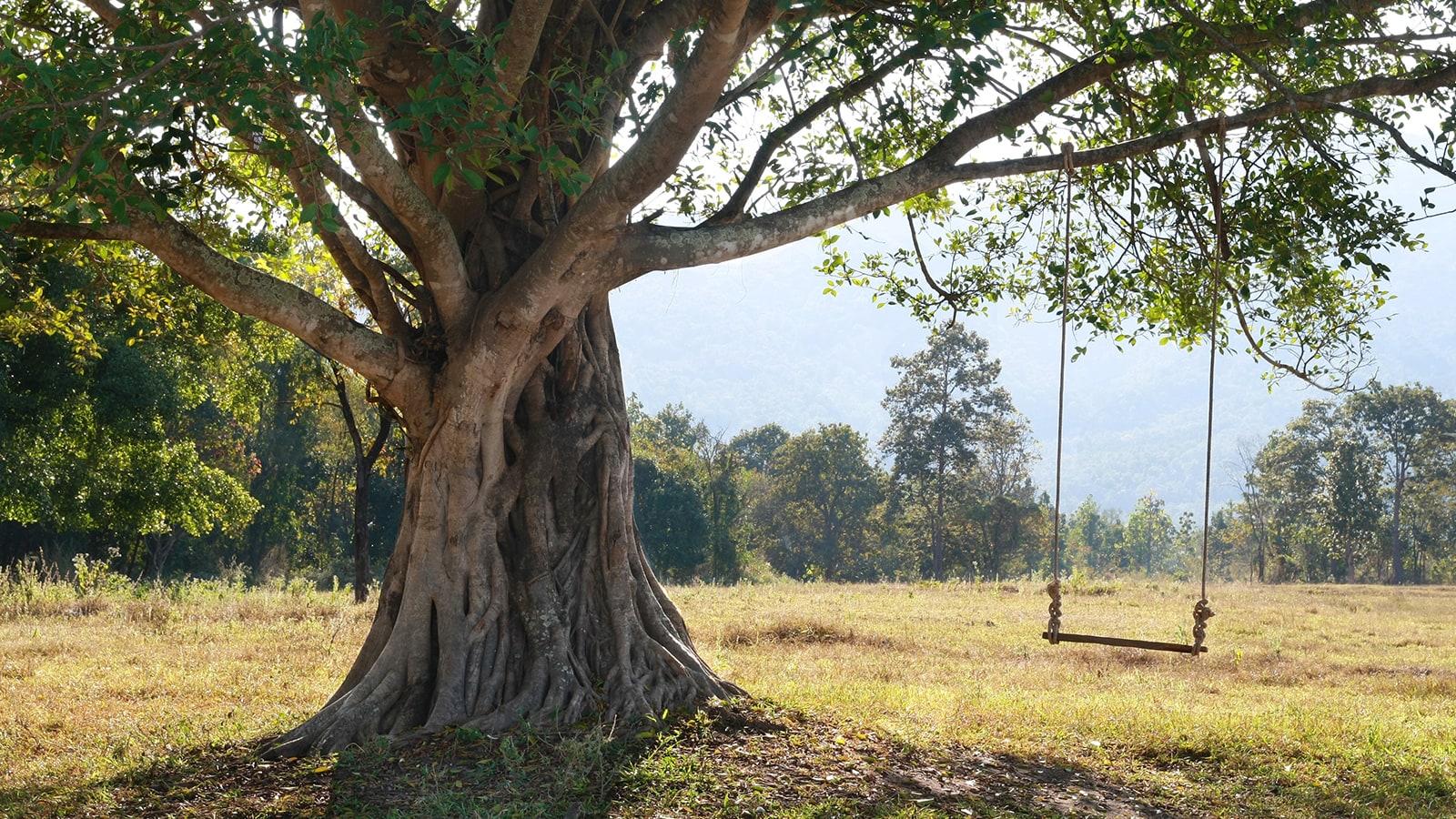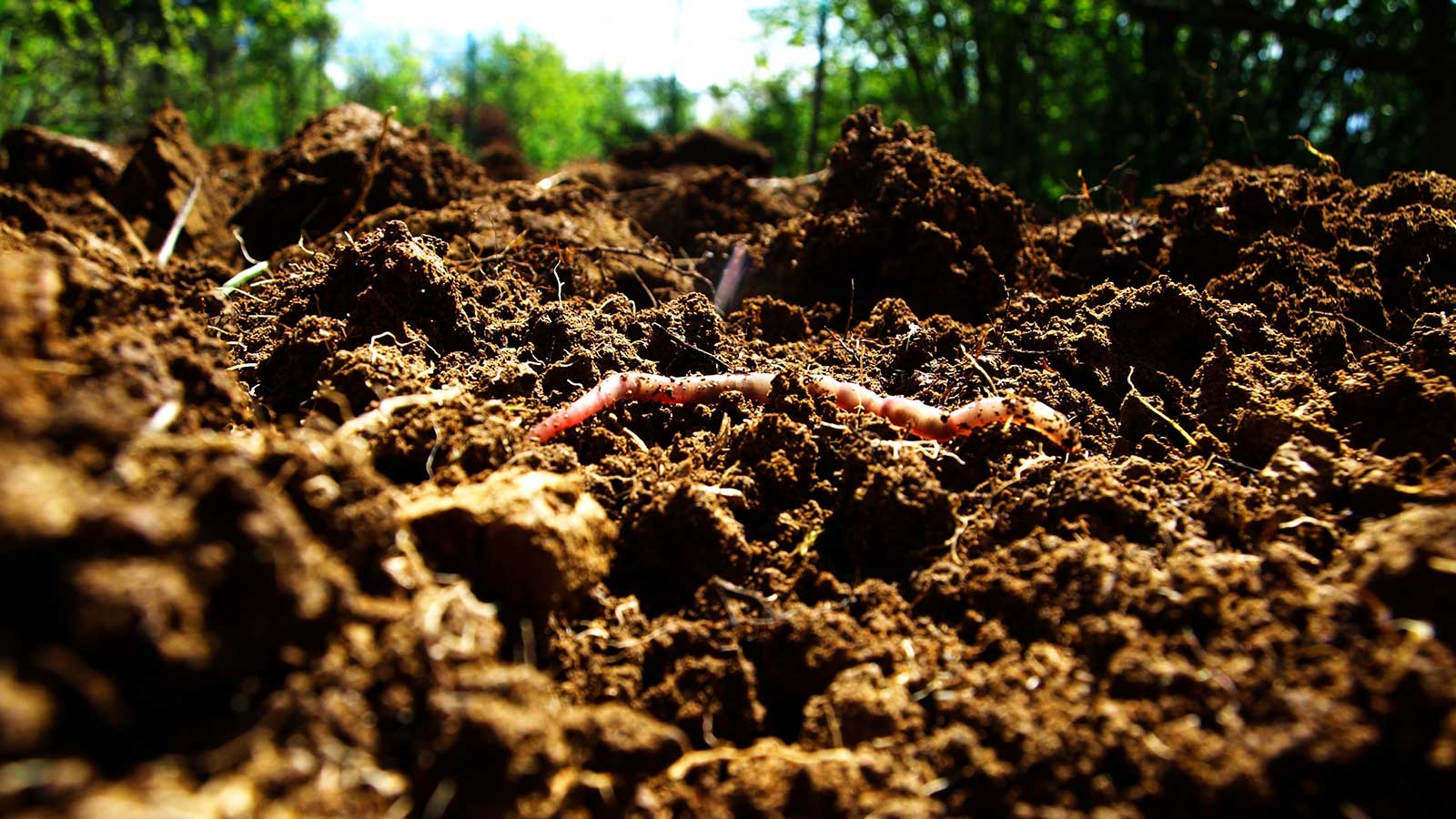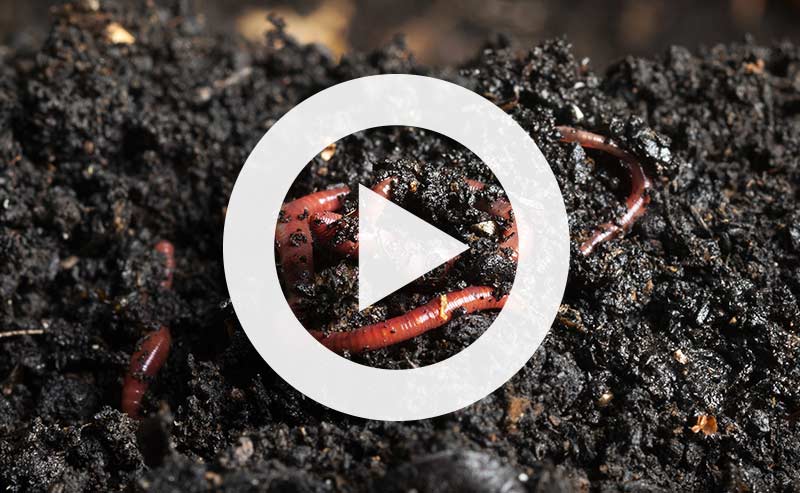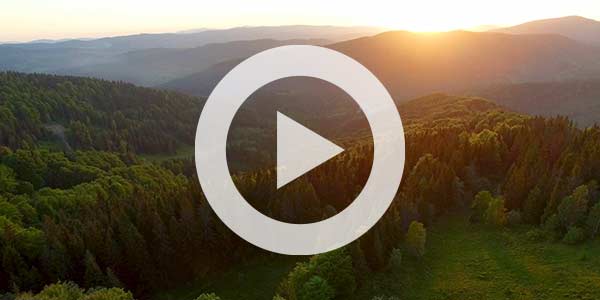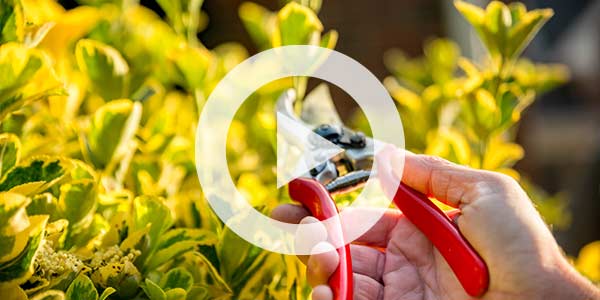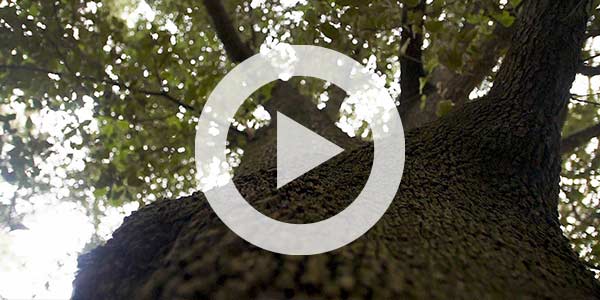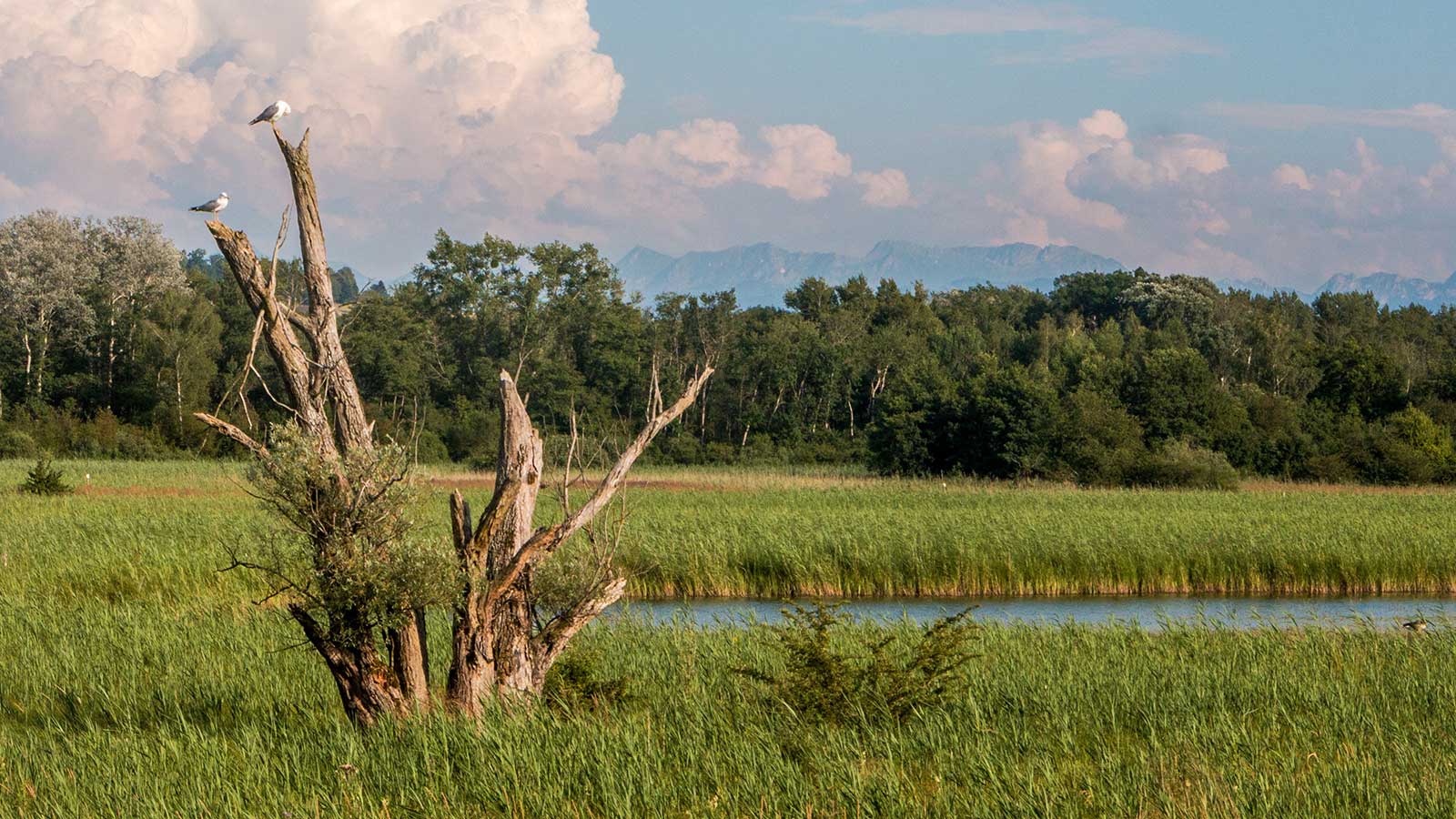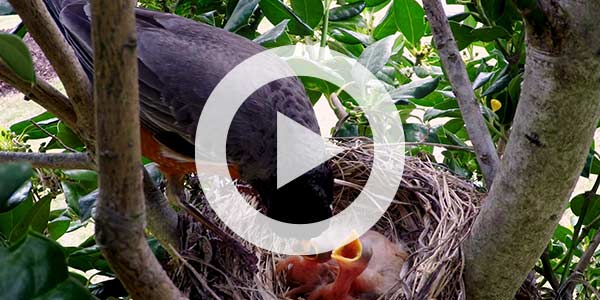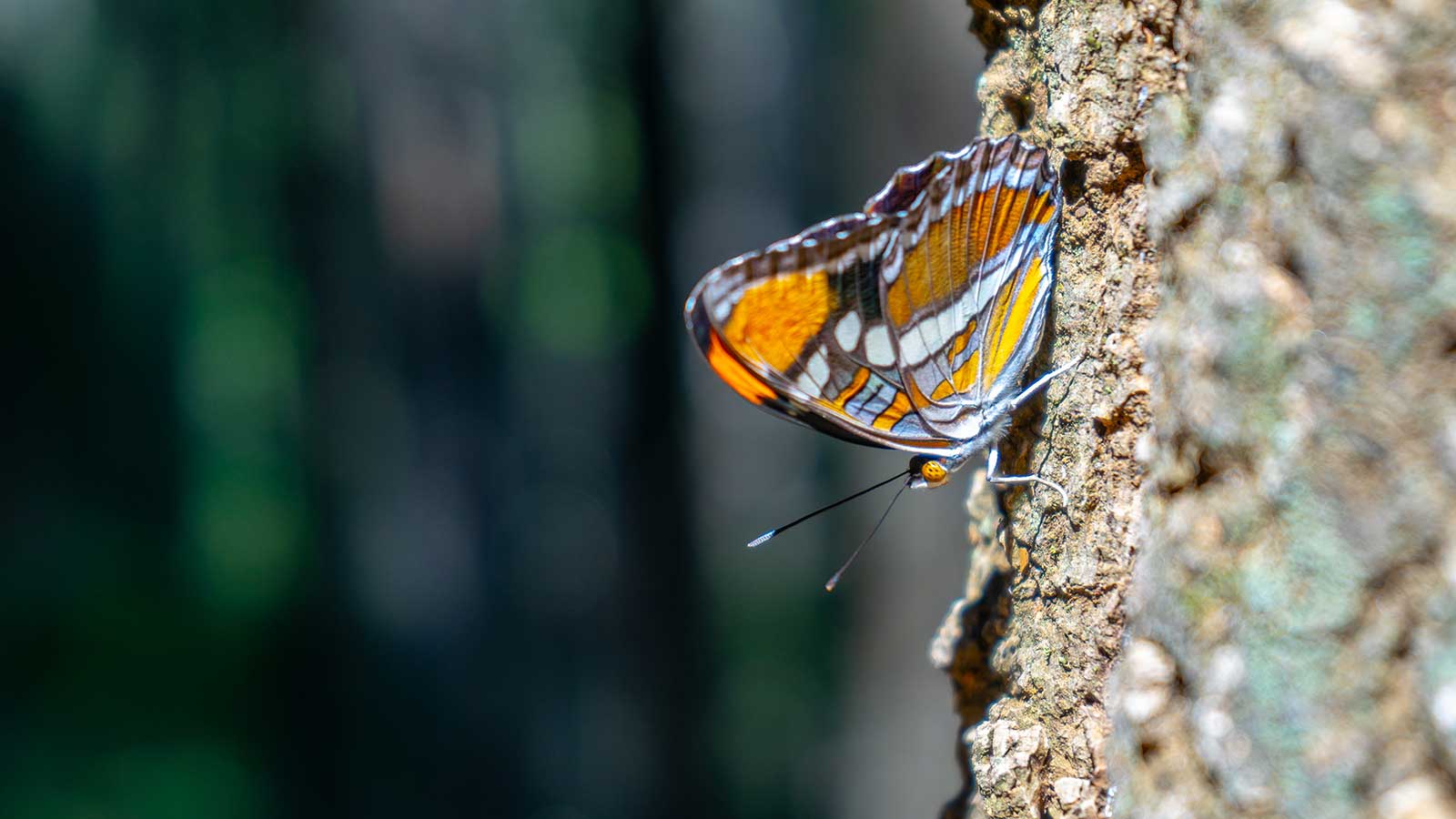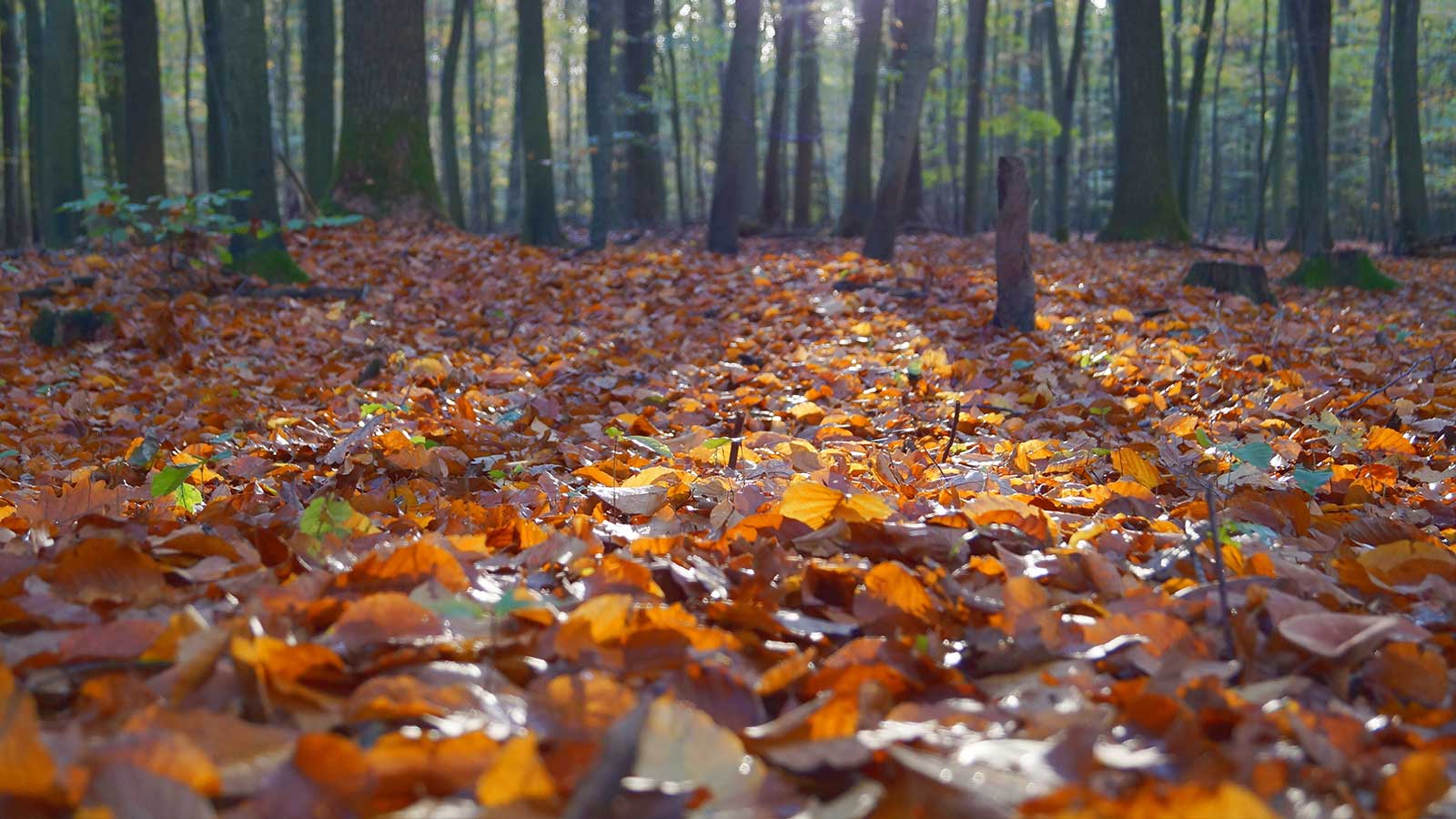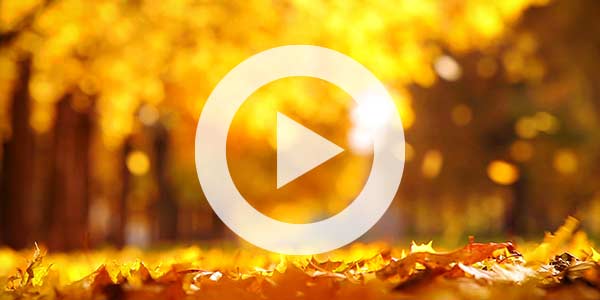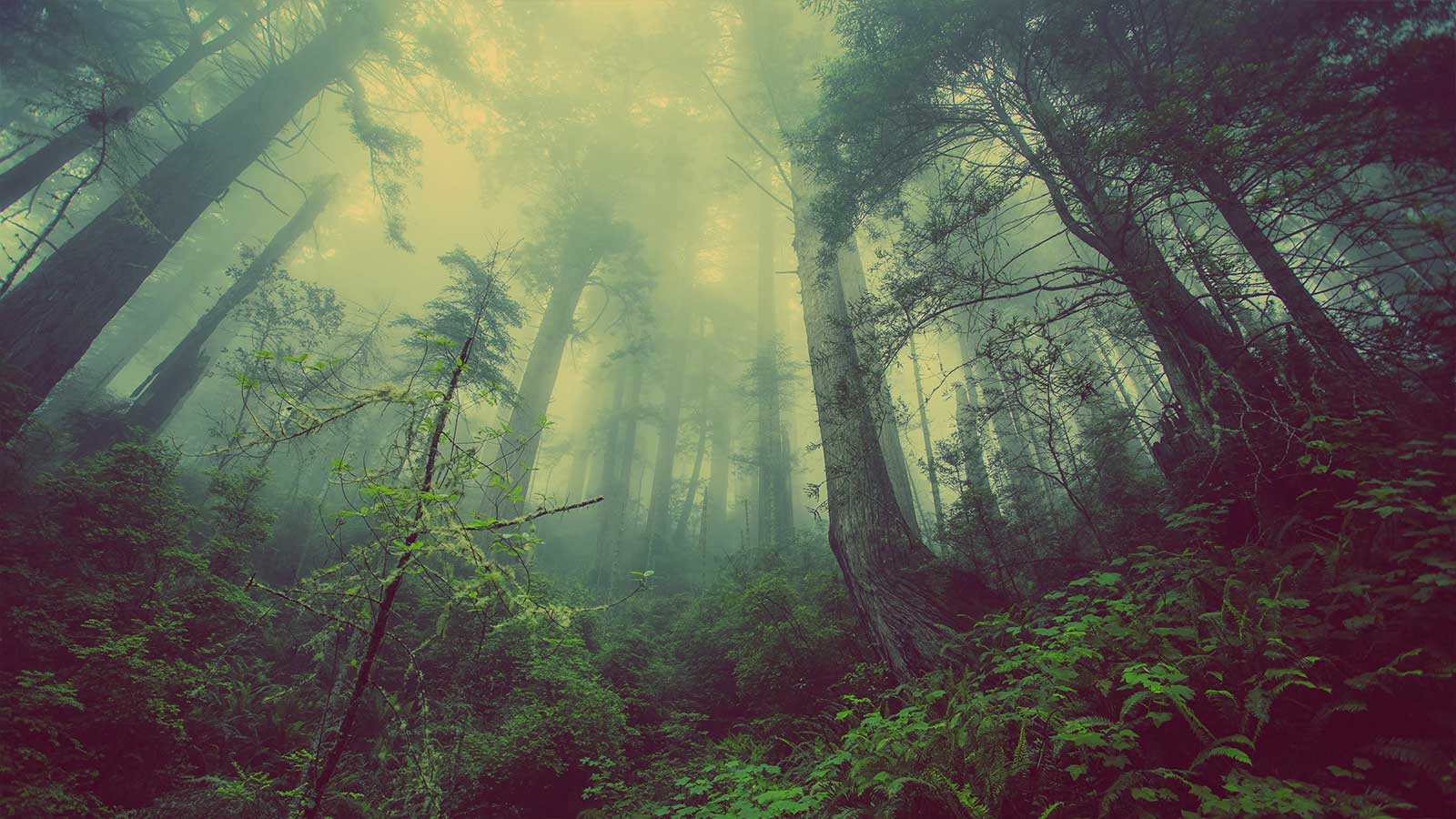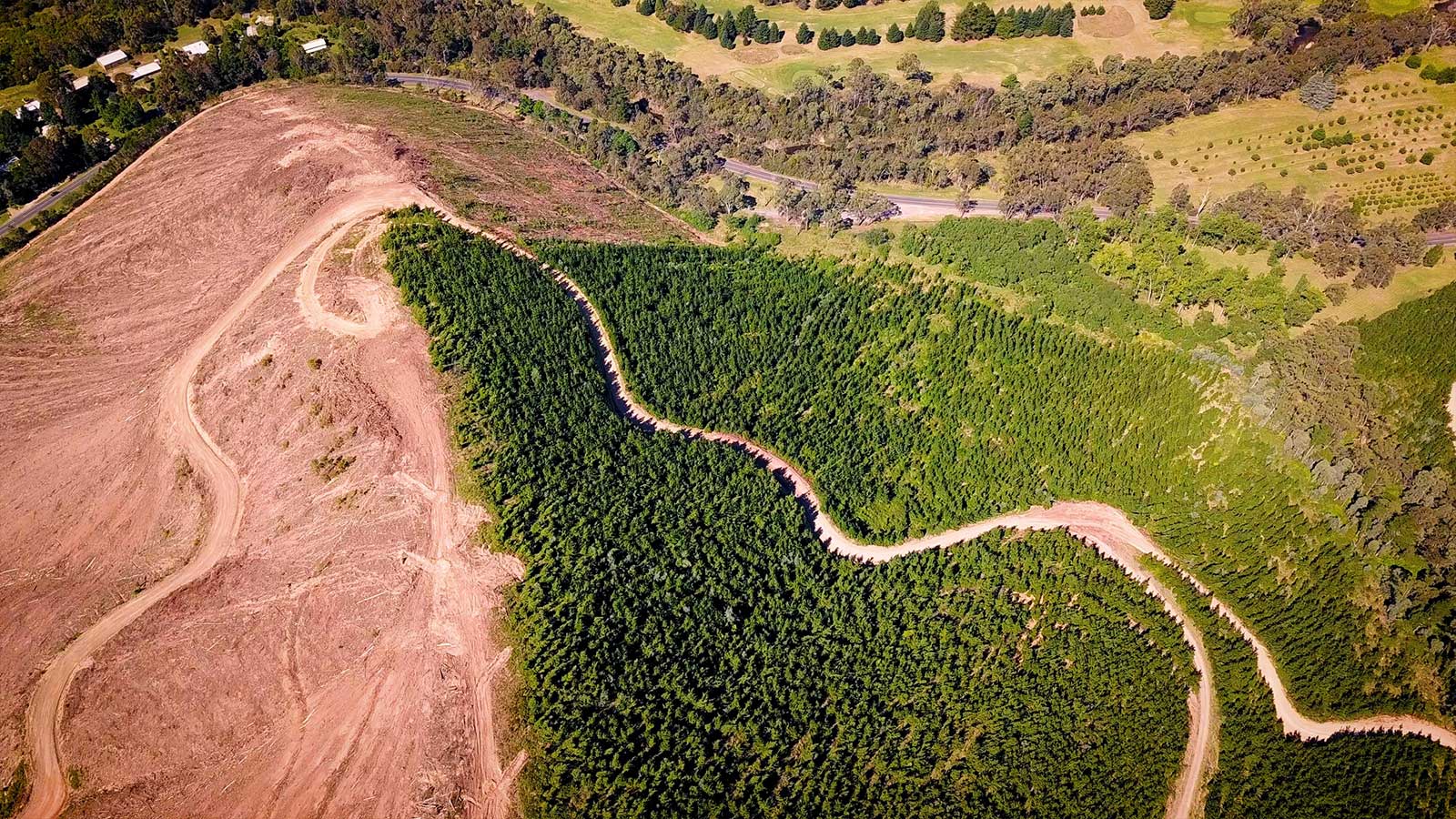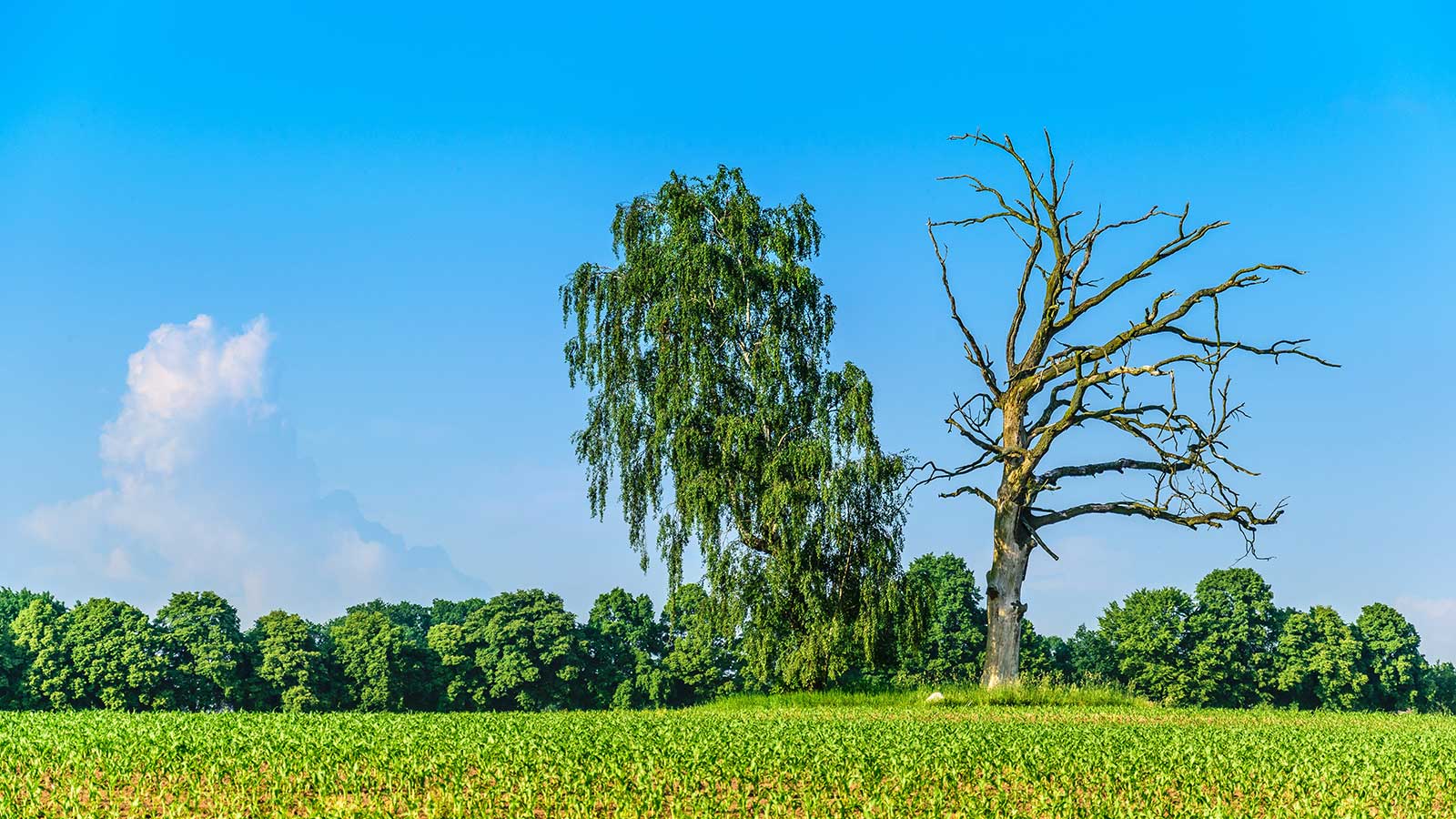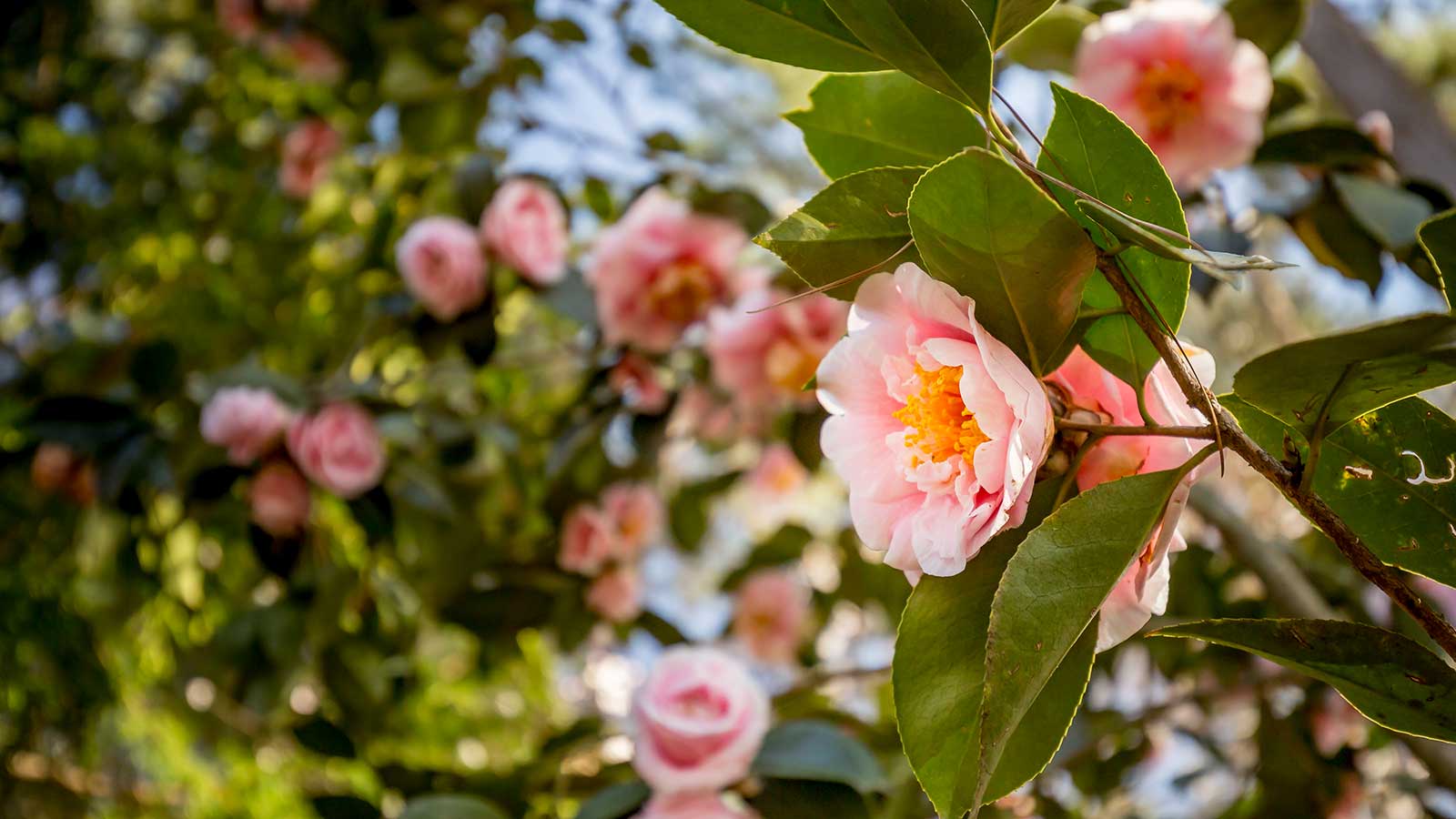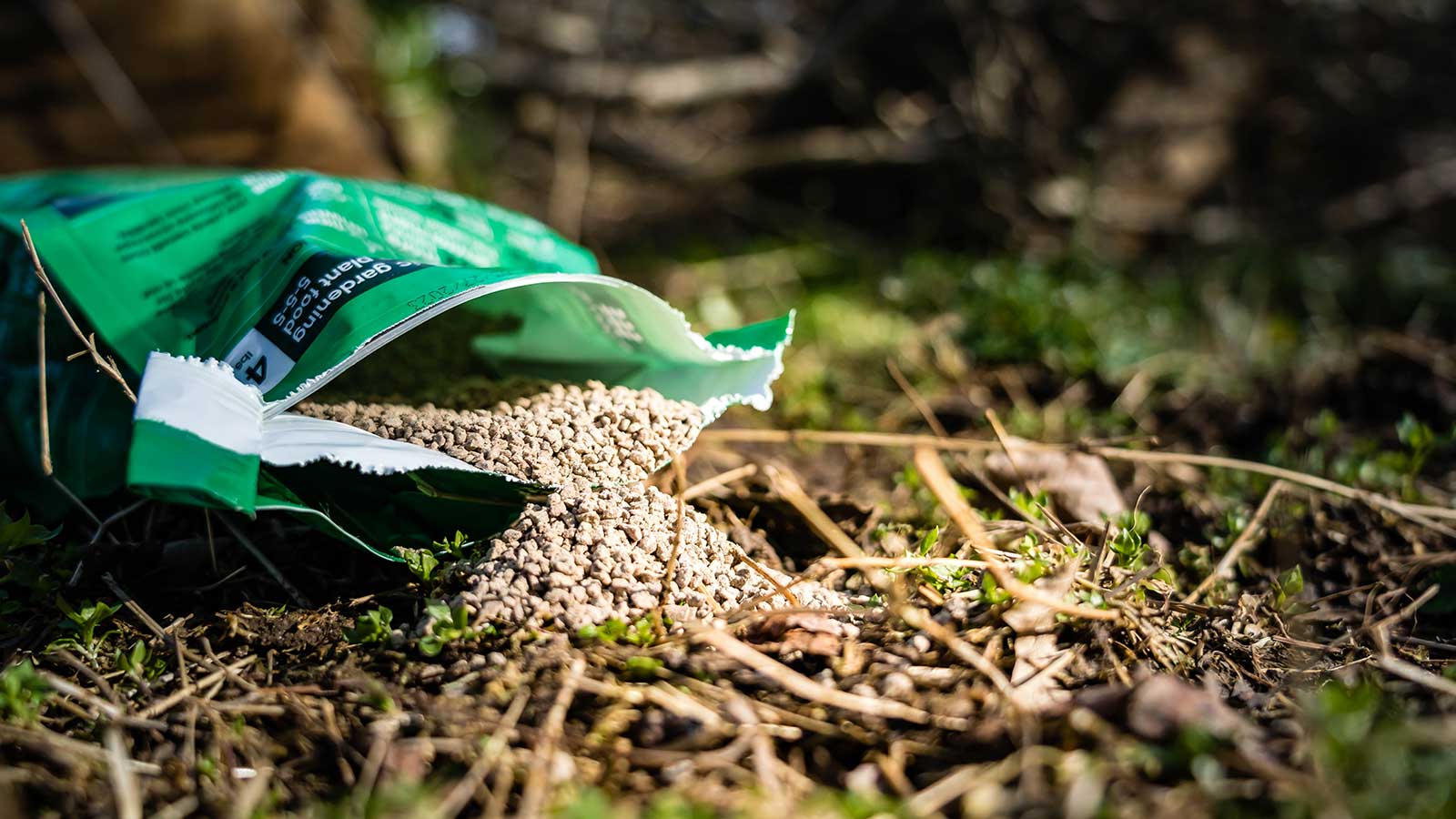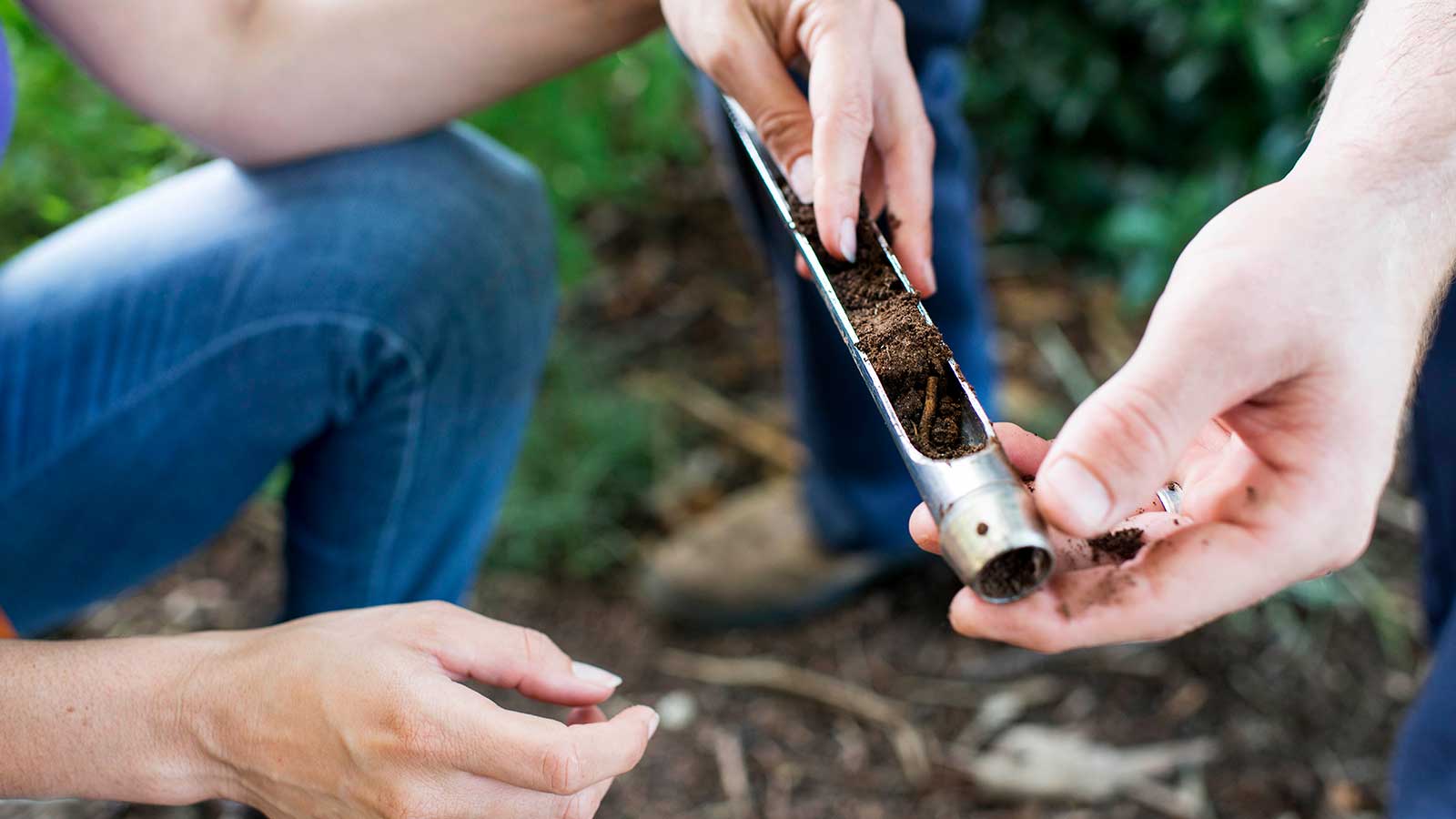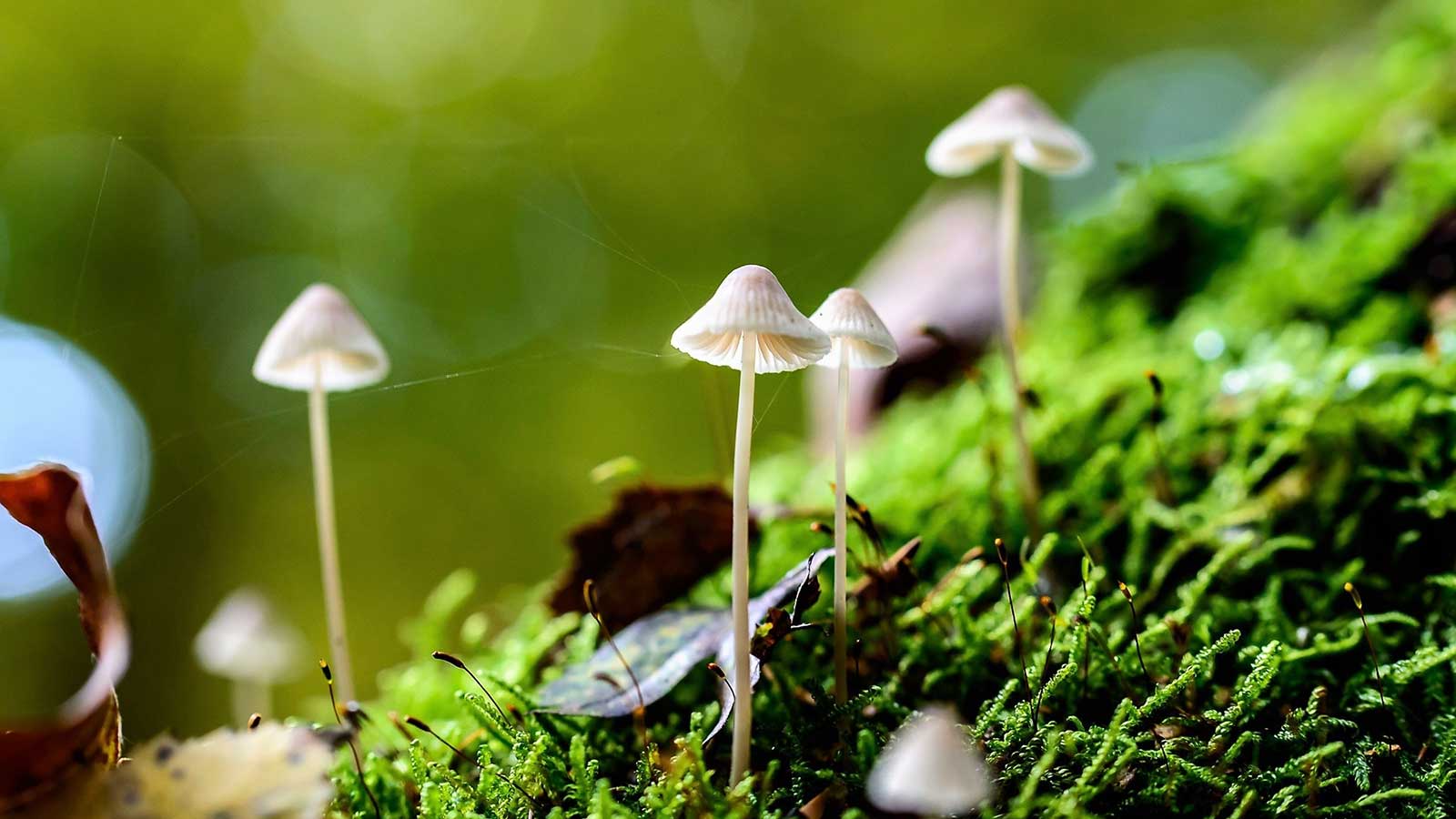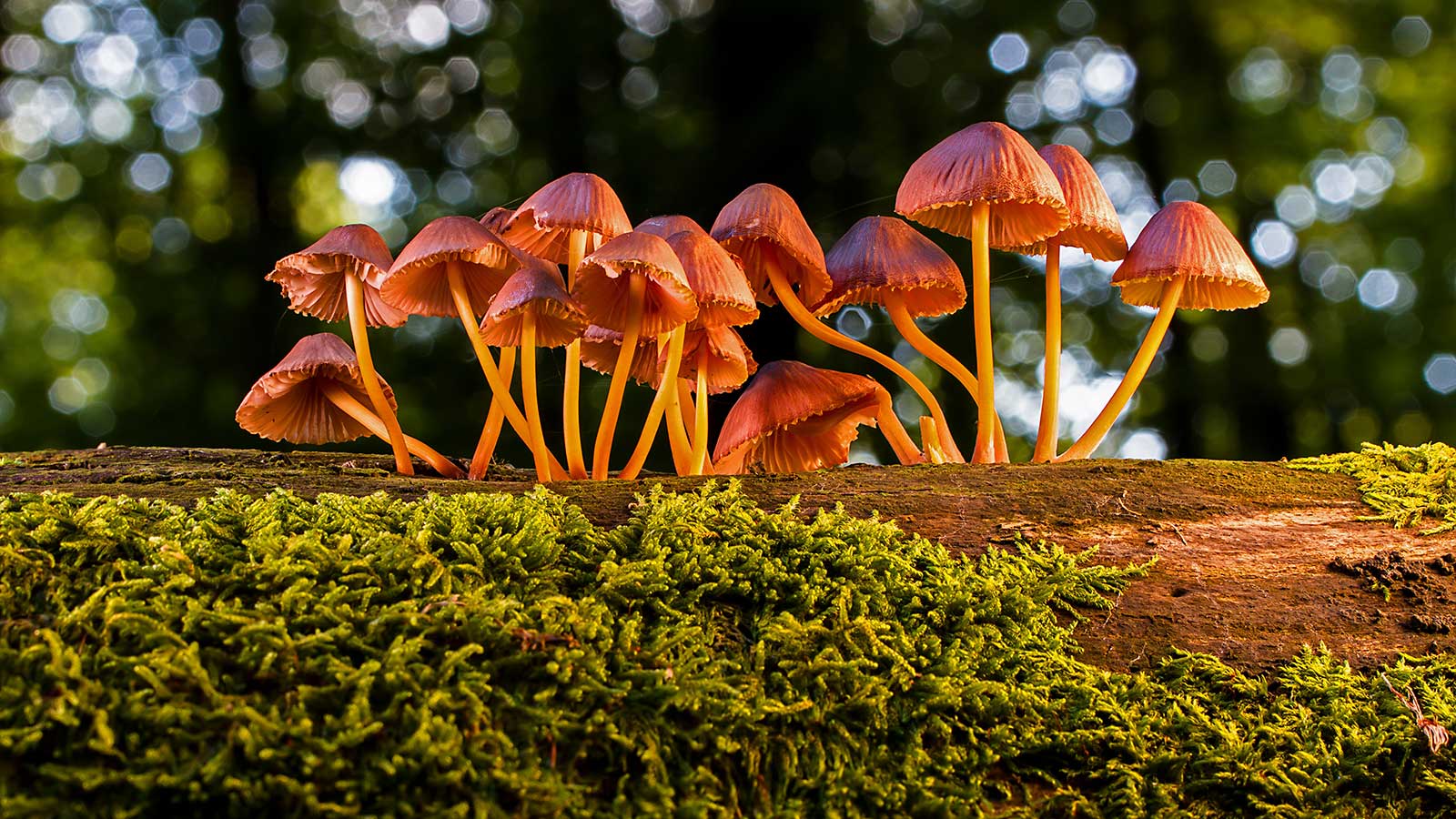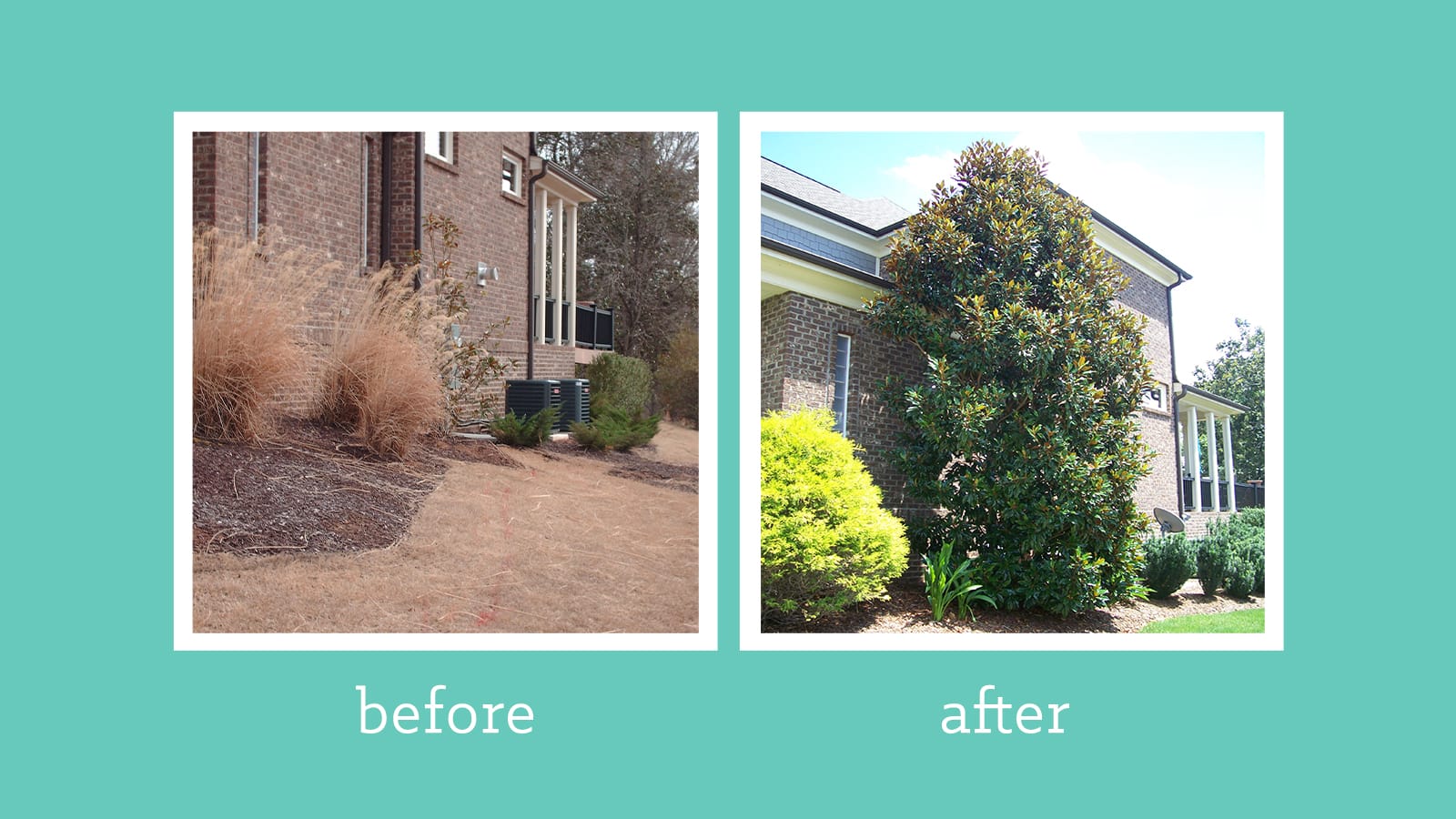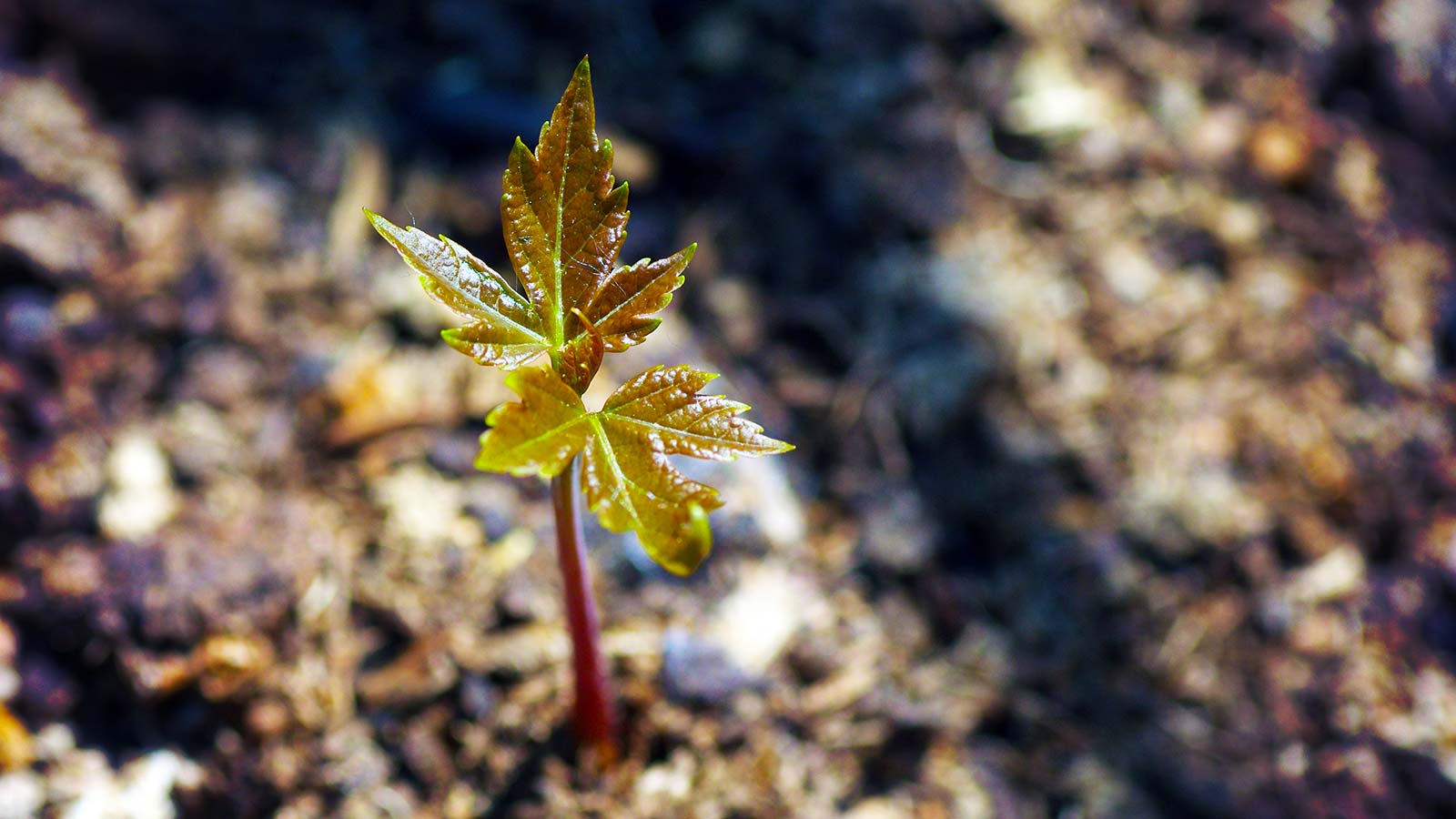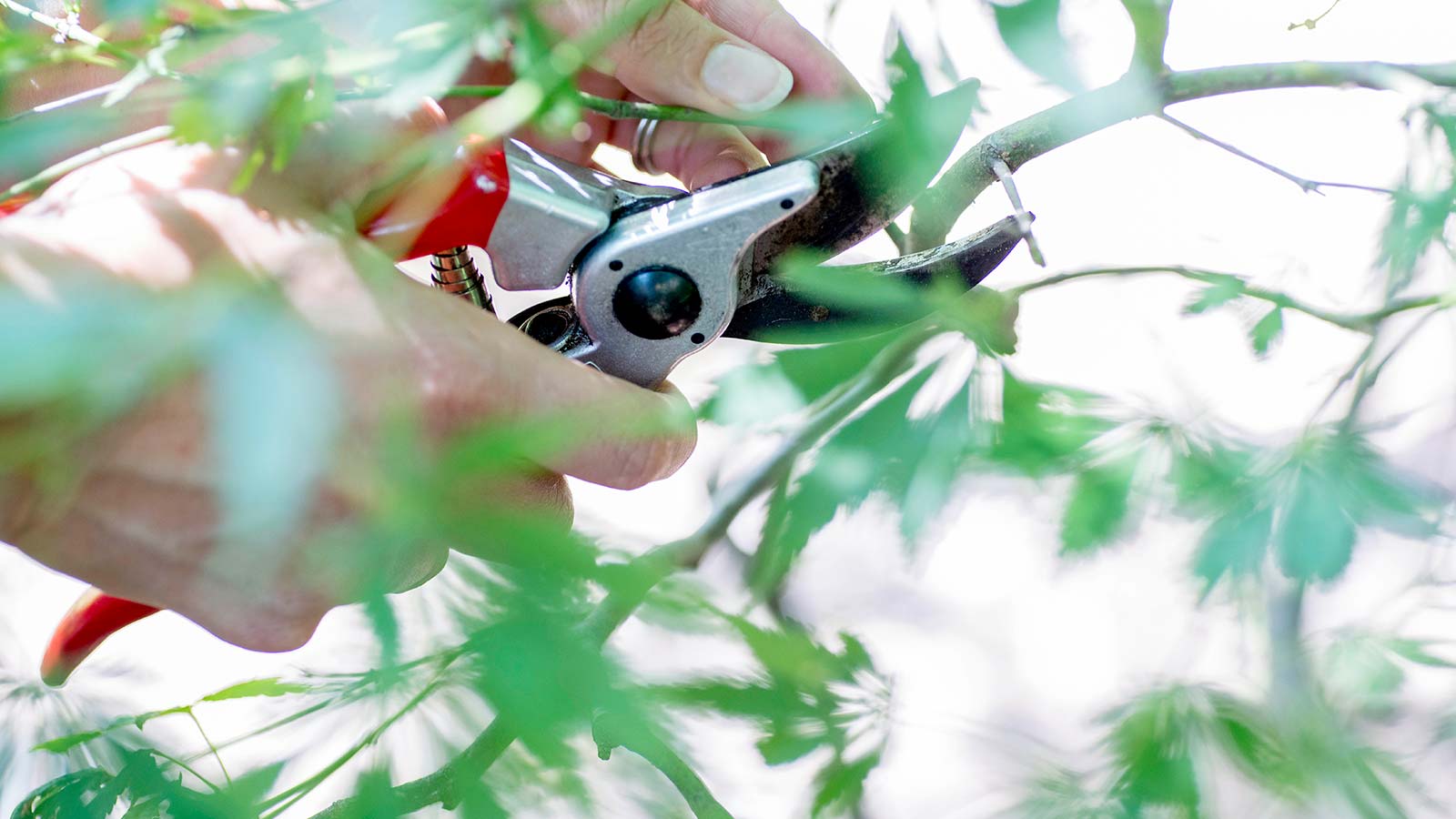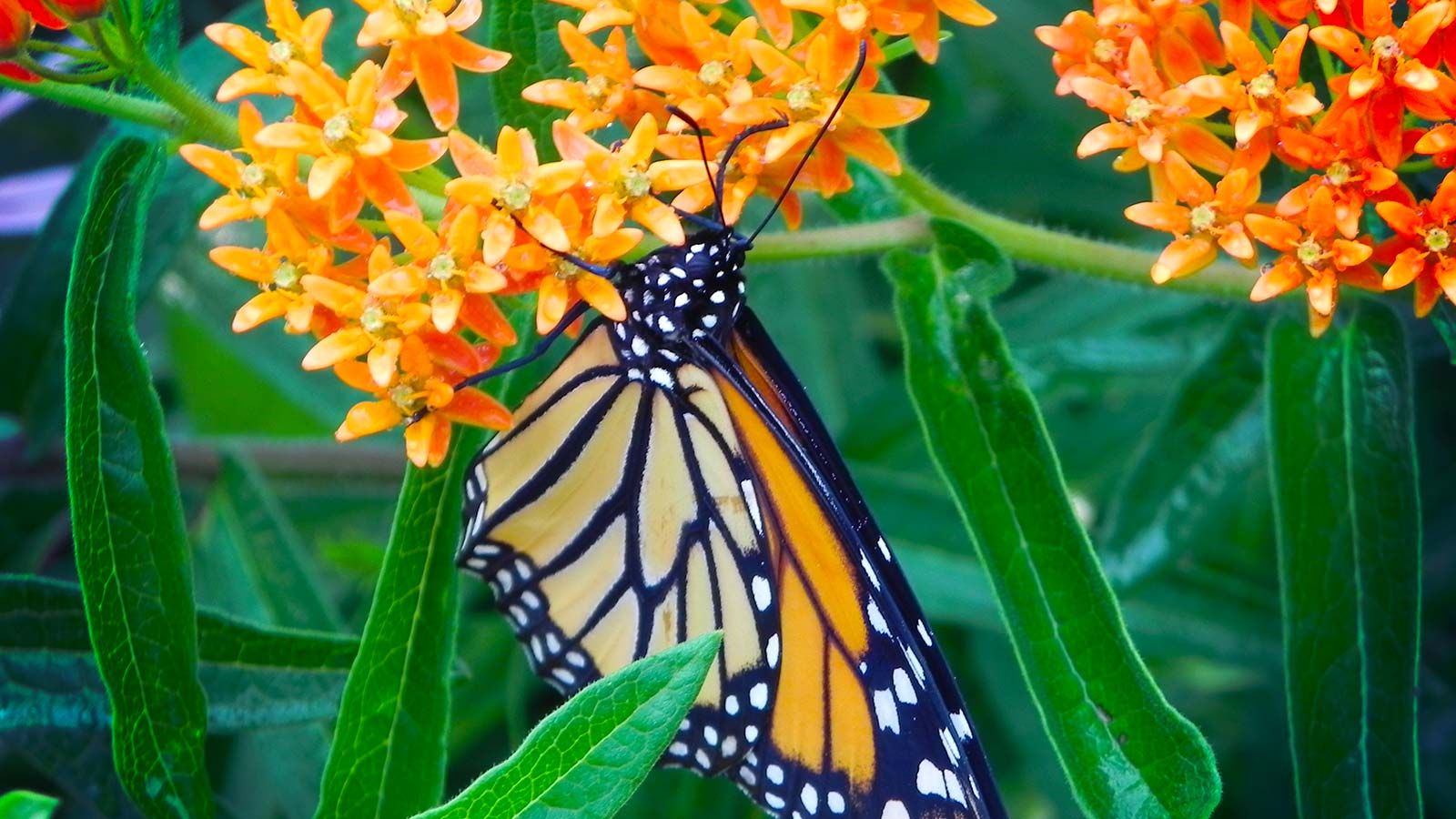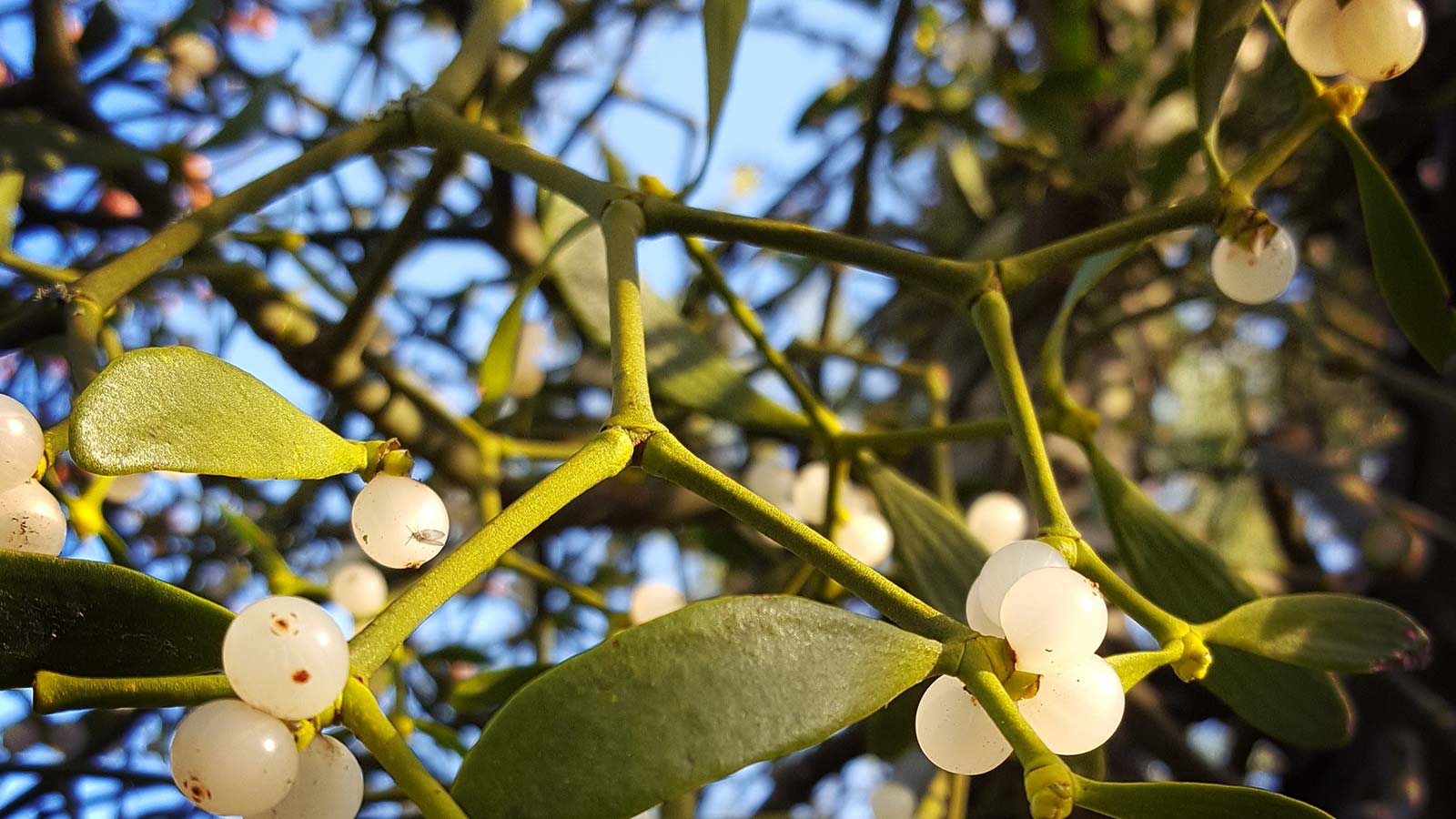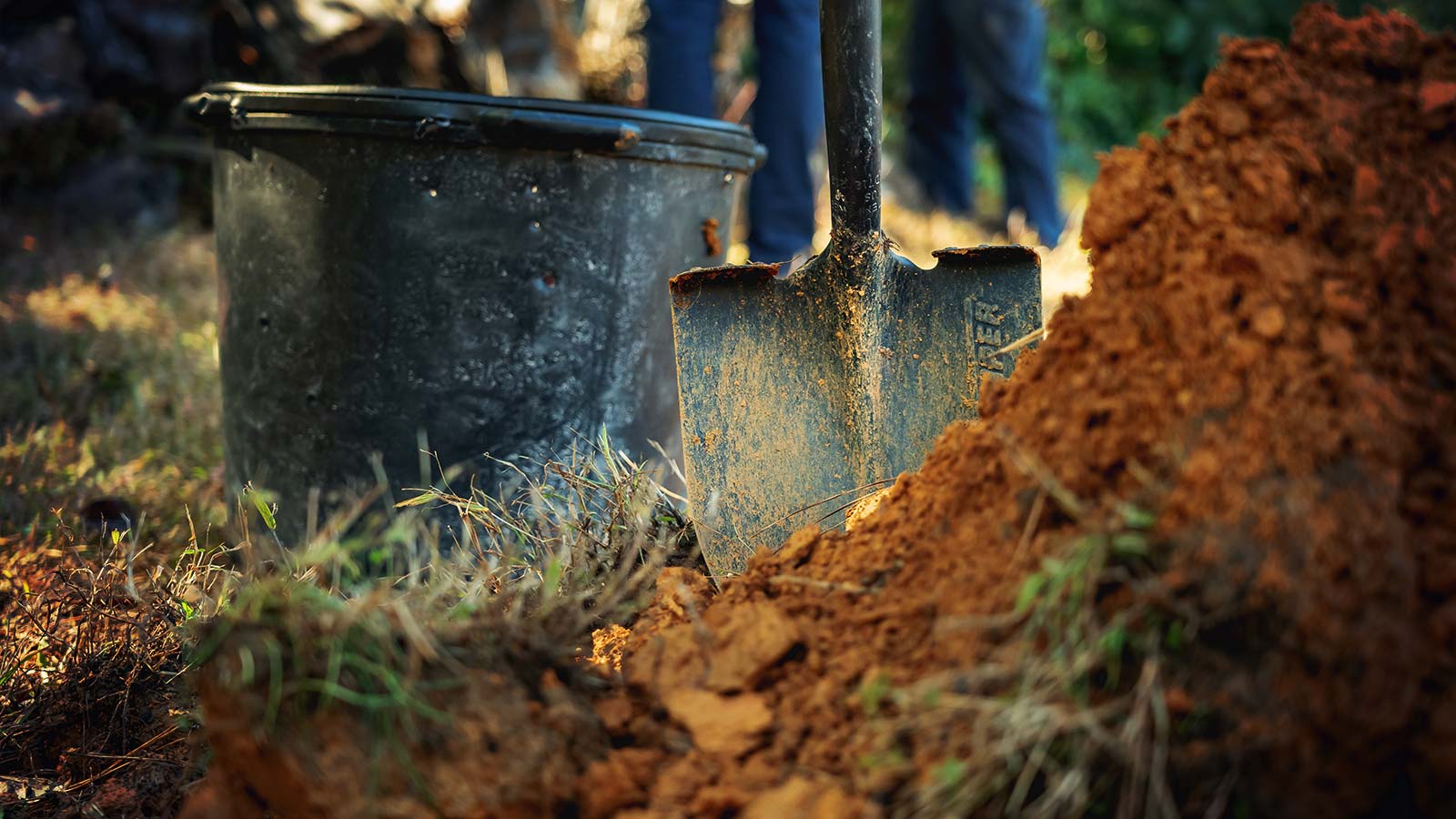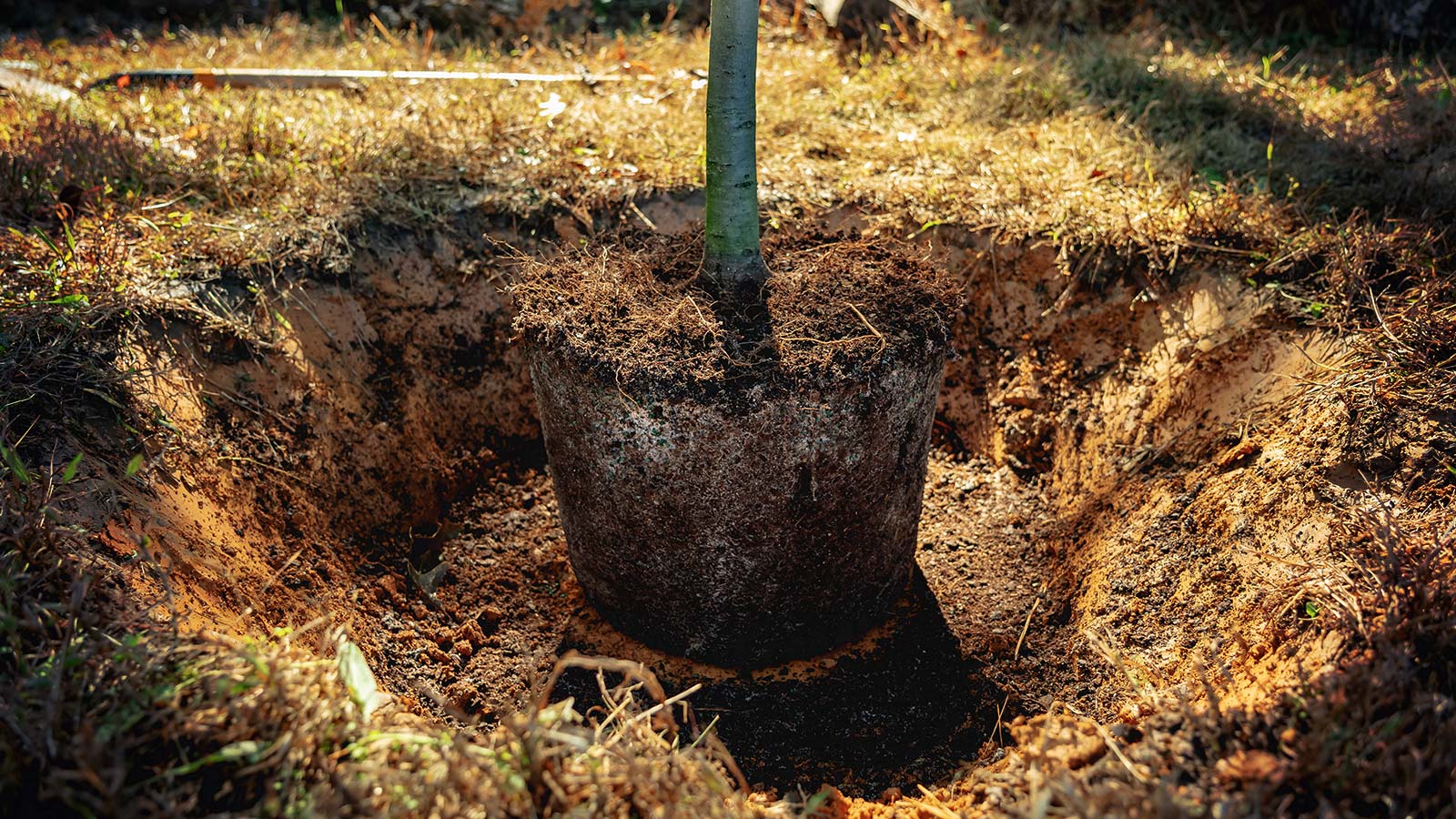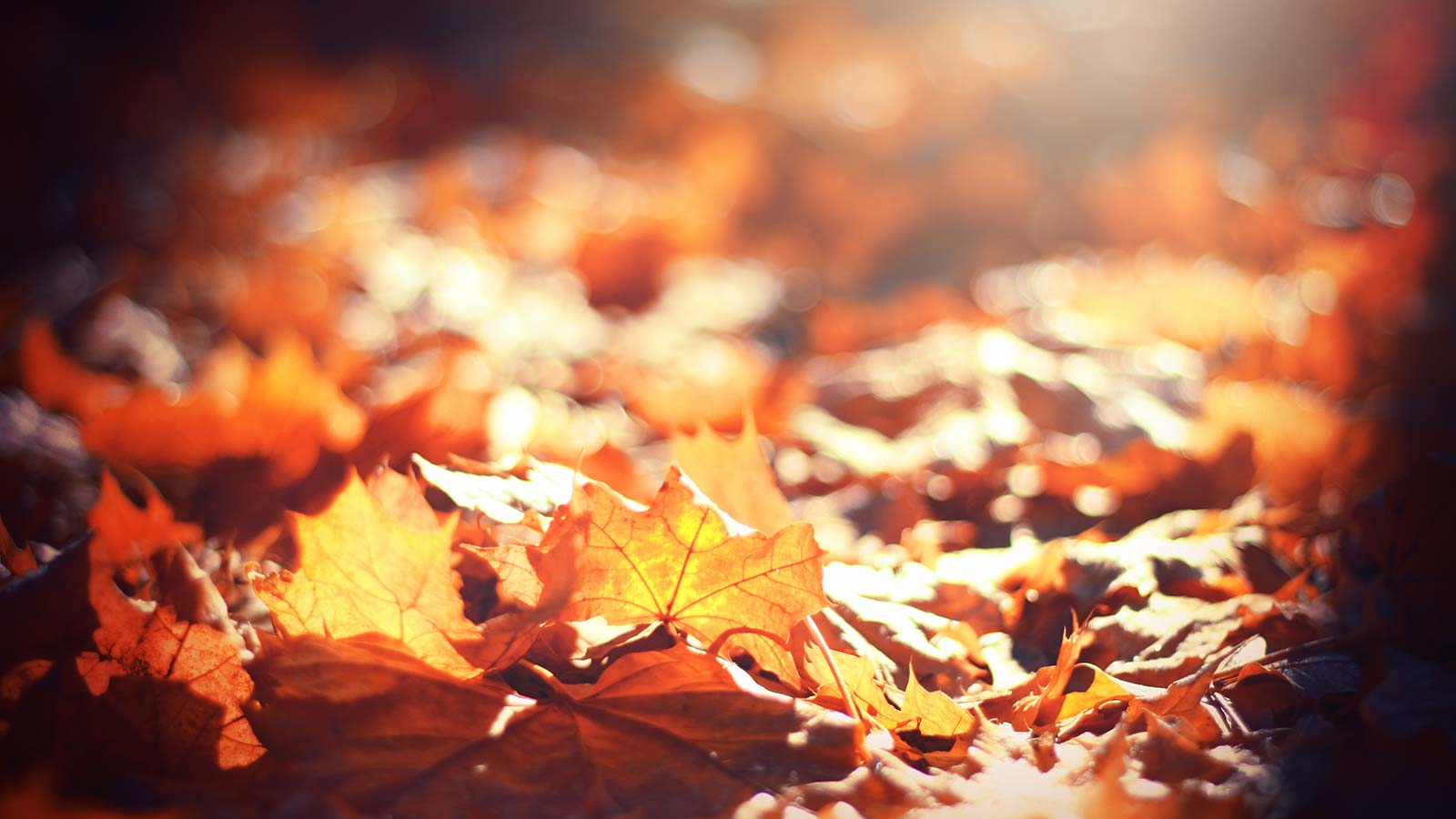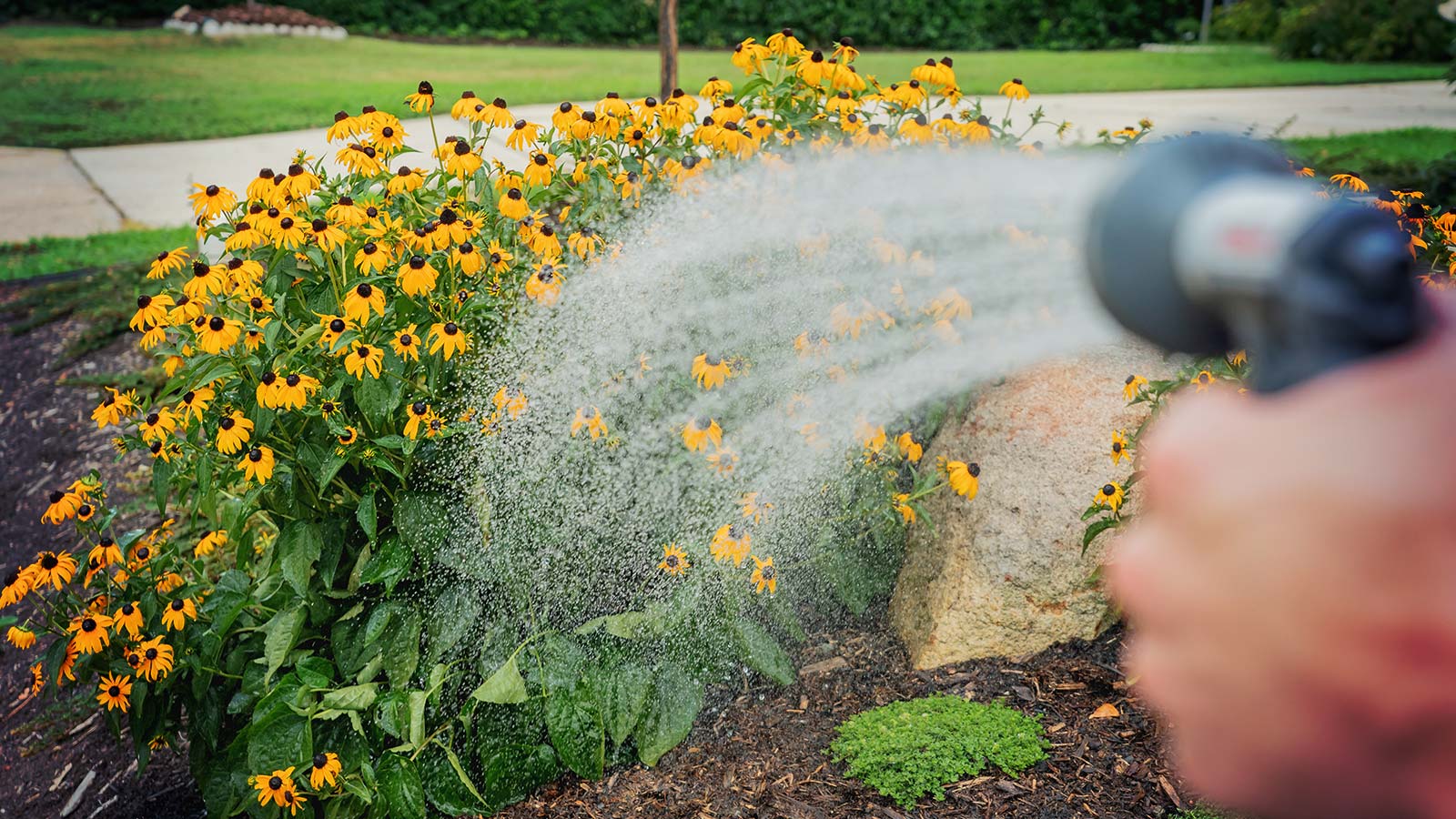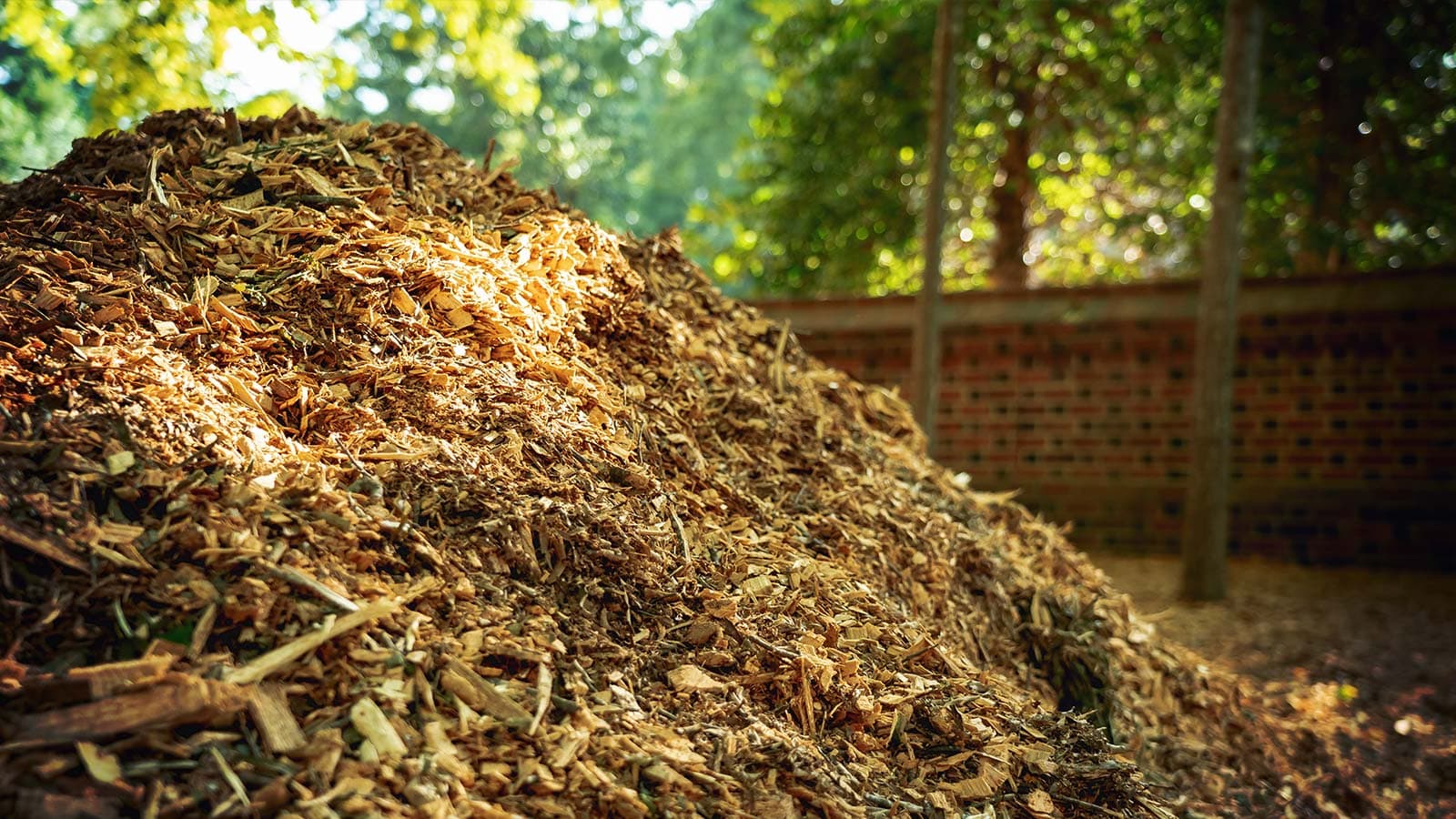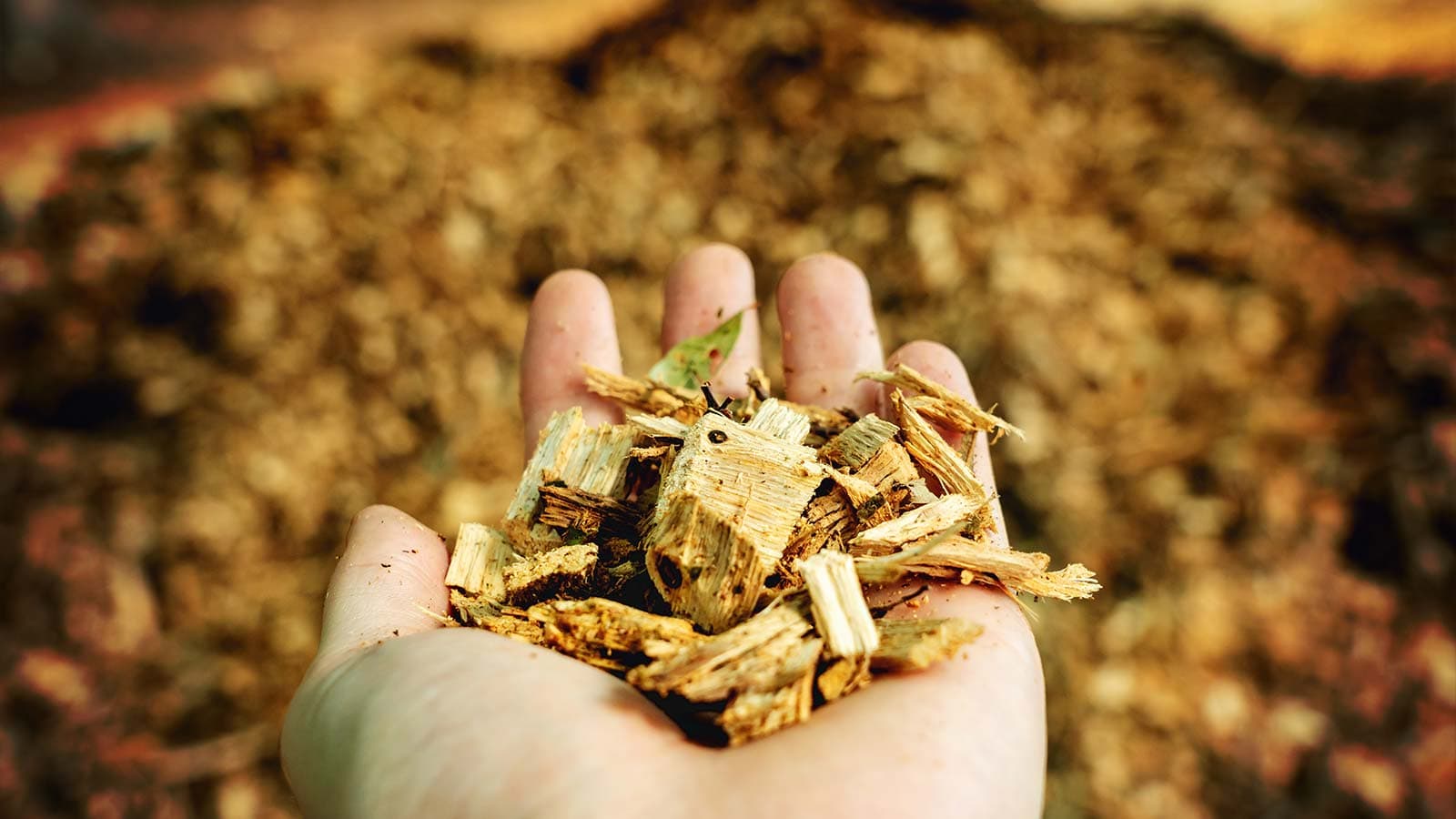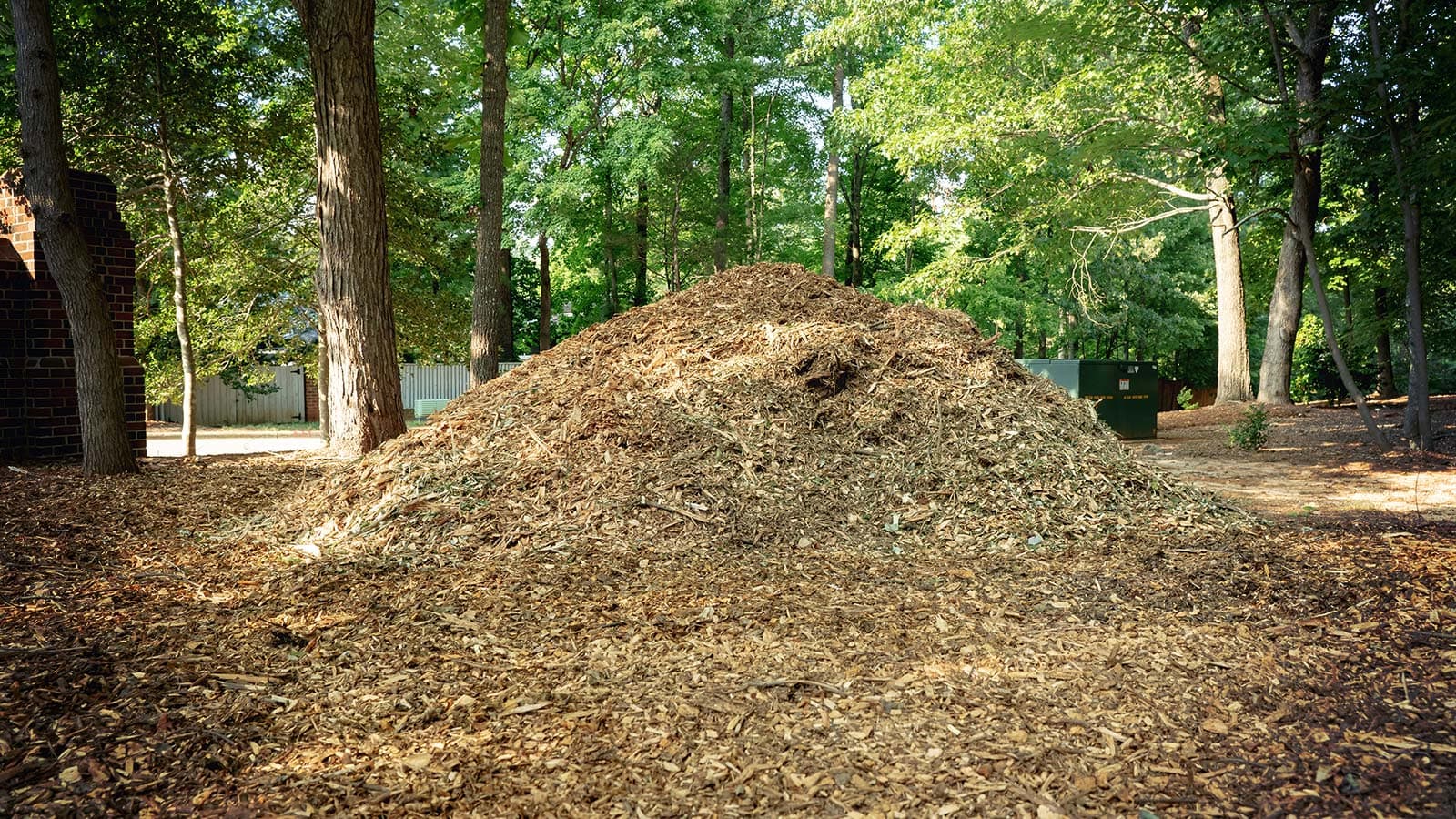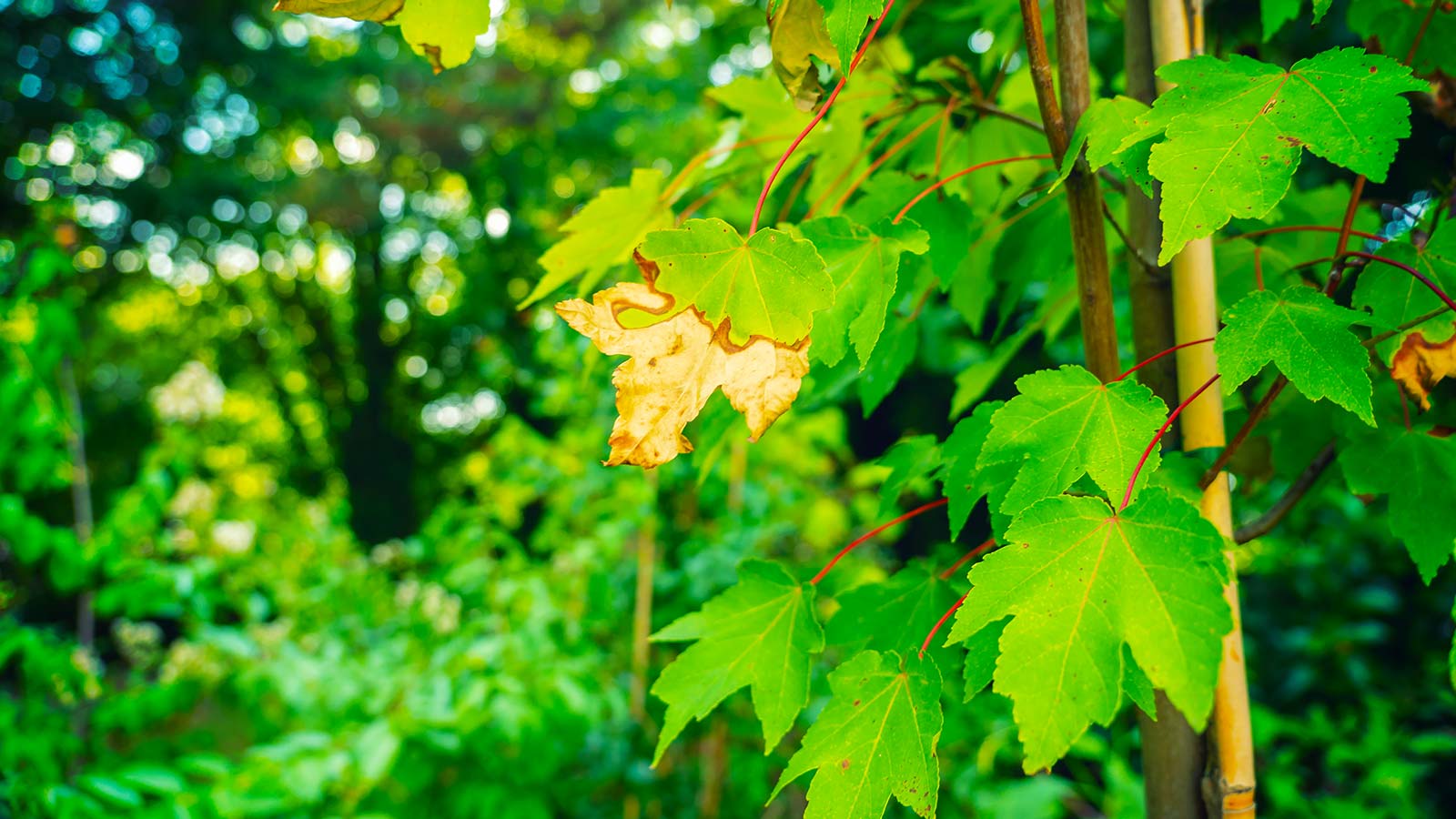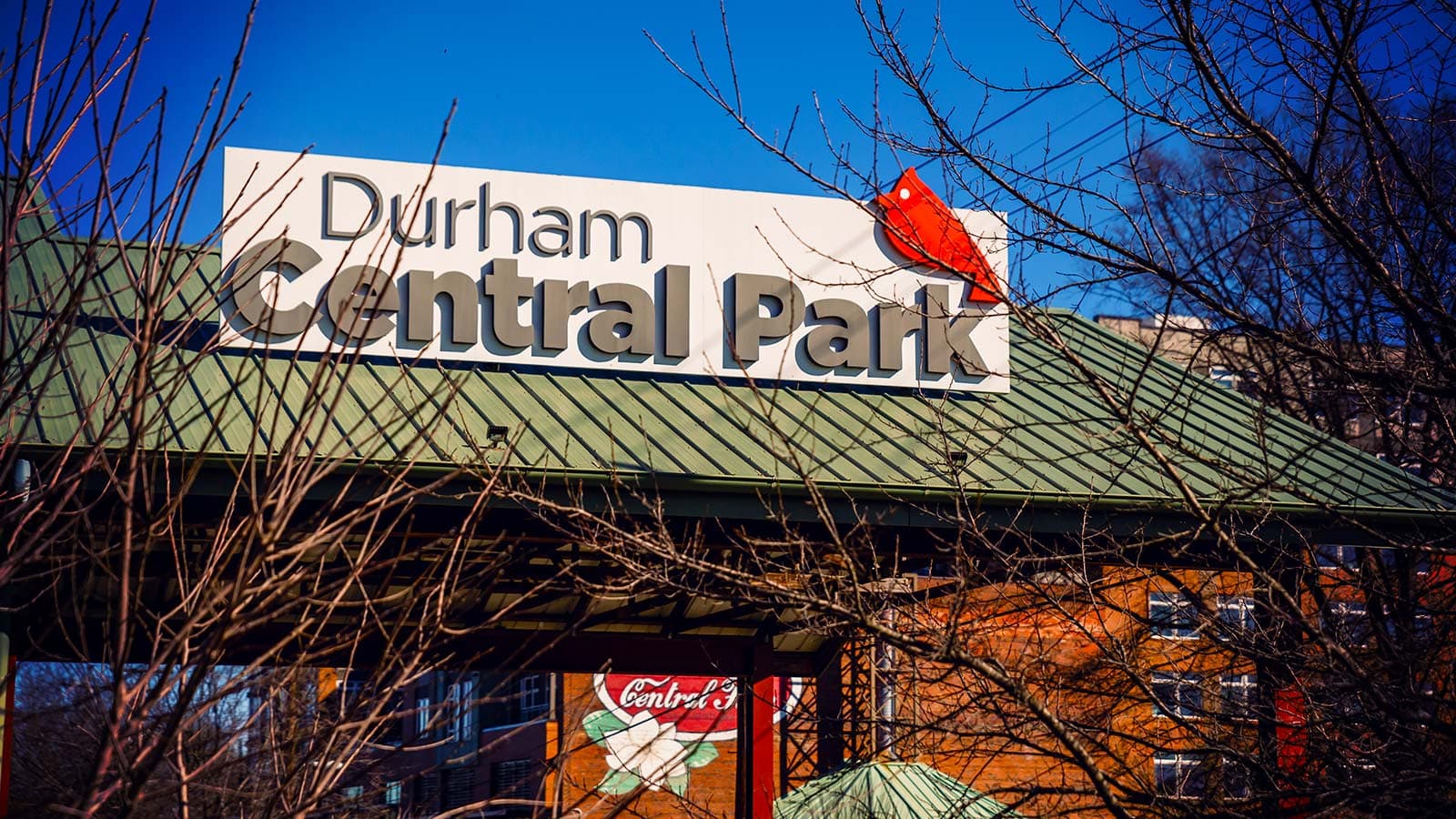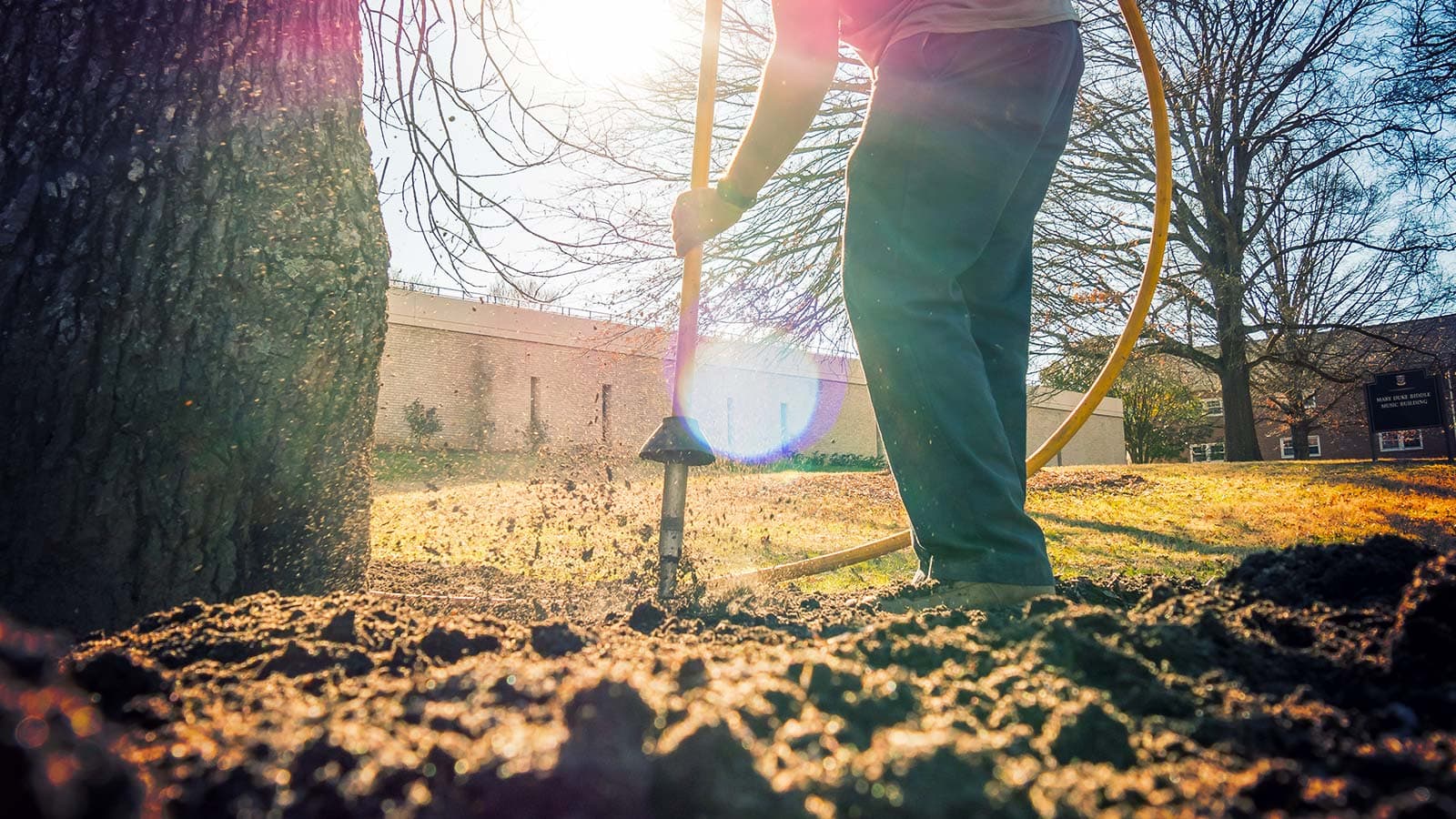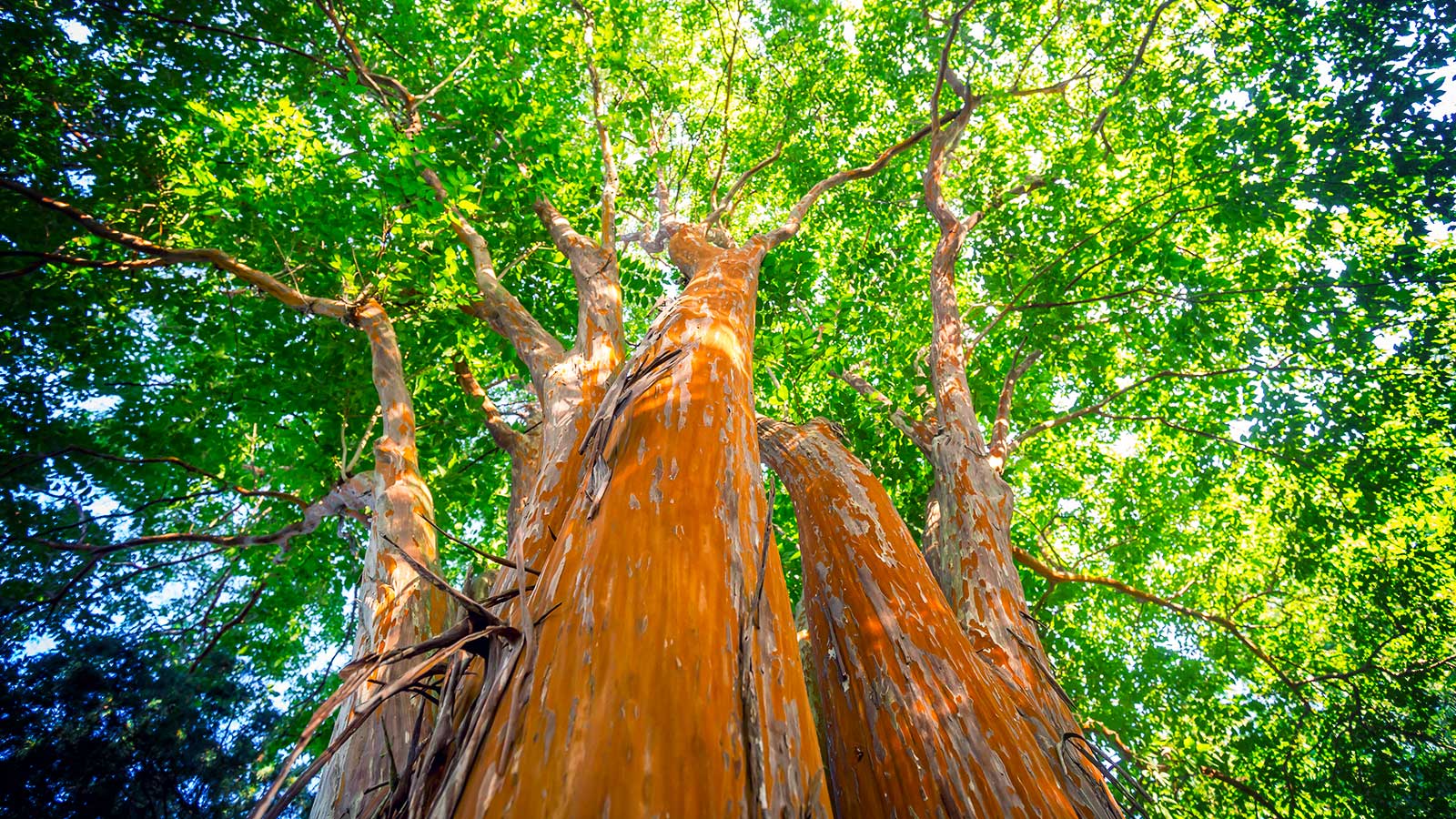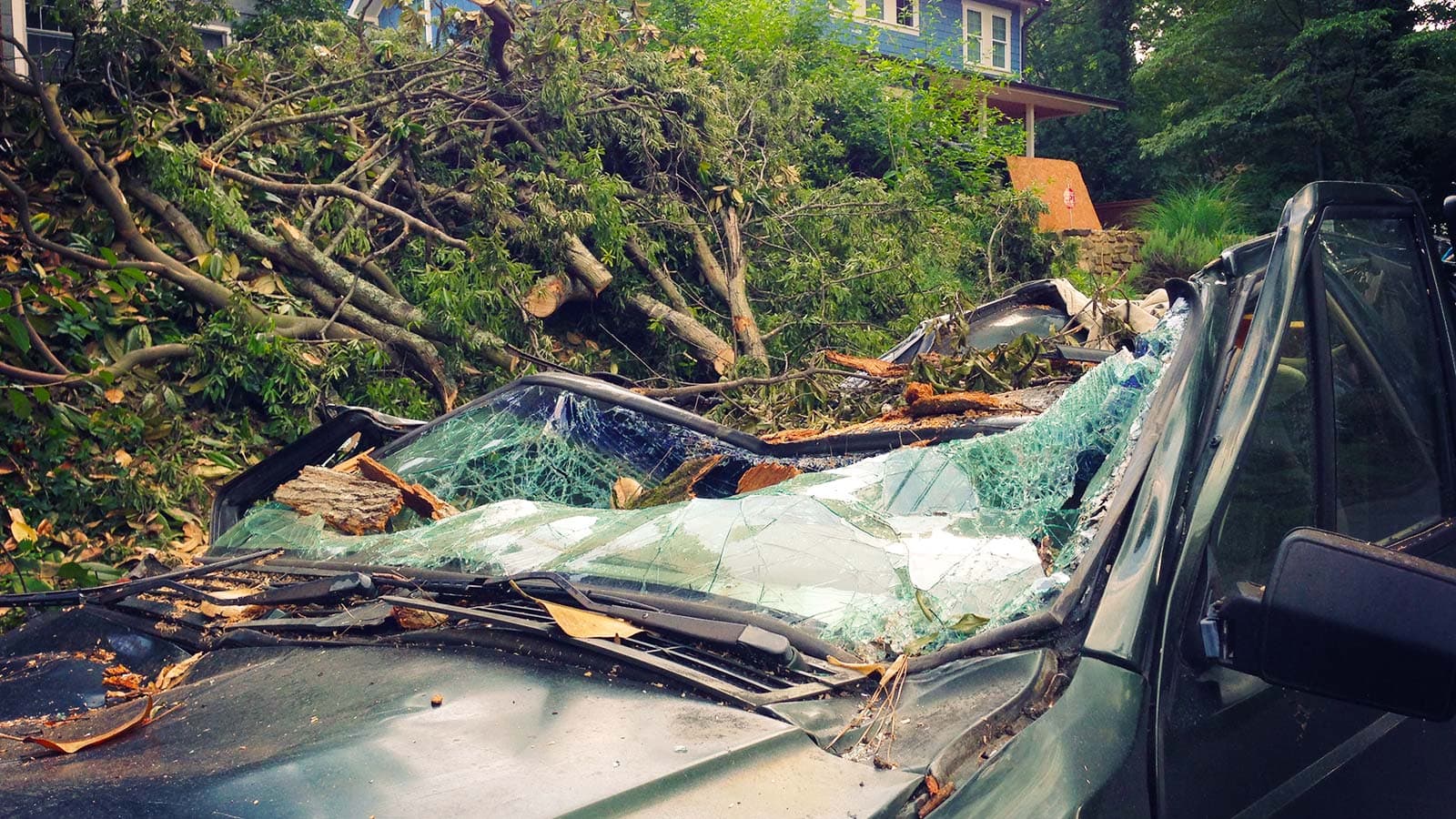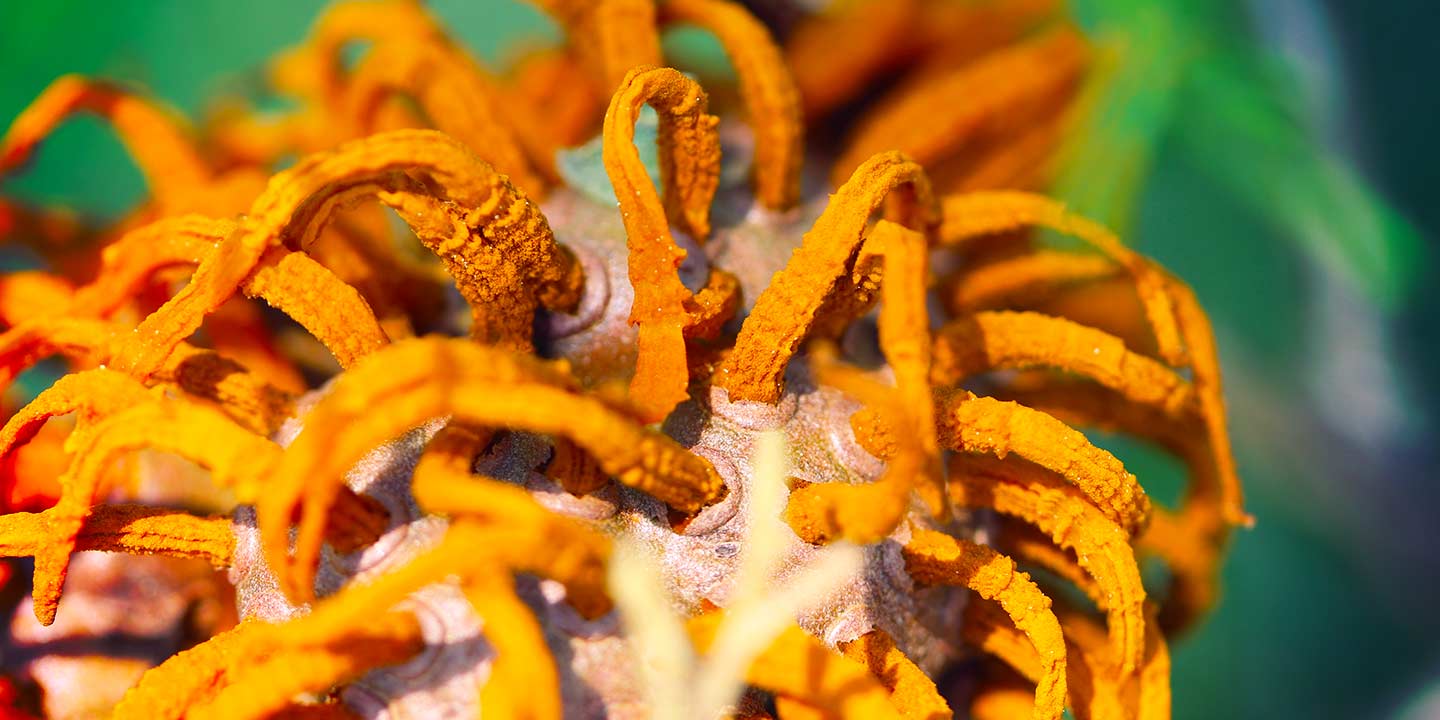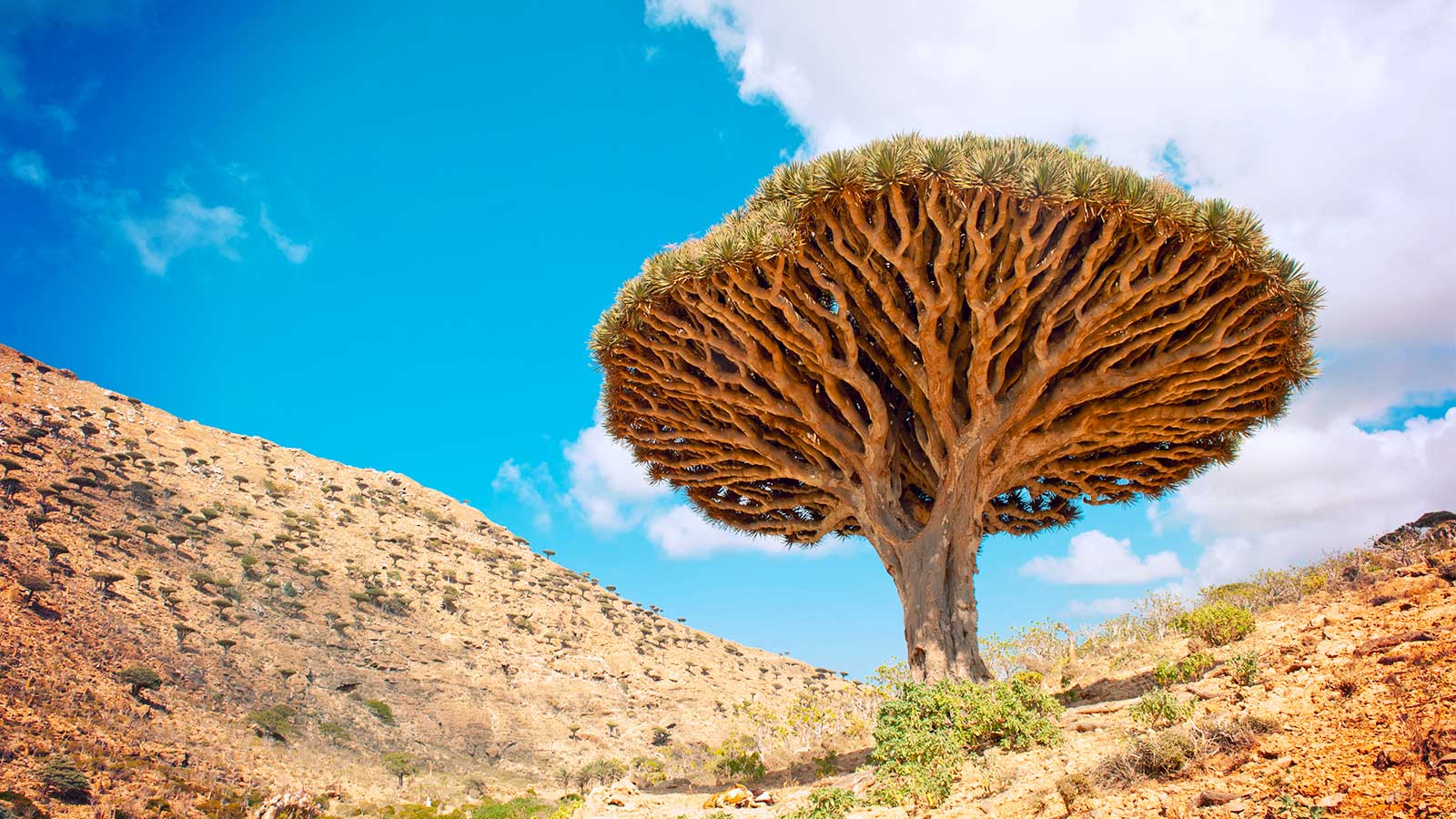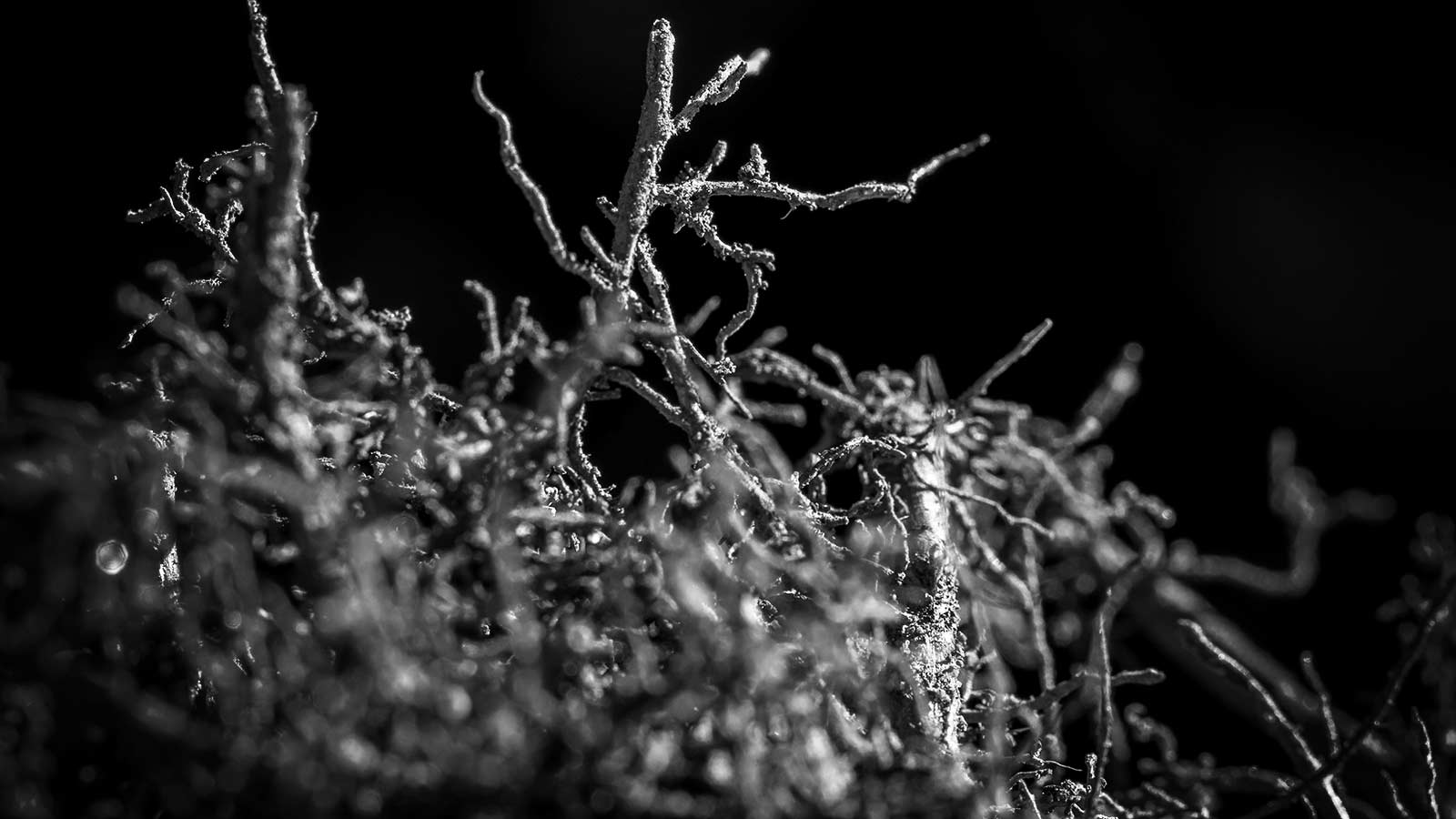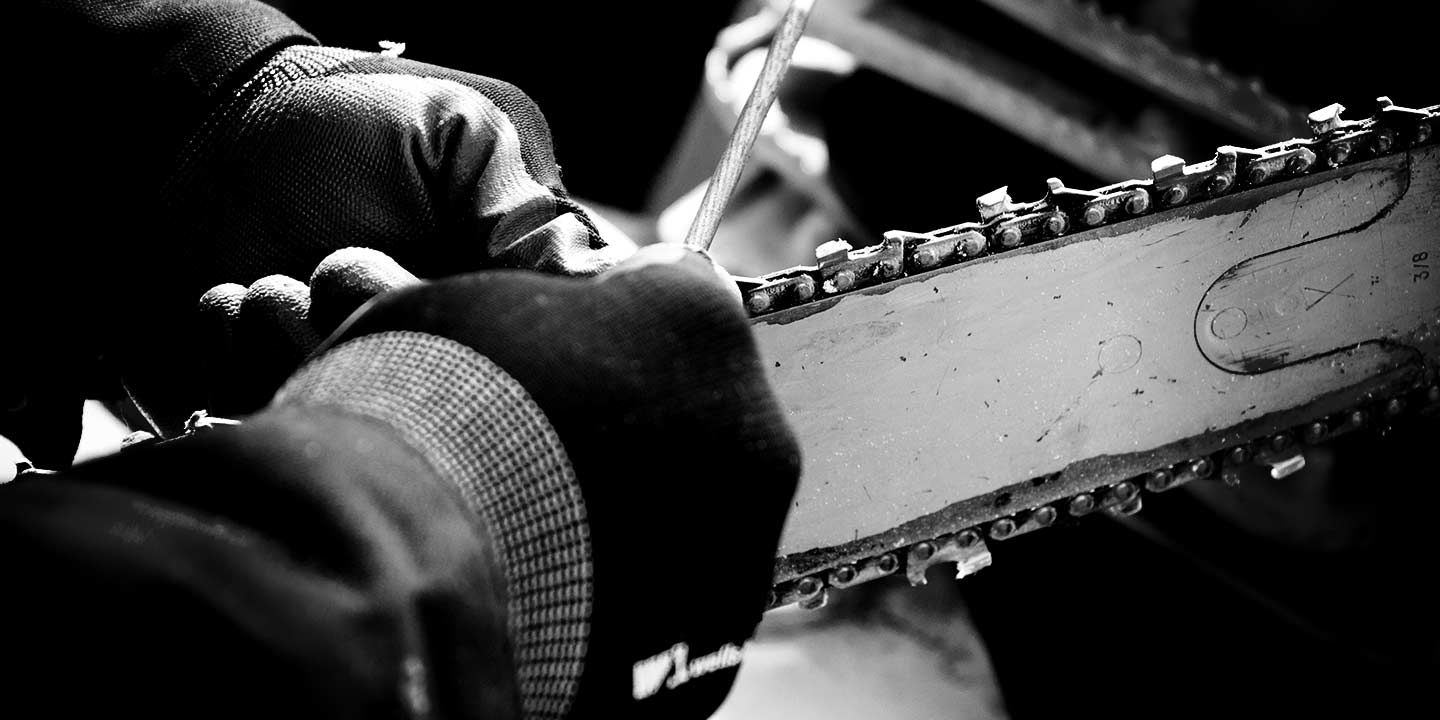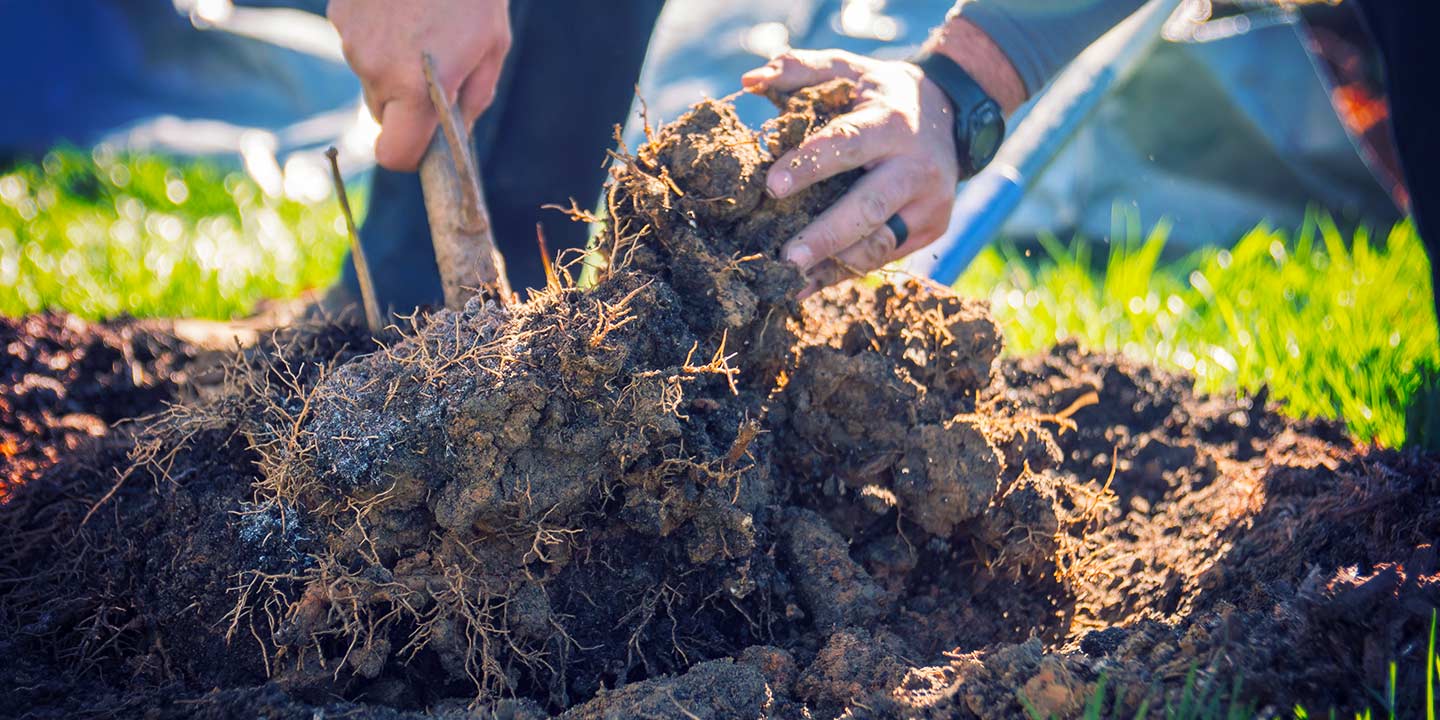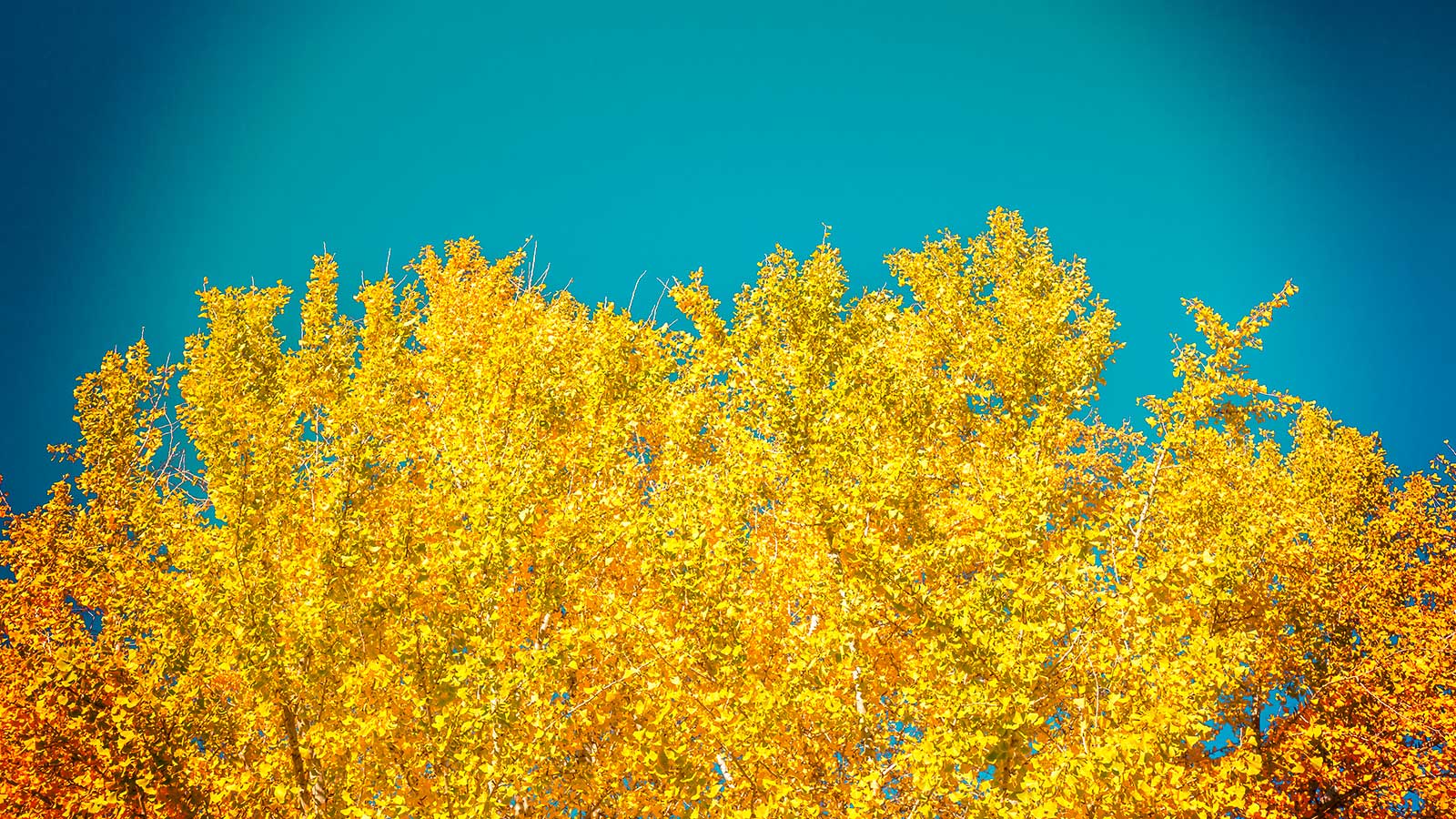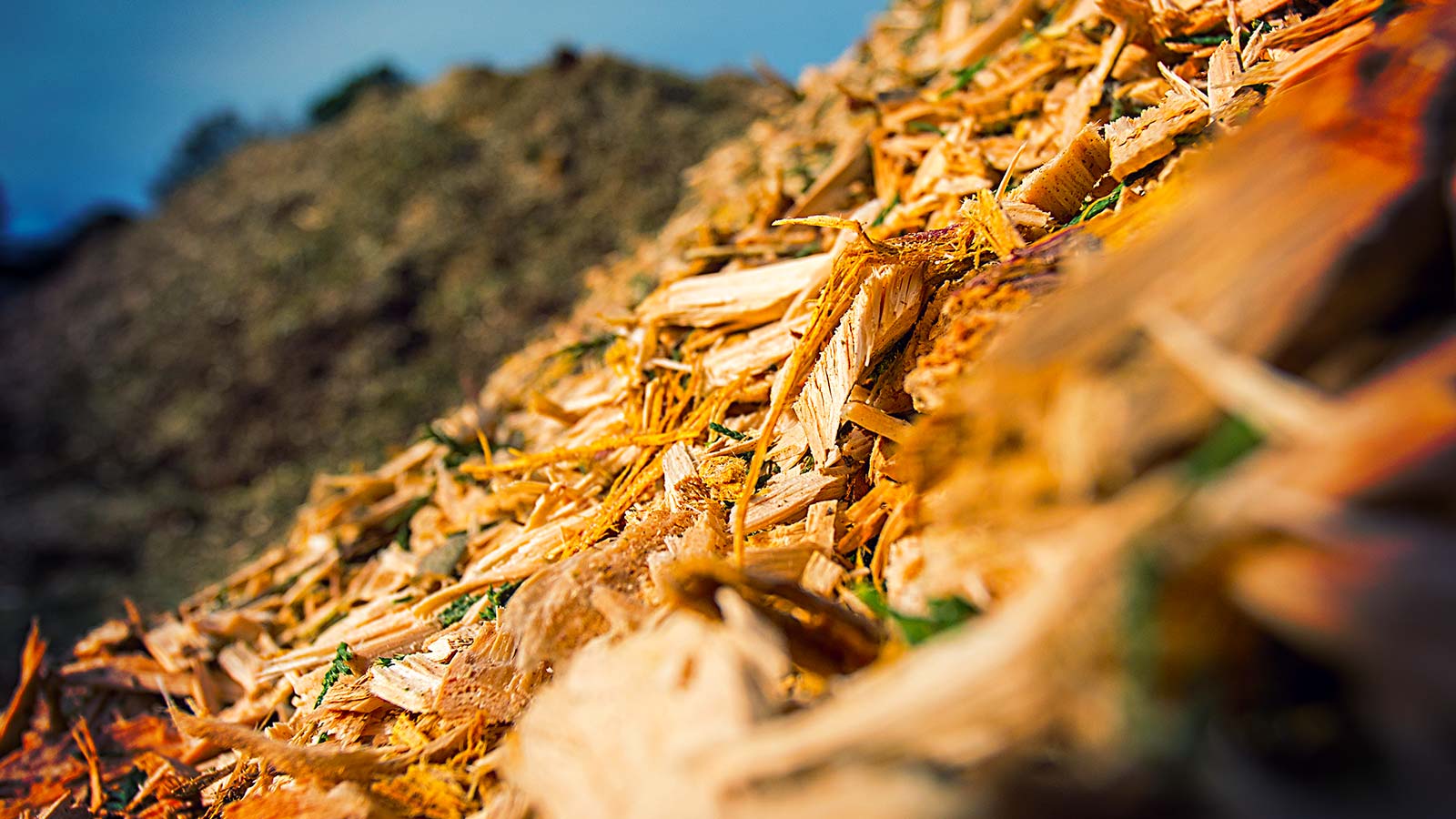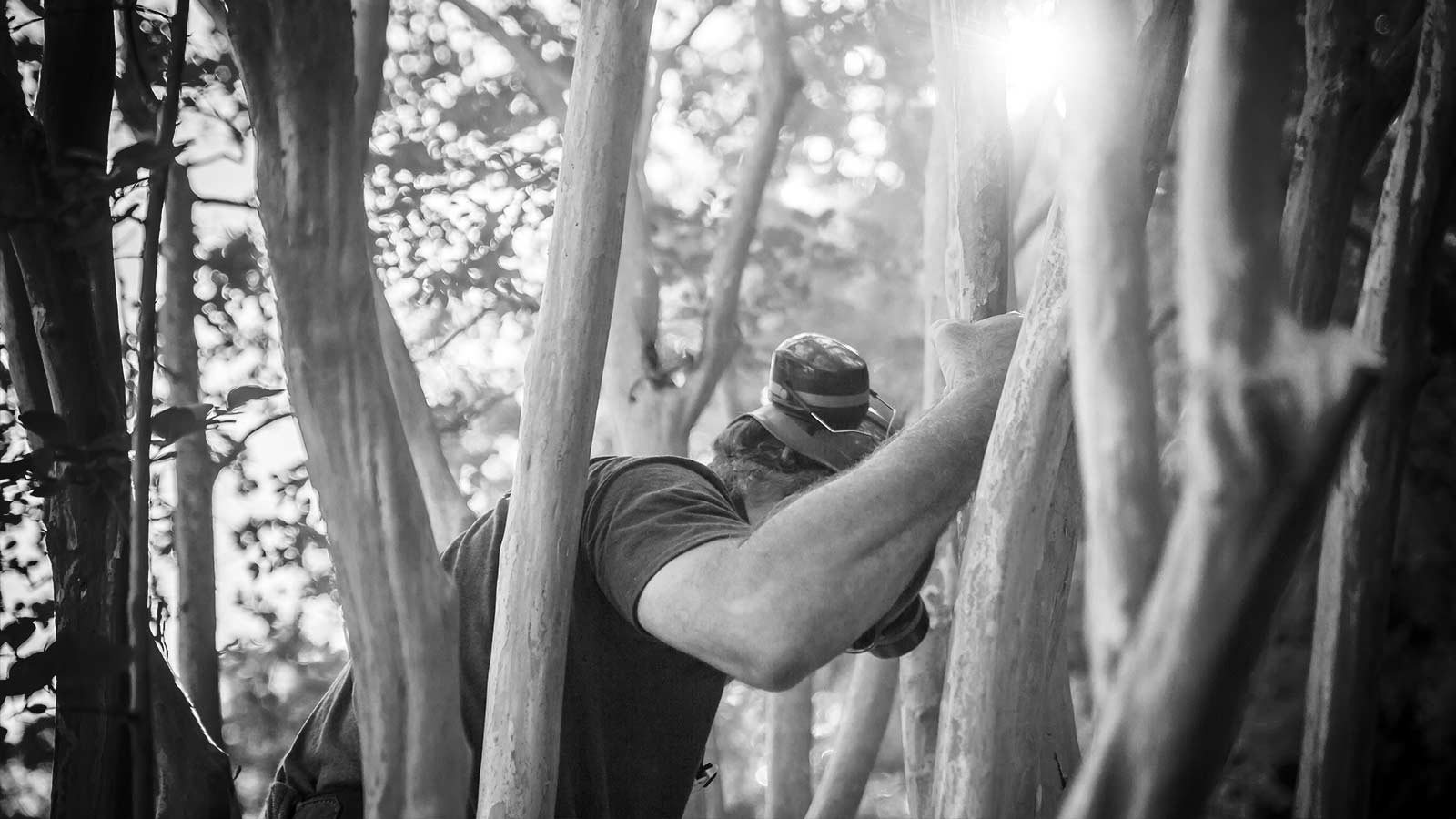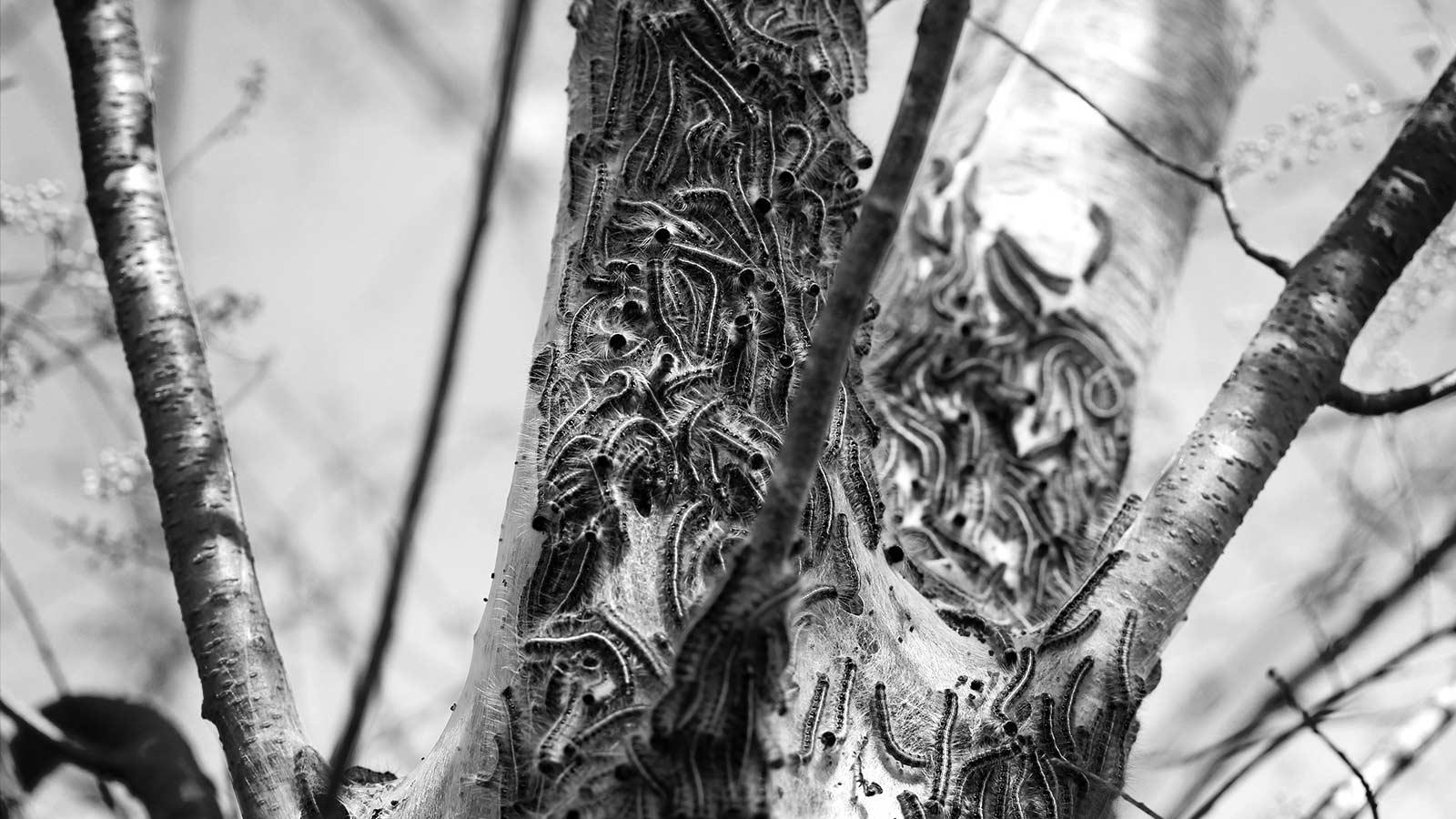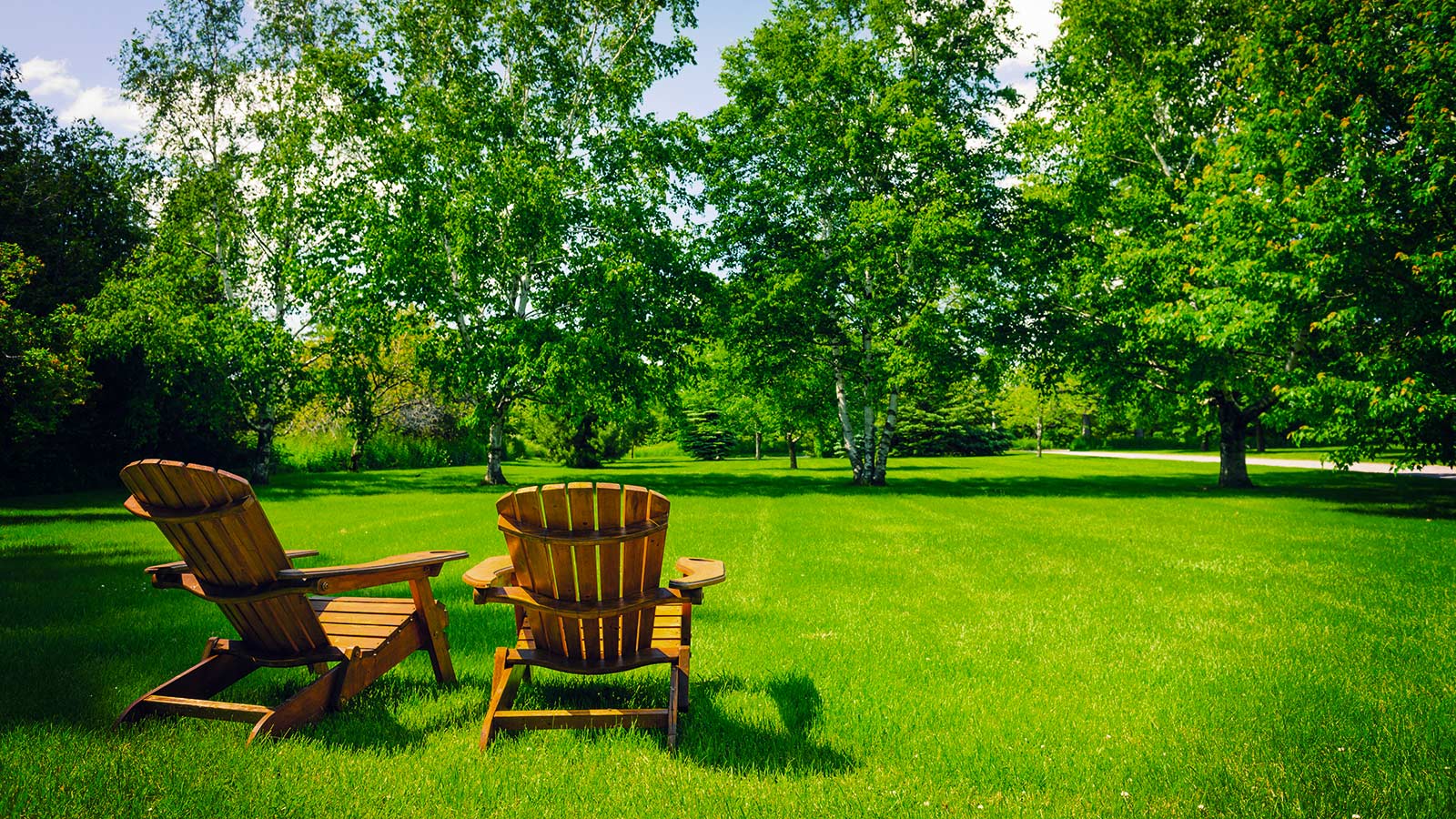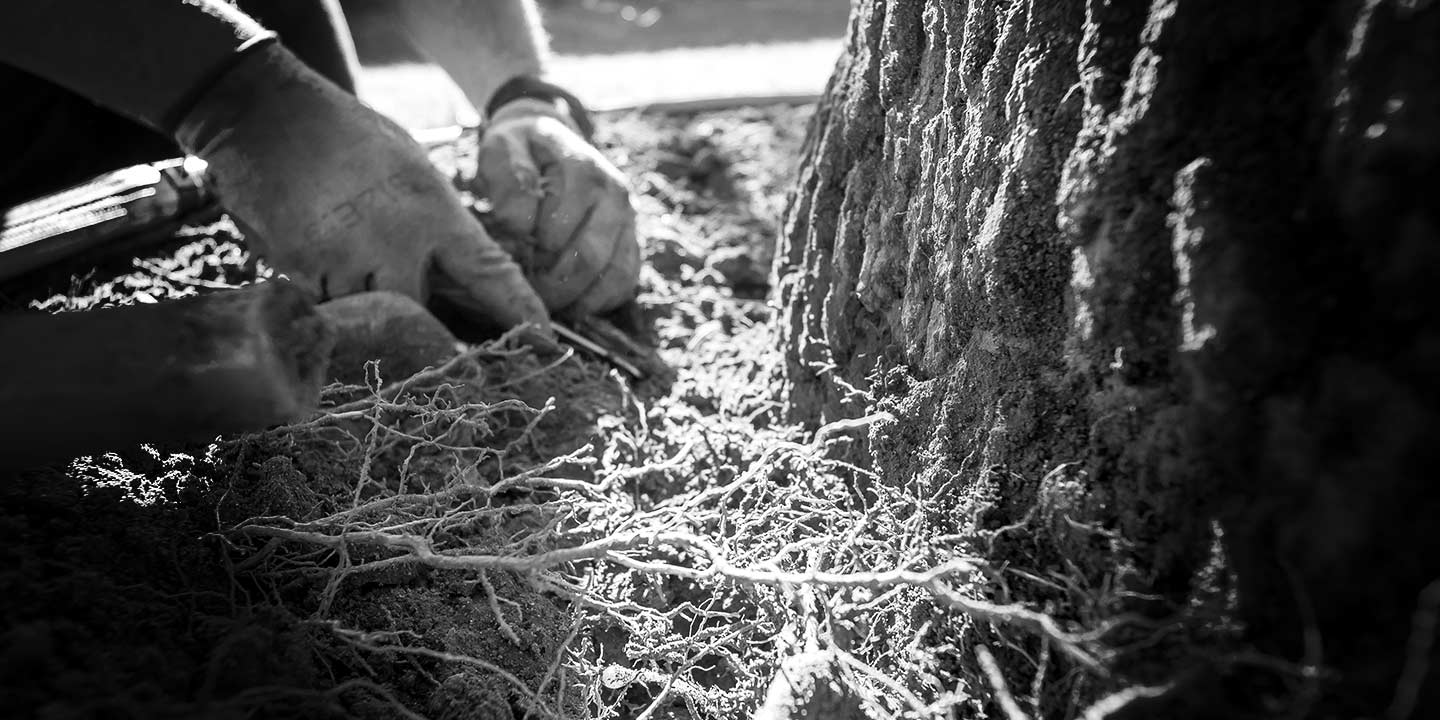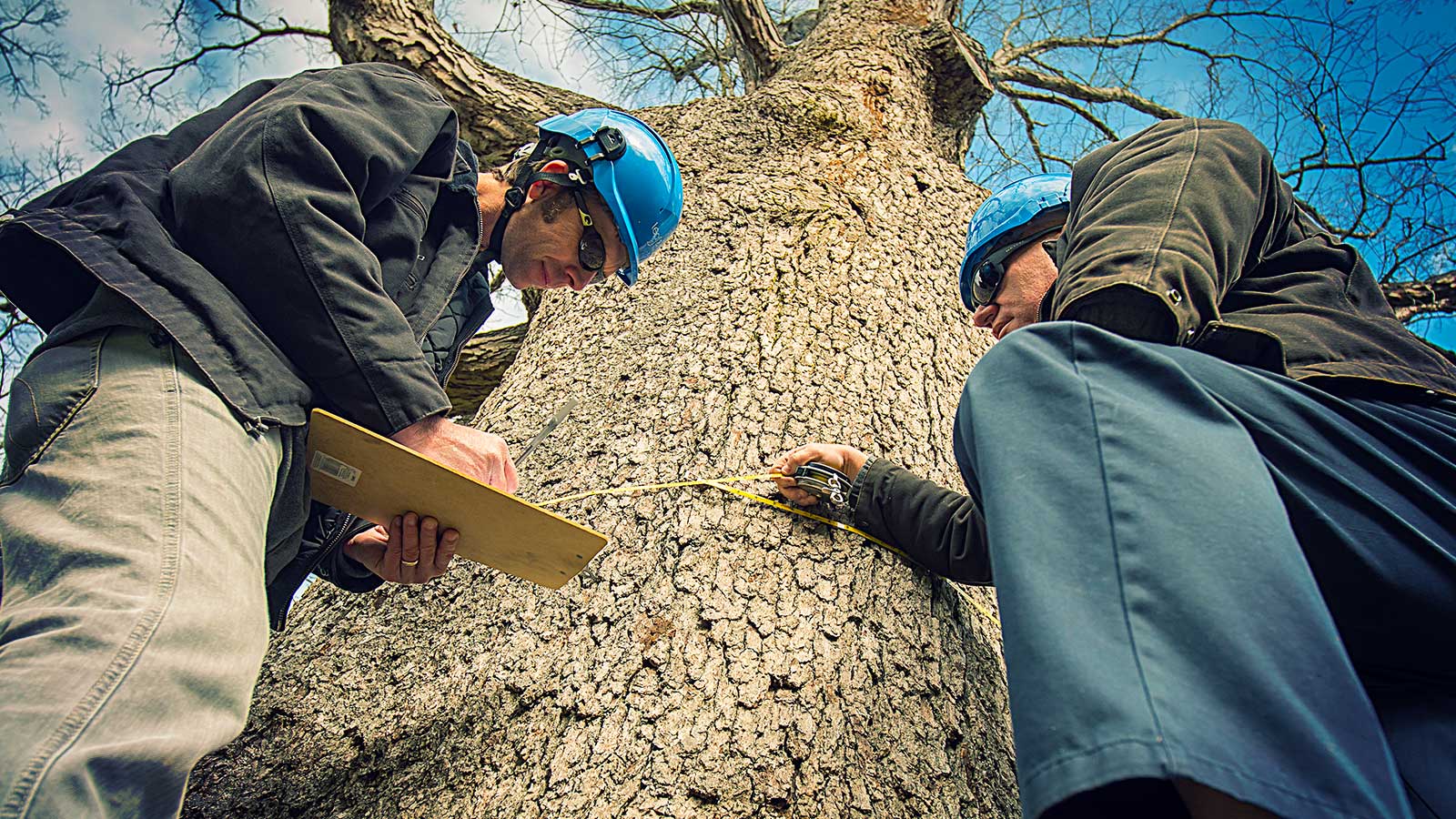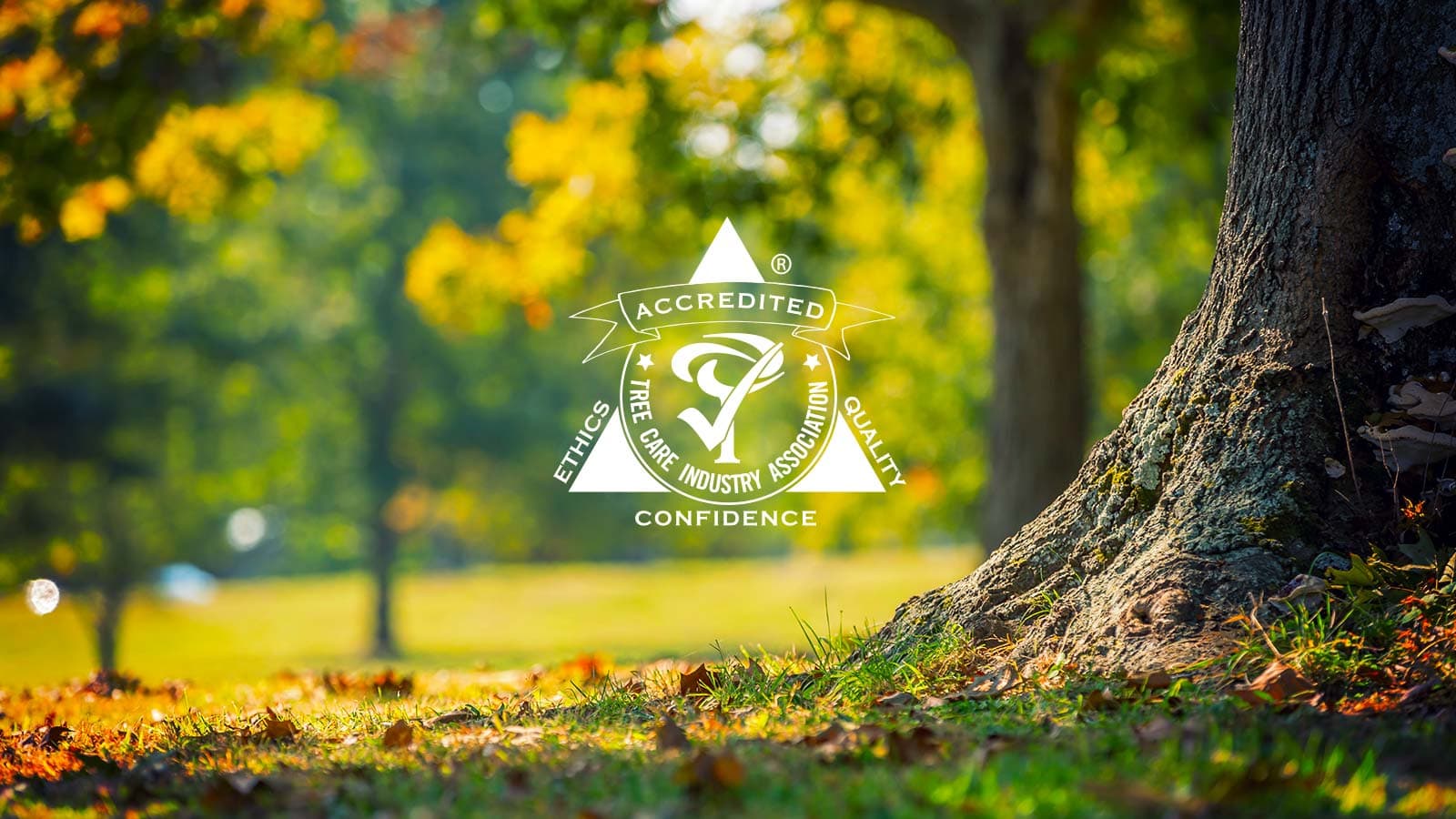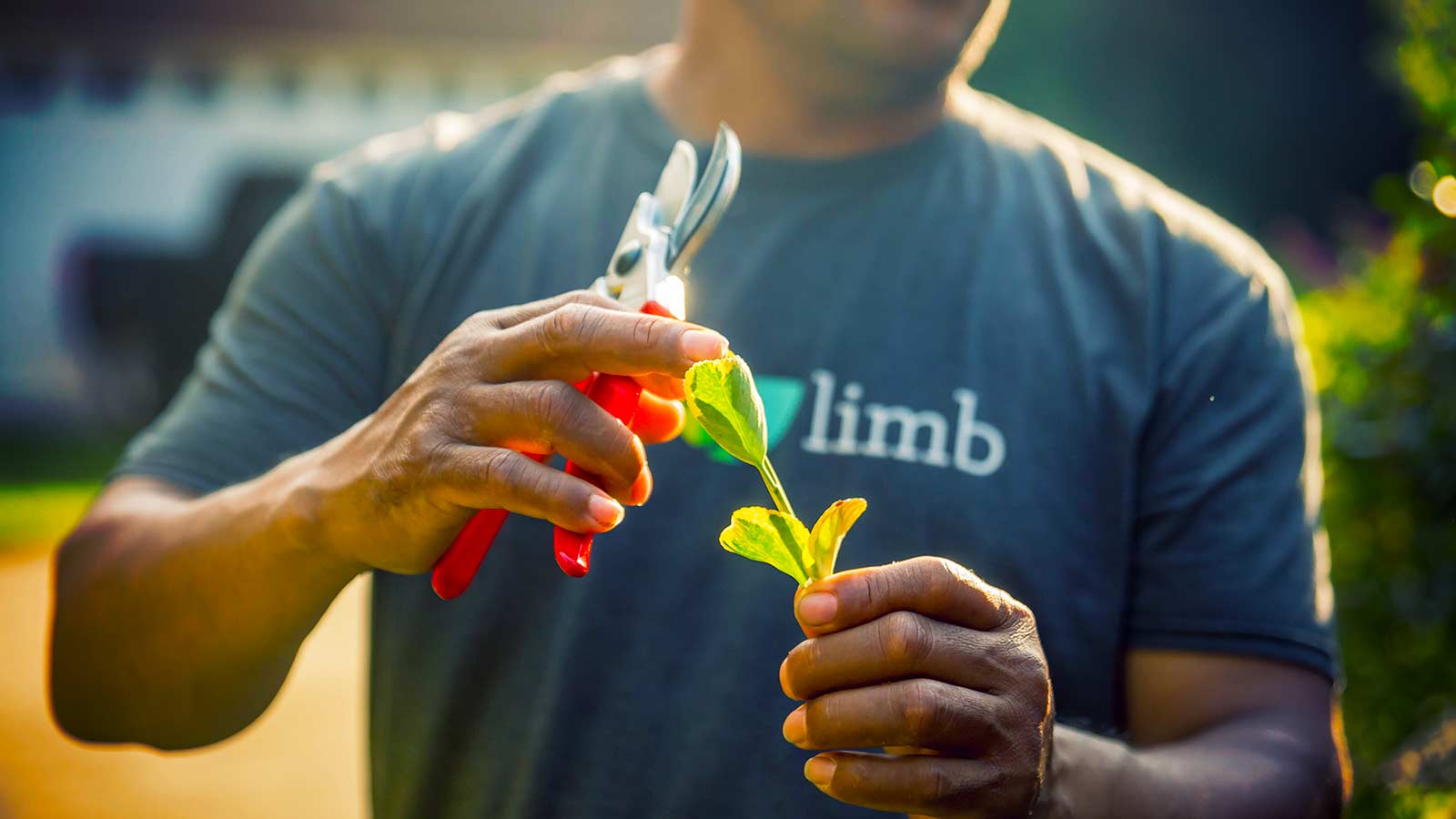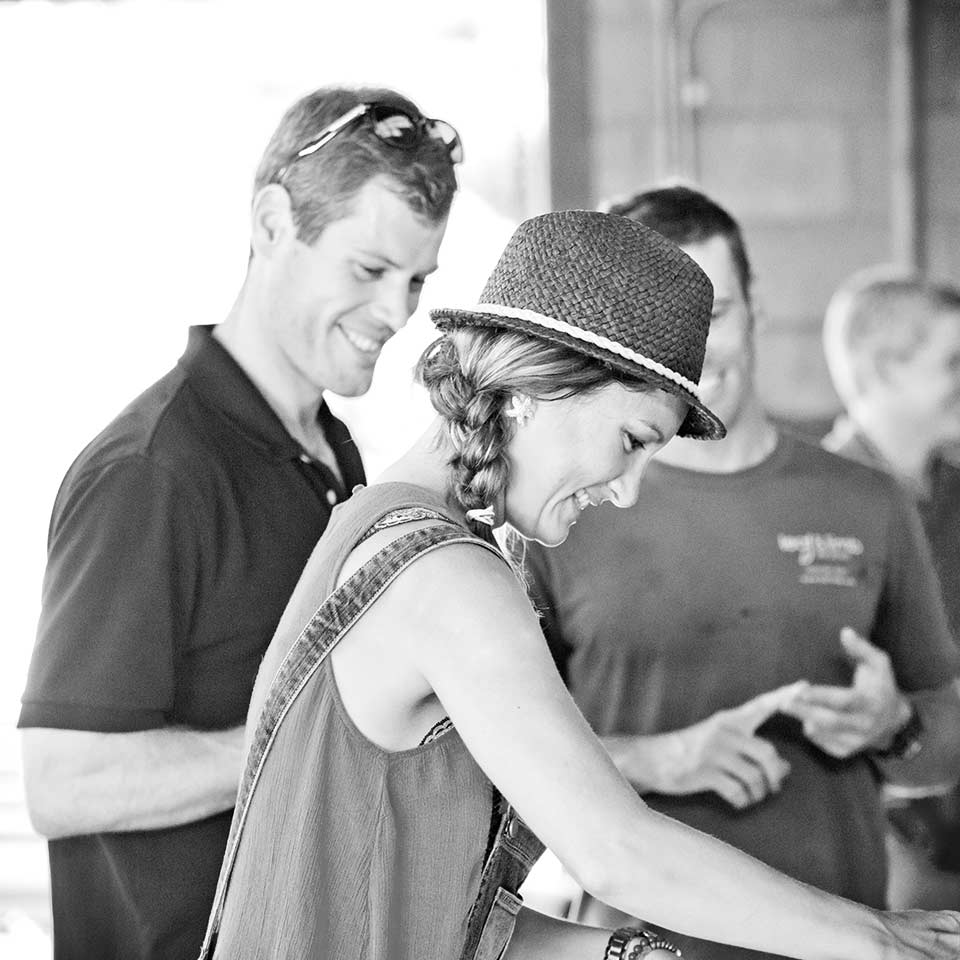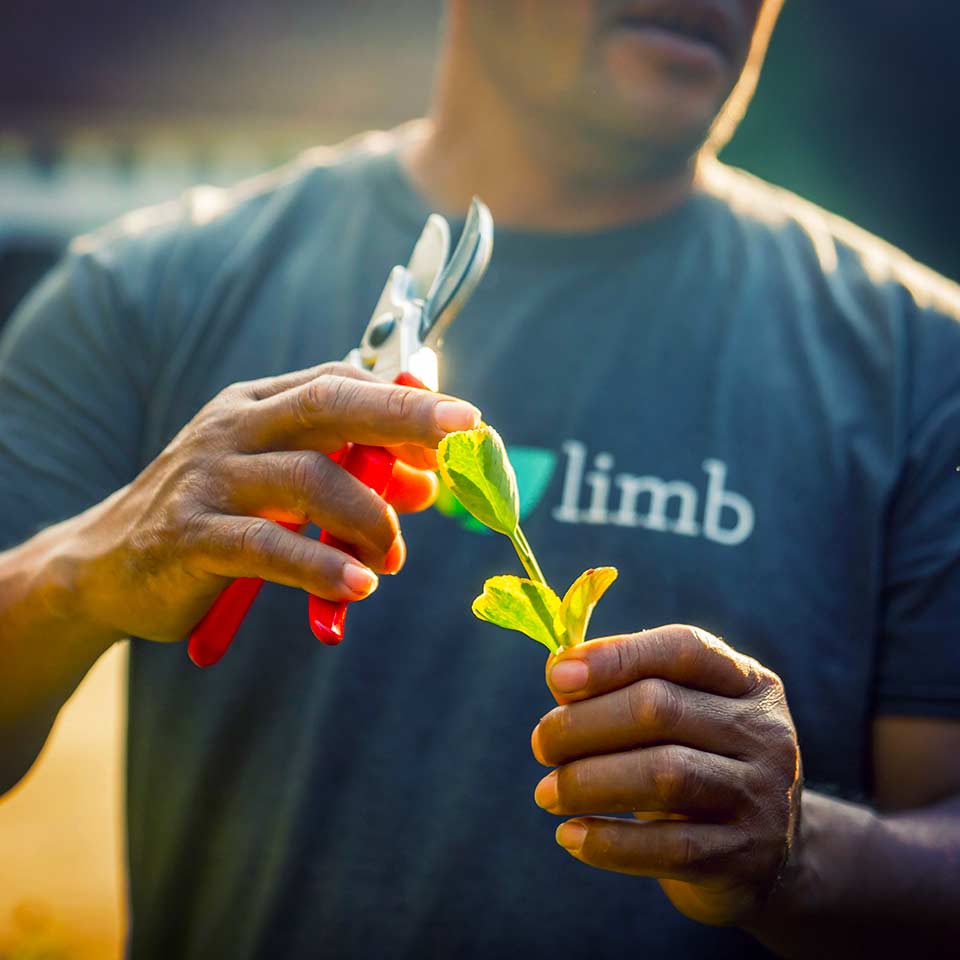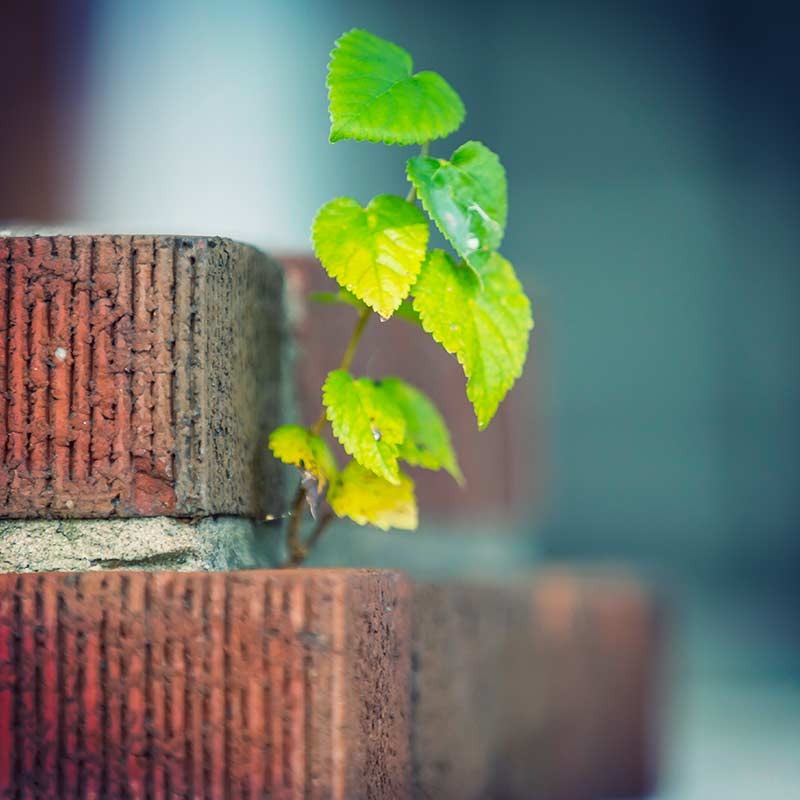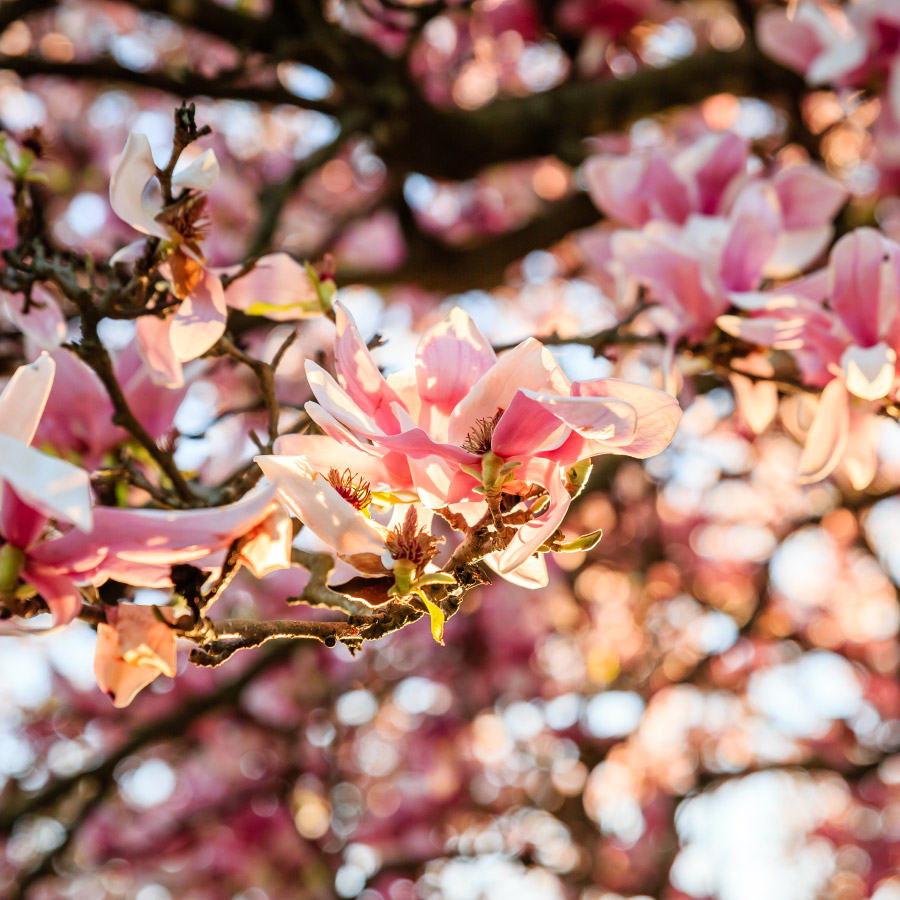An Appreciation of Very Old Trees
How trees grow, why some outlive others, and what makes old trees irreplaceable.
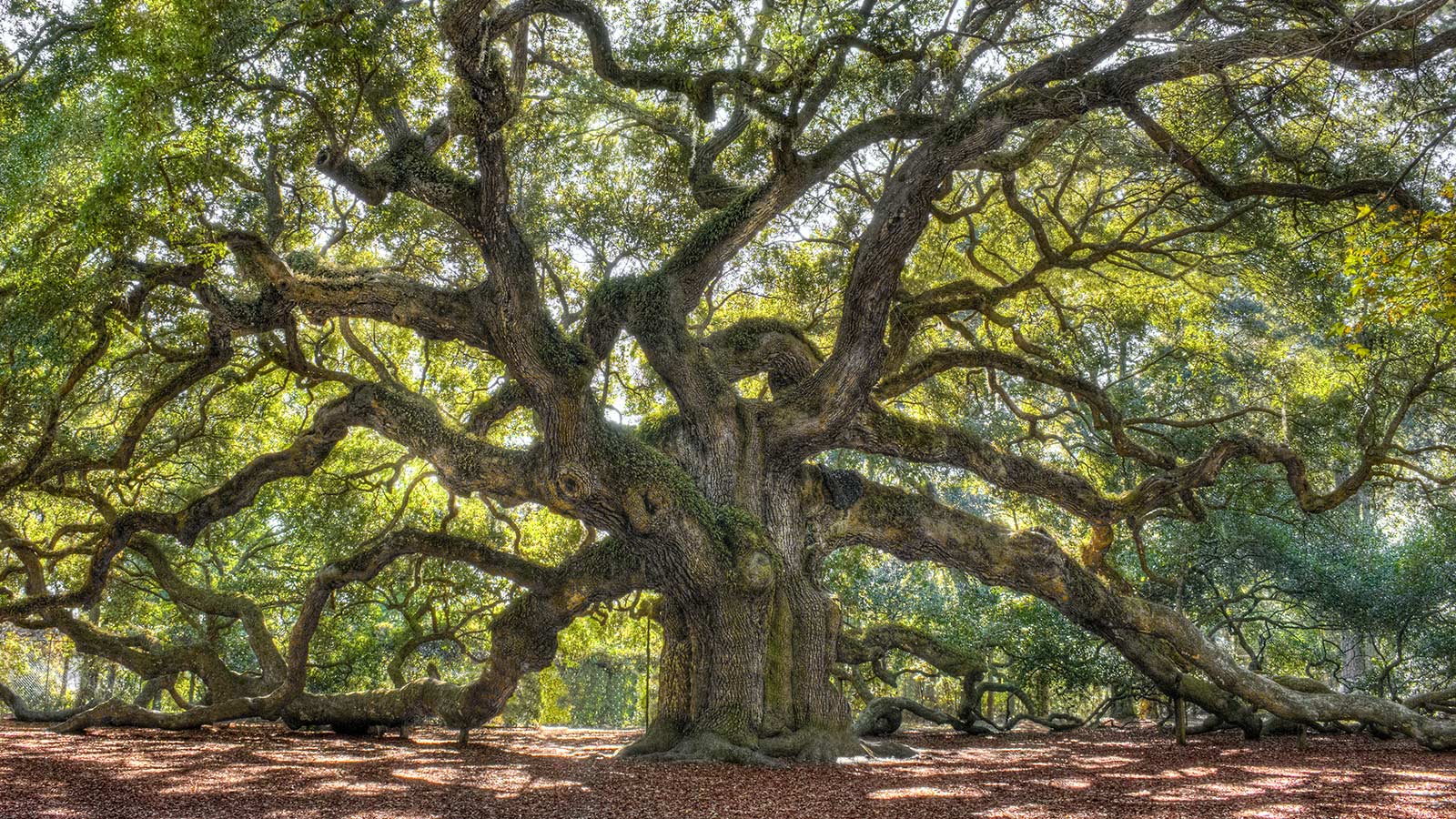
Despite living in a busy, screen-filled world, there are still times when Nature catches our eye, and we are captivated by something beautiful. Giant, old trees hold that power.
These historic giants can mark cultural heritage, have spiritual significance, and some are simply marvels of Nature in their own right. And for the countless small creatures sharing space in their roots and branches, a veteran tree is like a small city. How do some trees live so long, even with humans constantly busy beneath them, changing everything around? Yet, they stand tall anyway. In this article, we explore how trees age, what helps heritage trees survive for centuries, and what their resilience means for all living things on our planet.
How Long Do Trees Live Anyway?
Trees are theoretically immortal. But, even so, it never works out that way for trees, for reasons we will explore shortly. For animals, death is coded in our DNA. For trees, death is imposed by the environment.
When our body cells divide, the new cells carry the genetic wear of all the years we’ve lived, so even new cells are as old as the rest of us. And there is a limit to how many times our cells can divide. After that, well, you know what happens. But a tree’s new cells are always made fresh, like starting from scratch — as young as the tree’s very first buds. That’s the first thing to know about the nature of trees. This is the secret of a 5,000-year-old bristlecone pine.
Oaks can live for a very long time, and redwoods and bristlecone pines can be exceptionally ancient, but why aren’t there any 800-year-old willow trees? Or are there?
Trees have a “bank account.” They produce their resources in their leaves through photosynthesis. They can choose to spend these resources on growth, defense, the type of wood they build, and seeds. Some trees, like willows, birch, and aspens, live fast and die young. Their strategy is to reach a mature size quickly and invest heavily in seeds, but they invest little capital in growing strong, durable wood.

Oaks aim to live a long time (1000+ years). They grow more slowly and focus on developing durable, strong wood to protect against breakage and decay. White oaks might be 50 years old before they allocate any resources to producing acorns.
Even trees with a naturally short lifespan can survive for hundreds or thousands of years. Pando is a “forest” of aspens in Utah, but it’s not quite just a forest. Although each tree is a normal aspen, all the aspens are connected by an ancient root system. So, even short-lived trees sometimes have their own strategies.
How Trees Grow
Unlike us, trees can't replace cells that die, and all new growth occurs at branch tips or just under the bark. These new layers of cells under the bark form tree rings, which we can count. Therefore, trees have to grow wider and taller as they develop. Although their growth rate slows over the decades, they never reach a "full size” like humans do. That’s another insight – trees must get larger. They can only get smaller by losing limbs.
The fact that trees cannot regenerate cells where they have been lost but only grow in a new location is key to truly understanding trees.
When trees lose limbs or decay creates hollows, the tree can respond by walling off the wound. Trees compartmentalize decay, but they can never occupy the same space again. This is not a defect; it is a design feature.
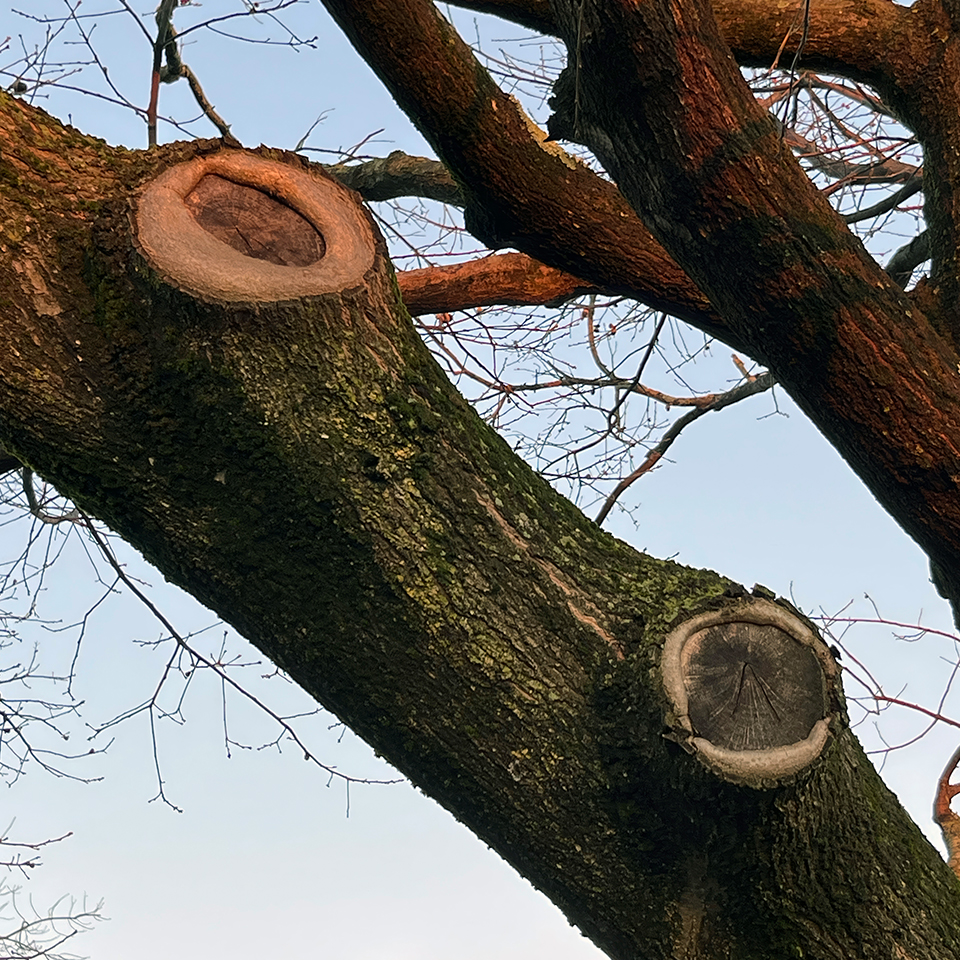
This is why hollow trees are not necessarily in trouble. Most of the wood inside limbs and trunks is dead. The living cells are located under the bark and in new twigs, fine roots, and leaves. If decay reaches the dead wood in the center of the trunk, it doesn't always pose a problem for the tree. As long as the tree can form defensive barriers between the fungus causing the decay and the living tissue just beneath the bark (remember those tree rings), the decay can go ahead and break down the dead wood. In fact, this can even benefit the tree, provided it can keep its defensive walls intact. Hollow limbs and trunks are lighter, and the laws of physics indicate that a hollow cylinder can be stronger than a solid one.
What Causes Trees to Die If They Don’t Have To?
Even a theoretically immortal tree eventually succumbs to life's challenges. It might take hundreds or thousands of years, but death will eventually claim it. Sometimes a tree dies suddenly, split by a jagged lightning strike or roots snapping as high winds tear it from the ground.
Sometimes it’s slower. Fungi and trees have evolved together, dancing an evolutionary tango. Fungi are partners of trees, reinforcing them as mycorrhizal fungi do, while others act as enemies. Some fungi can kill a tree by eating its wood, gradually destroying the pathways of nourishment, causing limbs to die one by one. Decay can weaken the base, making it unable to support the living canopy, and allowing the entire tree to fail.
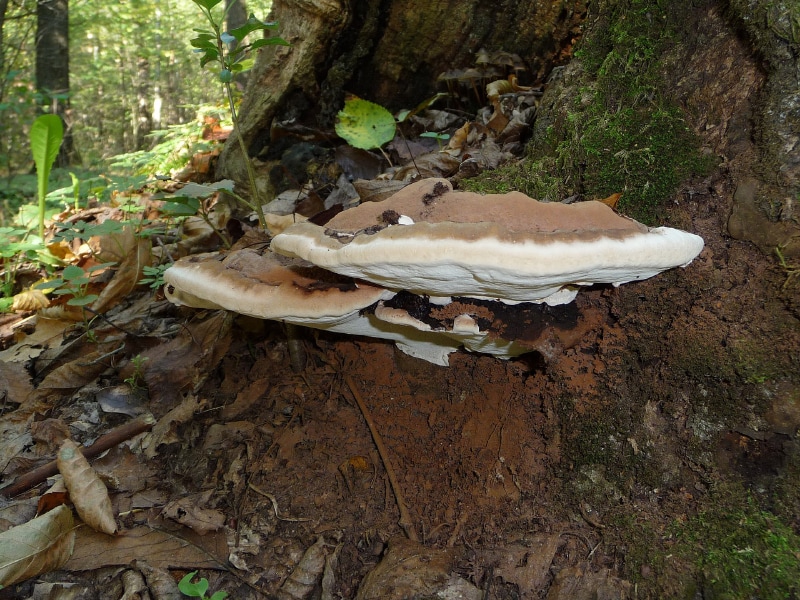
A common way many trees die, especially in our sub/urban areas, is through slow, constant resource stress. The soil becomes poorer. Water runs off before soaking into the soil around roots, causing trees to become drought-stressed. Leaves, which from a tree’s perspective are future deposits of nourishment, are heisted and then hoisted into trucks and taken far away. Soils become compacted and oxygen-deprived under constant foot and tire pressure. As we humans demand more space for living and “improvements,” roots get cut, buried, or trees are simply removed altogether. Trees are not well-adapted to human pressures.
The Planetary Value of Very Old Trees
Very old, large trees provide disproportionately greater environmental benefits compared to their smaller offspring, especially in carbon sequestration. Although leaves grow more slowly on older trees, the total leaf mass can be 100 times greater for a tenfold increase in trunk diameter. And since leaves are the main drivers of energy production, even though the growth rate of individual leaves or branches slows with age, overall growth increases because there are more leaves over a larger volume and area.
Here’s an analogy. Each leaf is like a factory worker. As the factory gets larger, it hires more workers. Even though the output of each factory worker doesn’t increase, the output of the factory does. But the rate of overall growth is even faster than that. Think of the canopy as a balloon that grows larger each year. Even though individual limbs and twigs grow more slowly on old trees, just a slight inflation of the “balloon” canopy each year adds disproportionate value in the number of leaves that the tree has. A balloon with a 25-foot radius has 50% more area than a balloon with a 20-foot radius. For math nerds, this increase is somewhere between a quadratic and a cubic expansion of energy-producing area.
The number of leaves indicates the tree’s rate of carbon sequestration. It is now understood that old trees actually increase their overall rate of carbon capture, rather than slowing down. Additionally, this stored carbon remains for a very long time compared to short-lived plants. This makes very large trees extremely important in helping to mitigate the effects of global warming.
What is Carbon Sequestration?
Carbon sequestration is nature’s way of pulling excess carbon dioxide out of the air and storing it in plants, soils, and oceans. This matters because CO₂ in the air is one of the primary drivers of climate change (read Section 2 in From Wasteland to Wonder to learn about the other drivers). By locking carbon away, forests, wetlands, and even healthy soils reduce greenhouse gases, cool the planet, and create breathing room for humans and wildlife. Protecting and expanding natural carbon sinks is one of the most effective tools we have for a stable climate.
The Value of Very Old Trees to Other Living Things
Veteran trees offer homes, shelter, hunting spots, transport routes, and food for animals ranging from birds to bats to beetles. Old trees are biodiversity hotspots because of their high complexity. Hollows provide homes for mammals like southern flying squirrels. As many as a dozen of these charismatic yet seldom-seen little creatures can be packed into one tree cavity.
Barred owls need trees with large cavities to raise their broods. Deeply creviced or flaking bark provides niches for spiders and shelter for caterpillars hiding from birds. Green anoles shelter under flaking bark. Gray tree frogs use puddles in tree hollows for breeding, with tadpoles surviving free from fish predators. Some large, old, gnarly trees may host generations of several tree frog species. When big, old dead limbs thump to the forest floor, they become essential habitat for Eastern Hercules beetles and many other creatures that need large chunks of rotting wood. Protecting and caring for these large, old trees also means safeguarding the hundreds of species that depend on them.
And what about us? Shade for sure, but more than just regular shade.
A tree's transpiration acts like an air conditioner, so standing in the shade of a big old tree is cooler than shade from a beach umbrella. Neighborhoods with 35 to 40% canopy cover can be 10 to 15 degrees cooler than nearby areas with no cover.

The value of our ancient, towering trees can't be recreated by substituting ten smaller trees. Time is the only factor that will turn an acorn into a 300-year-old oak. Even the wealthiest person in the world cannot buy a 300-year-old oak. They can only purchase the land on which it grows.
If you have an old tree that you want to ensure lives a long, healthy life, call or send a message to one of our Treecologists to schedule a health assessment with a focus on structural pruning and soil improvement.
